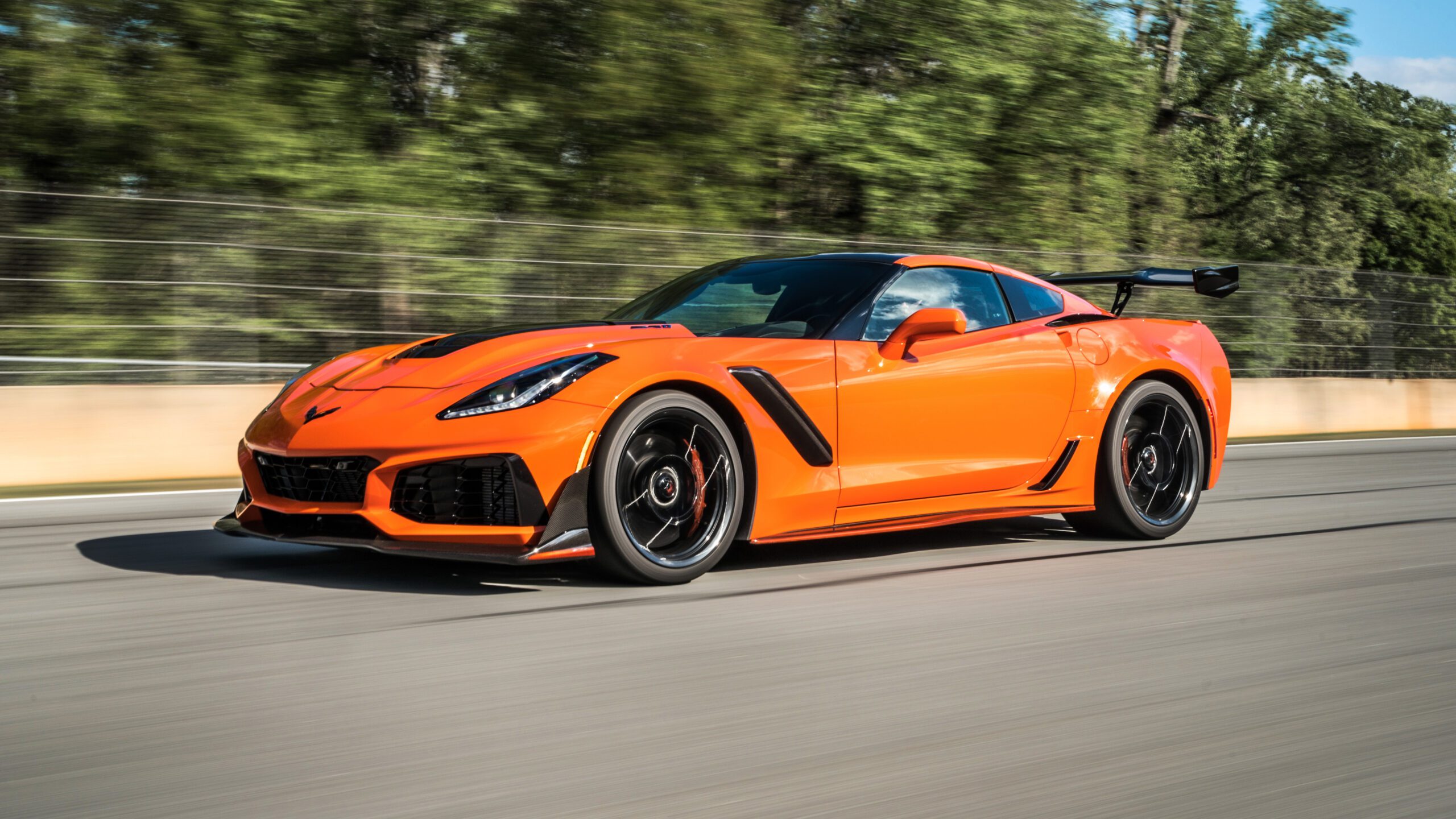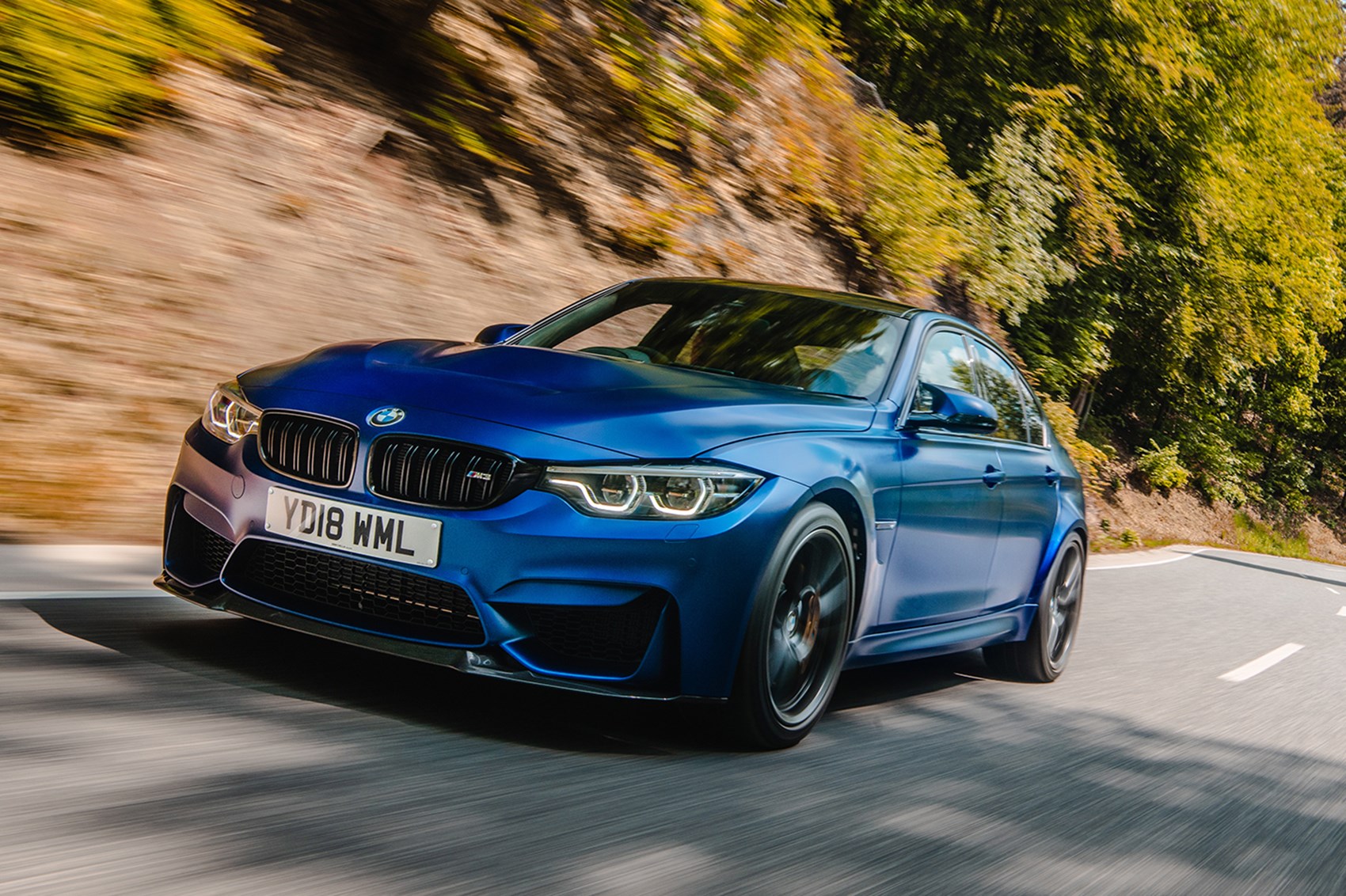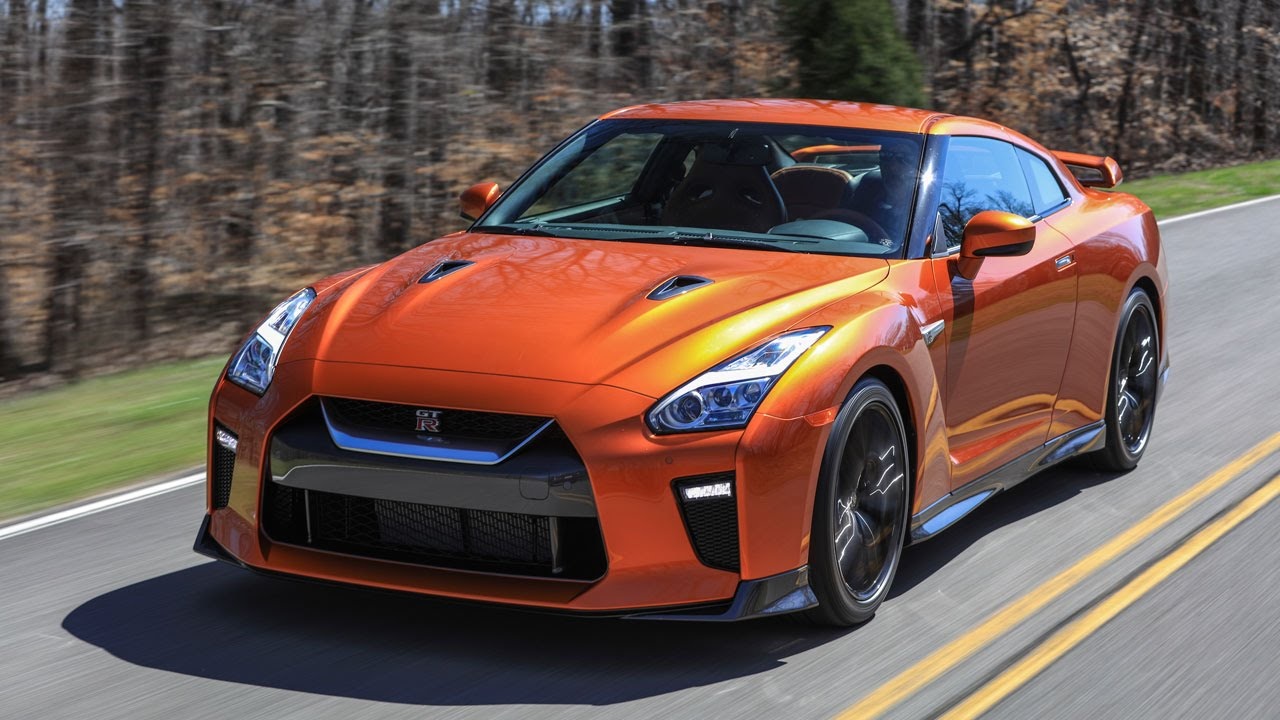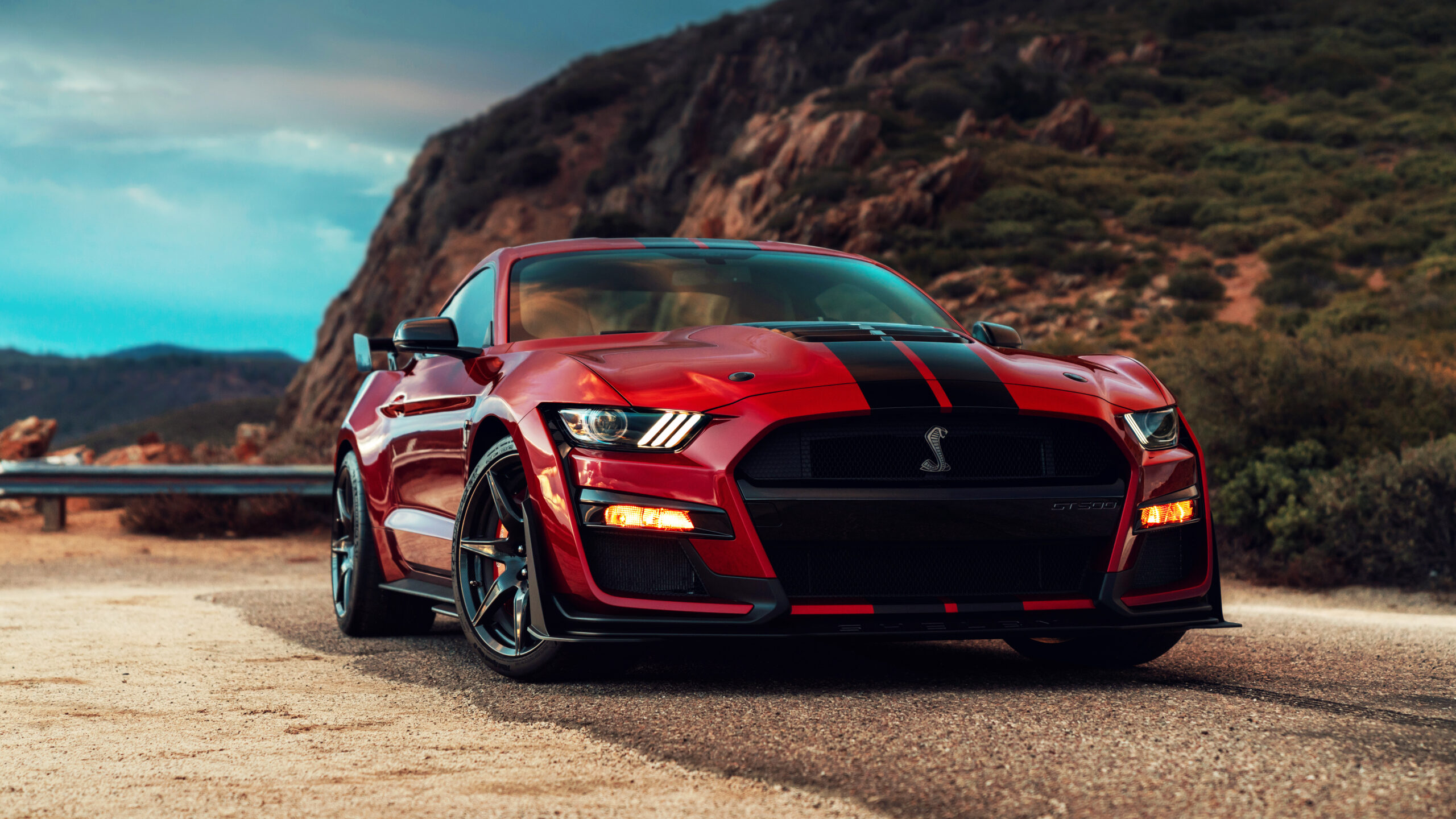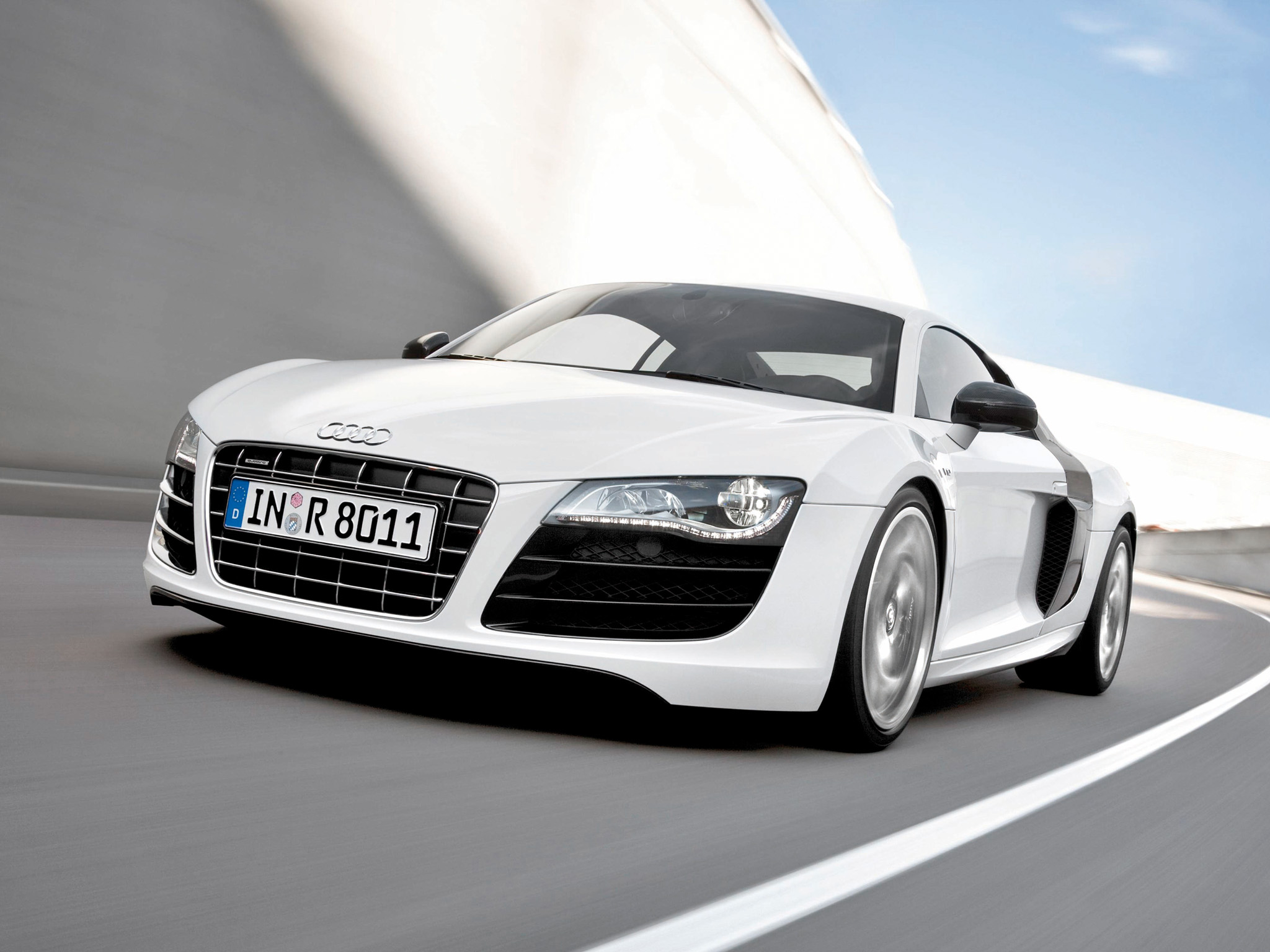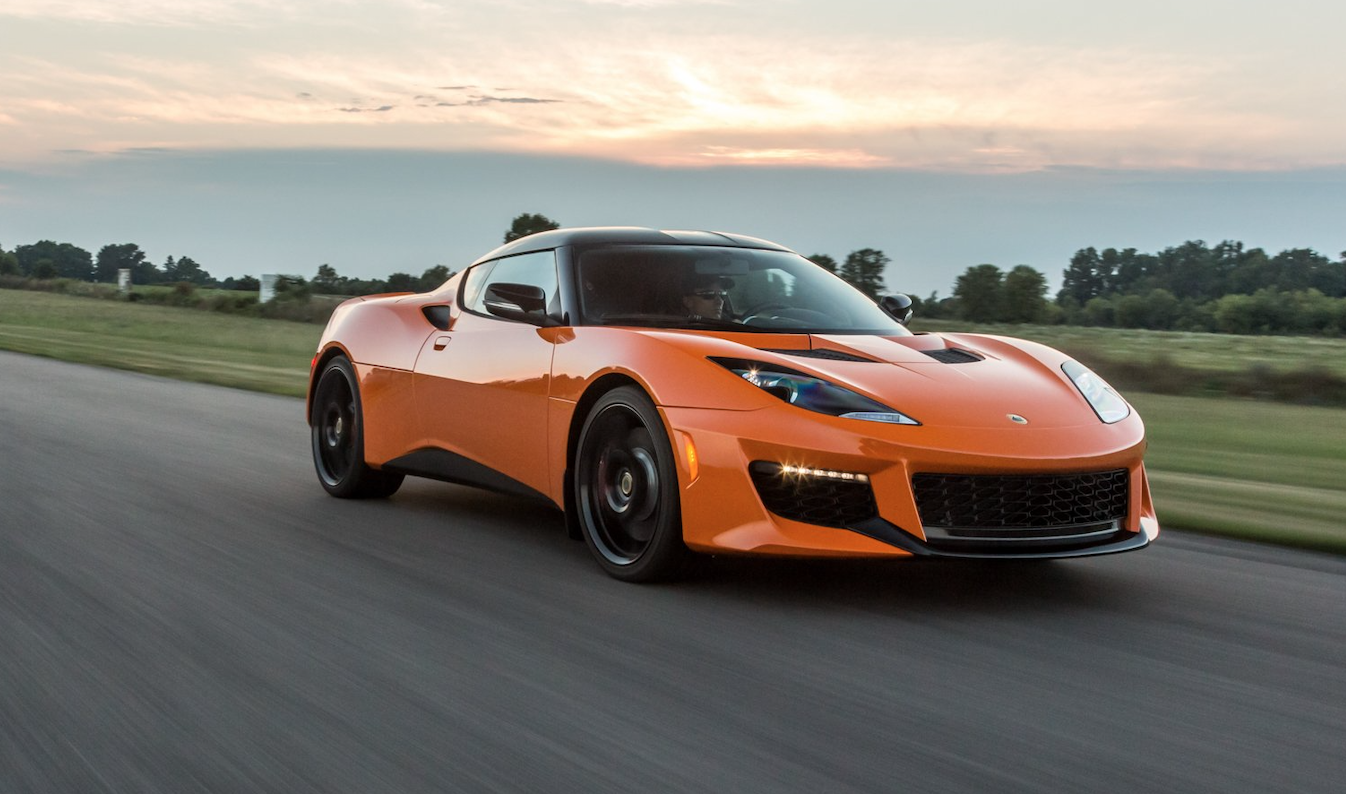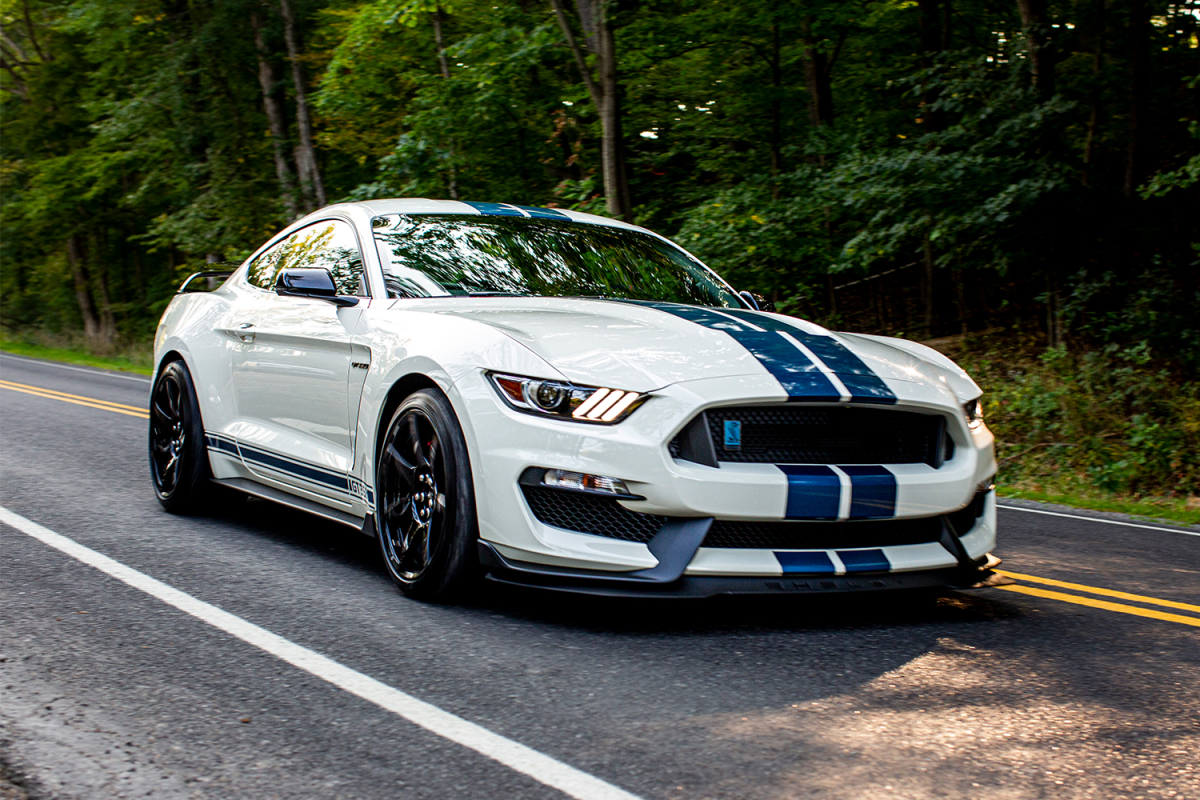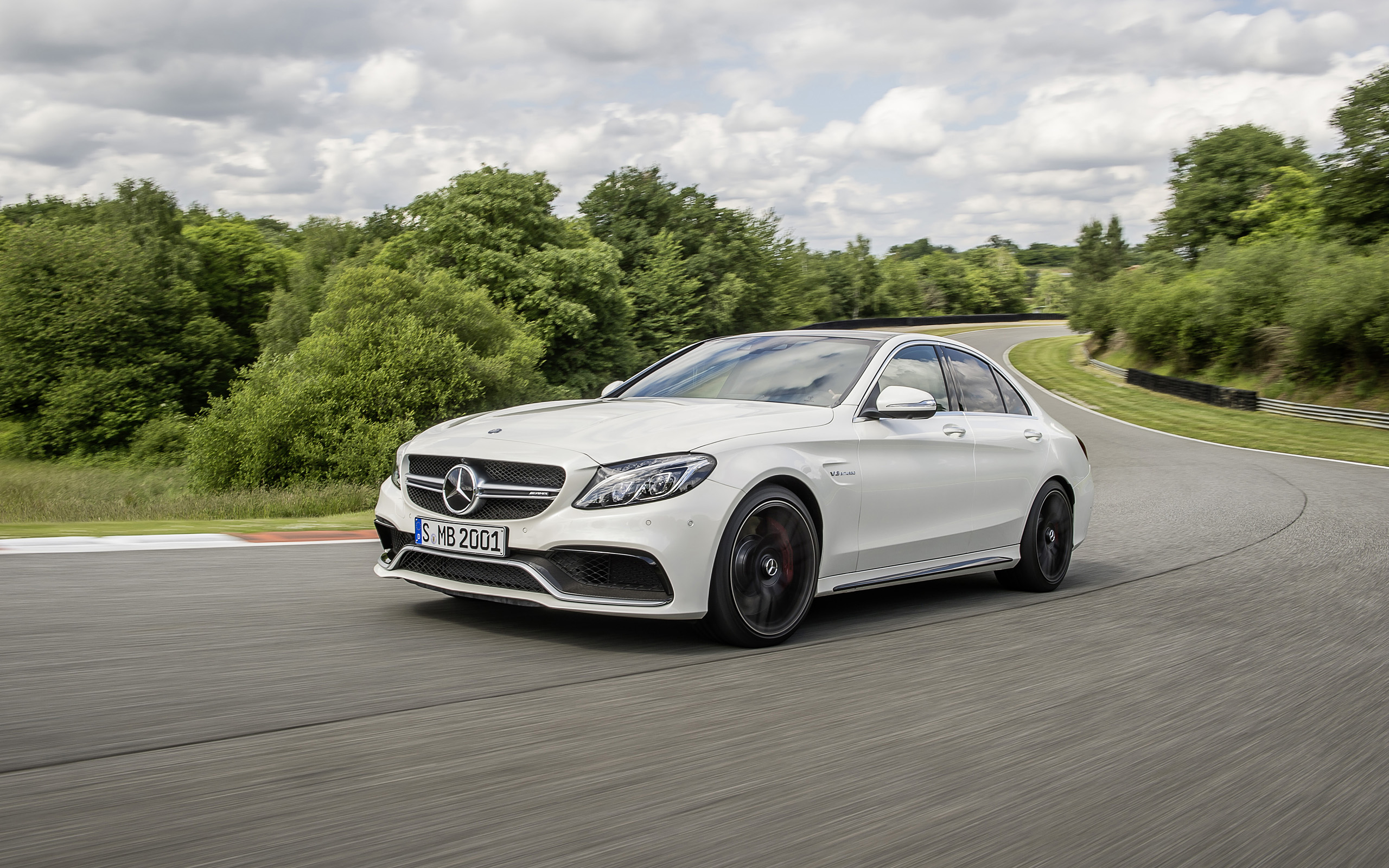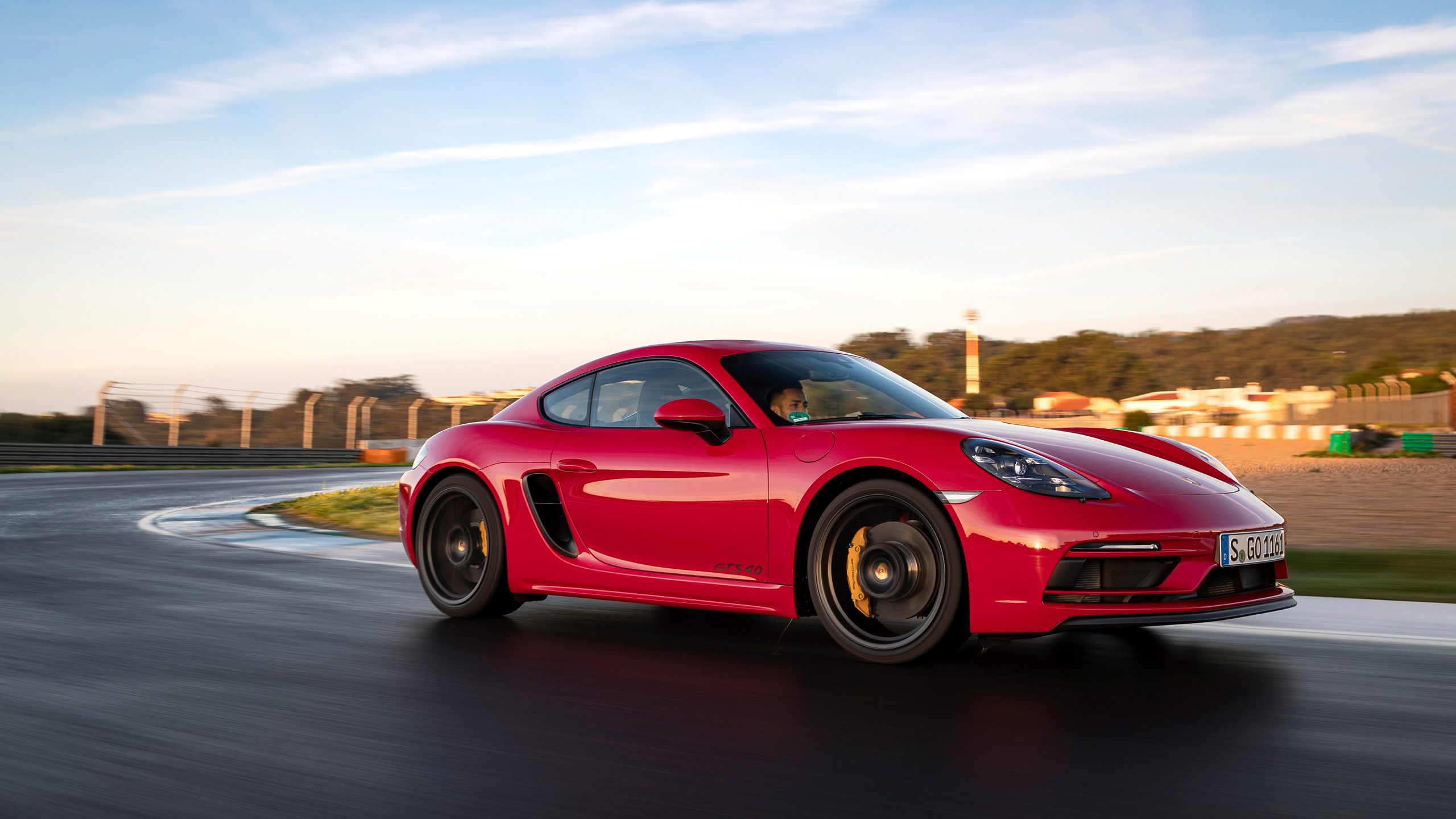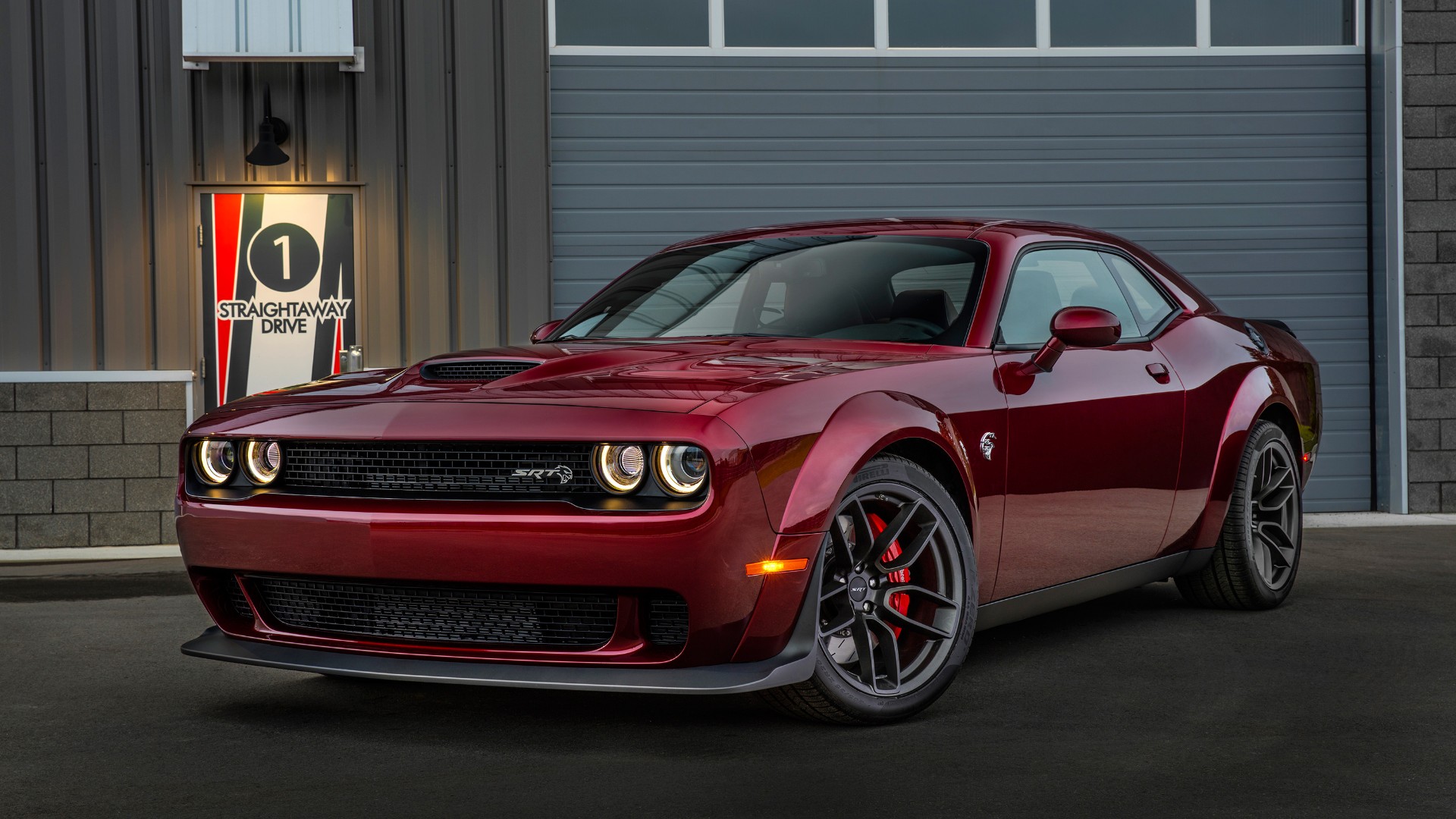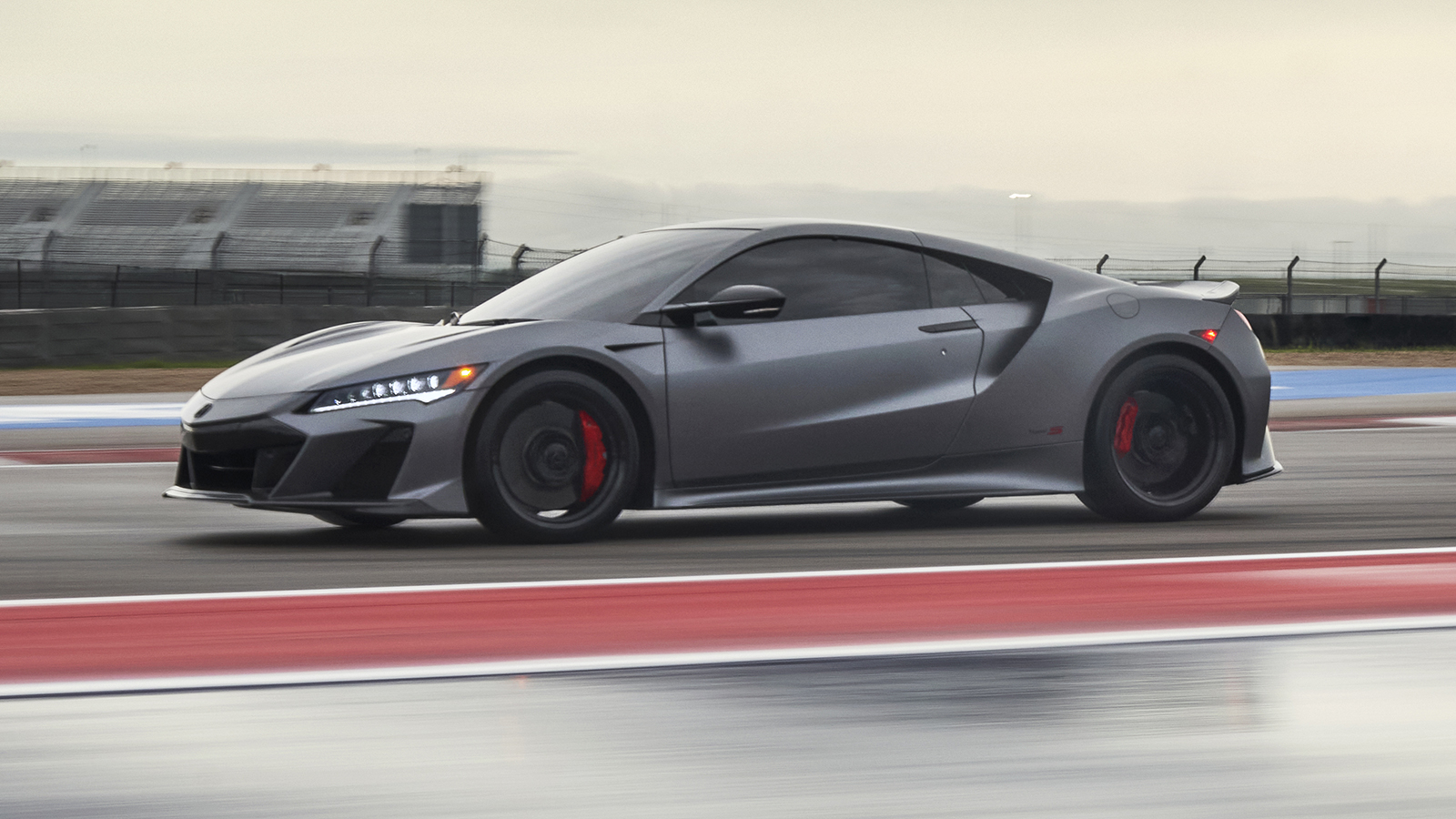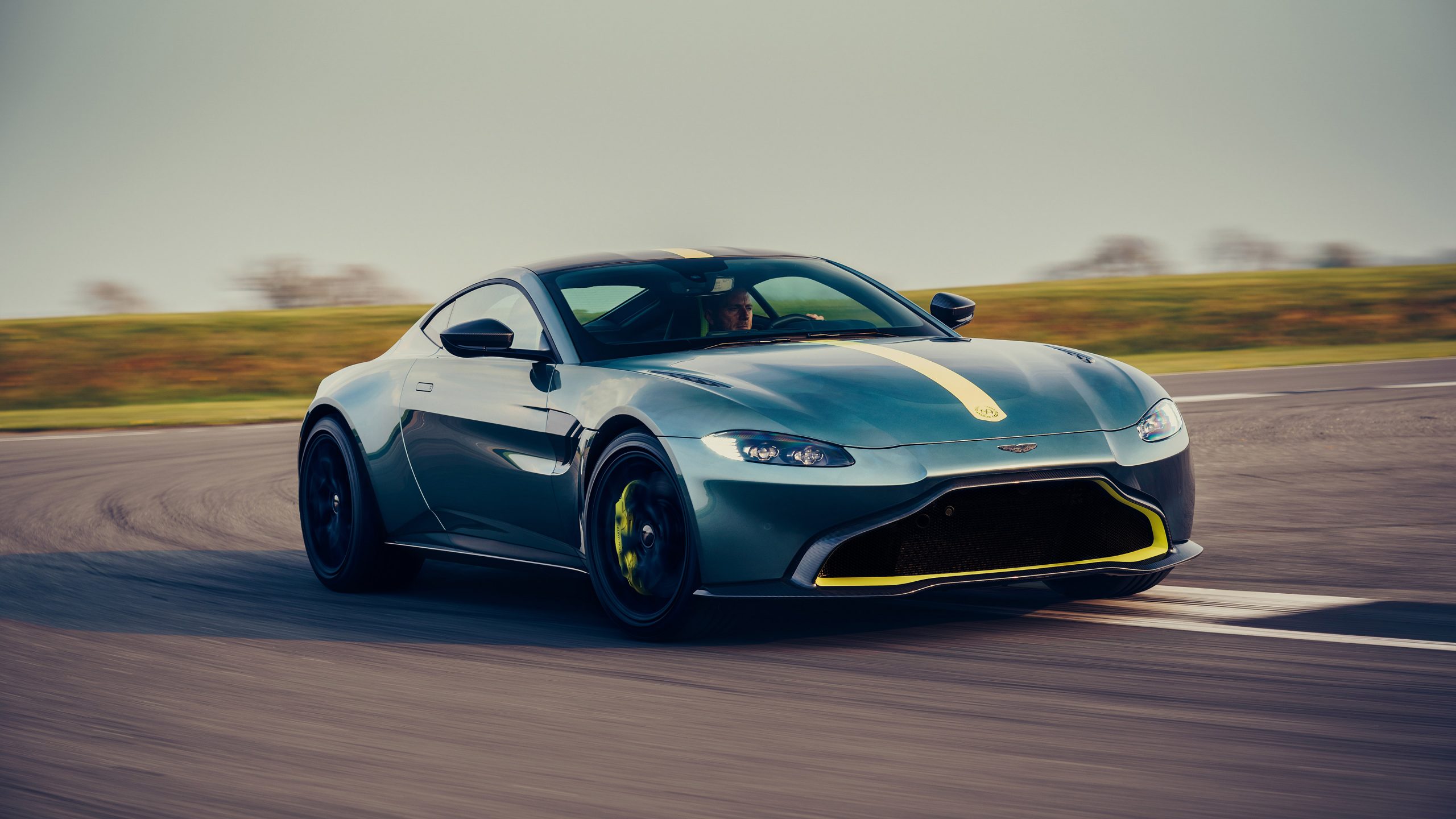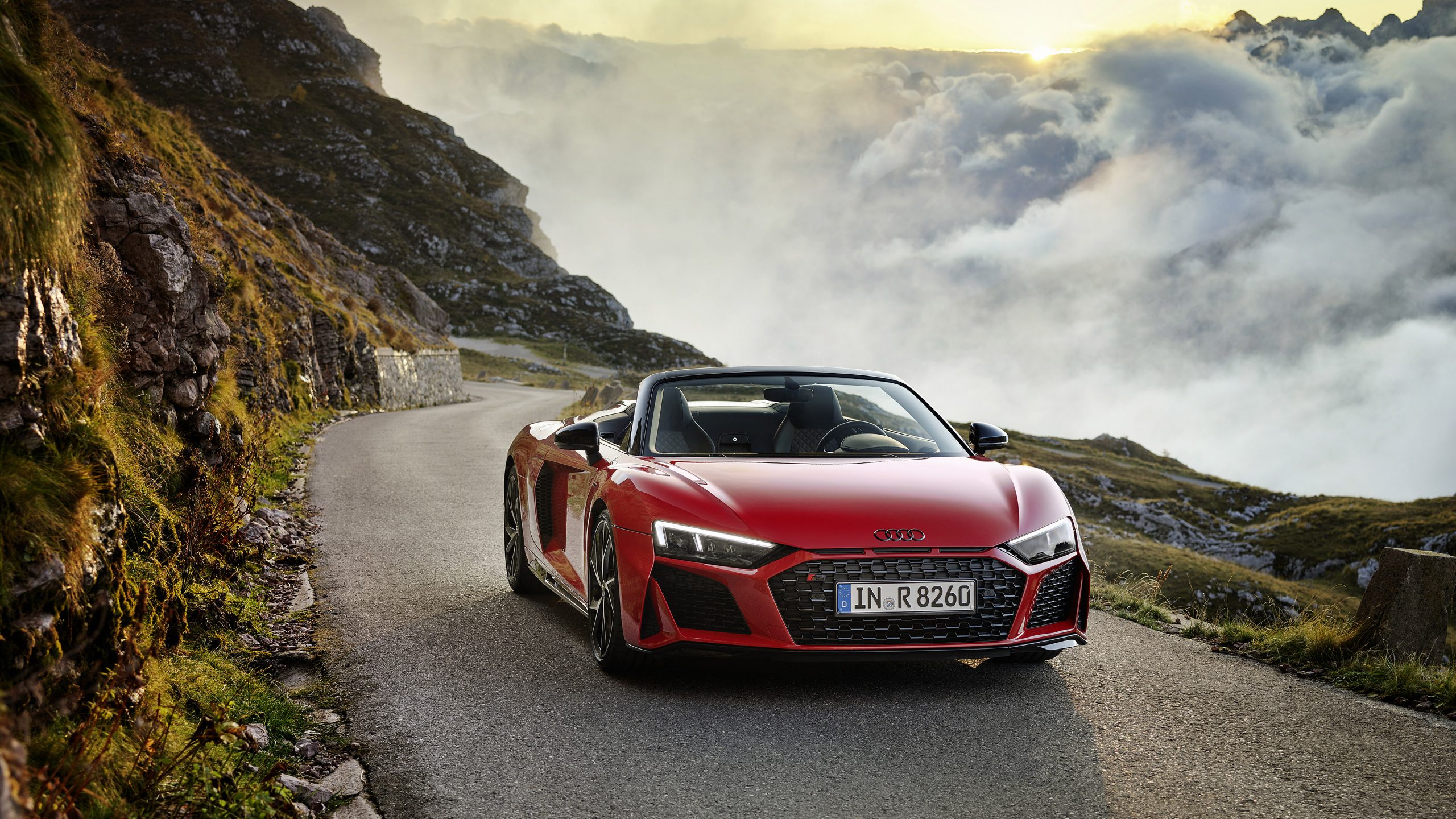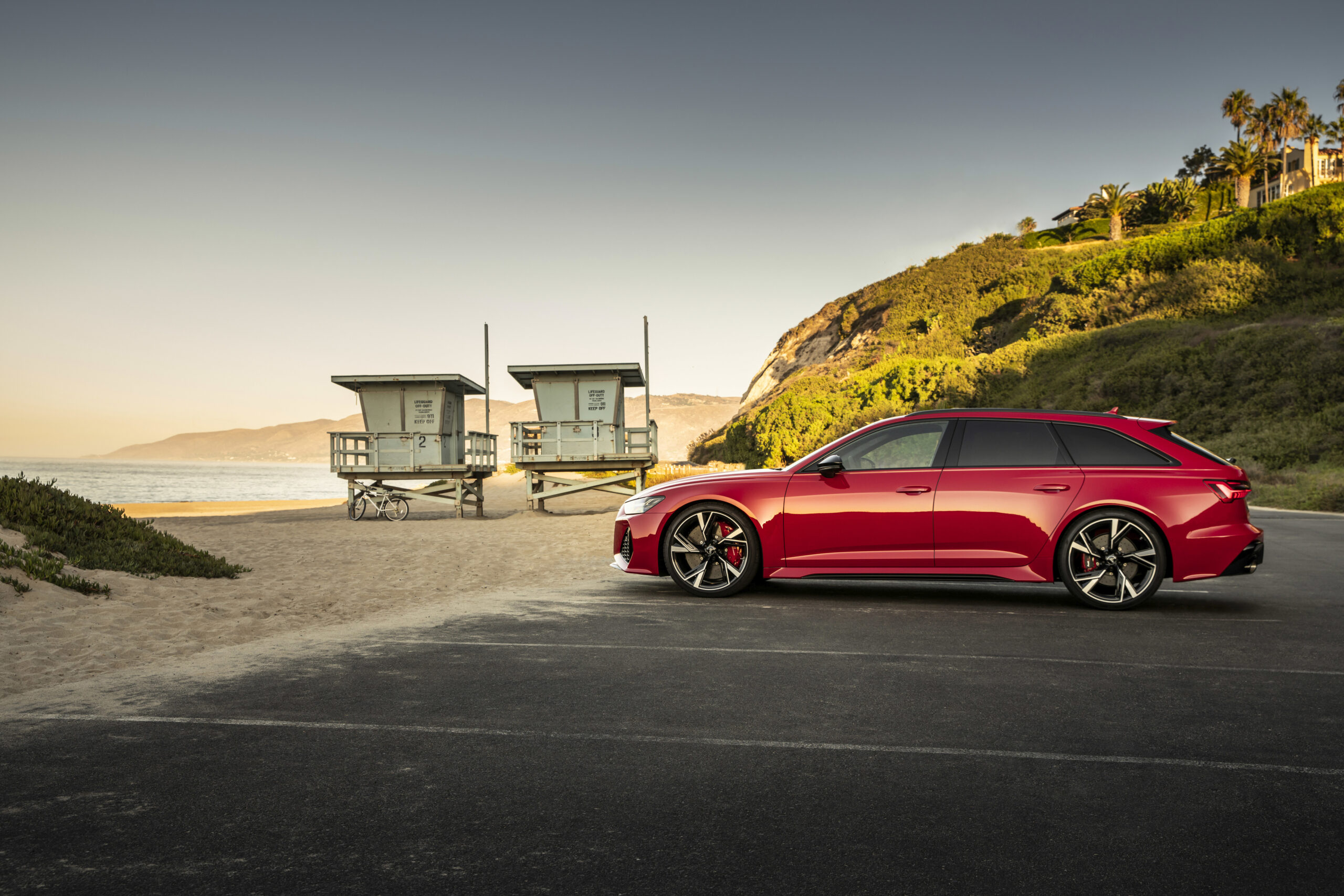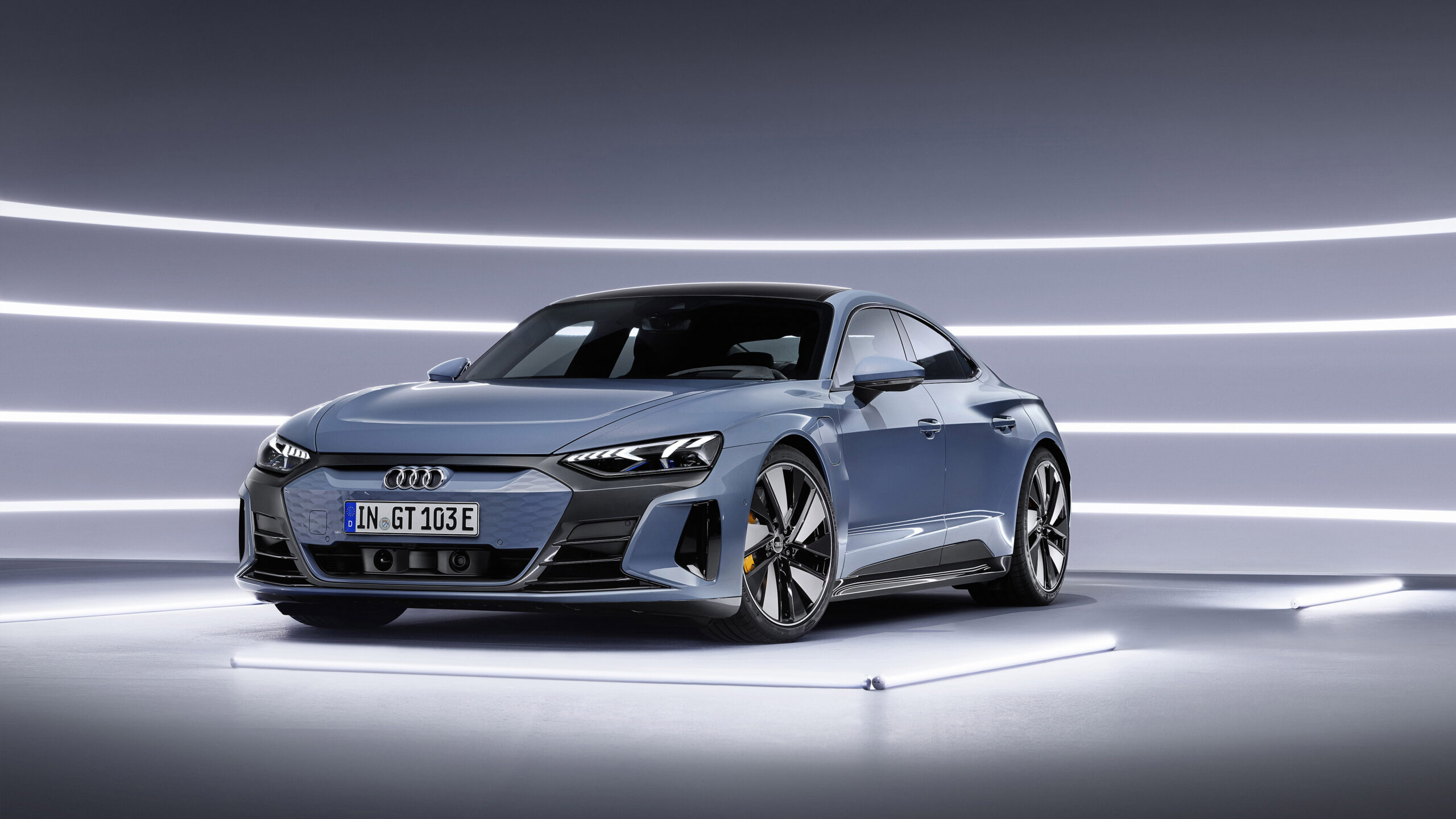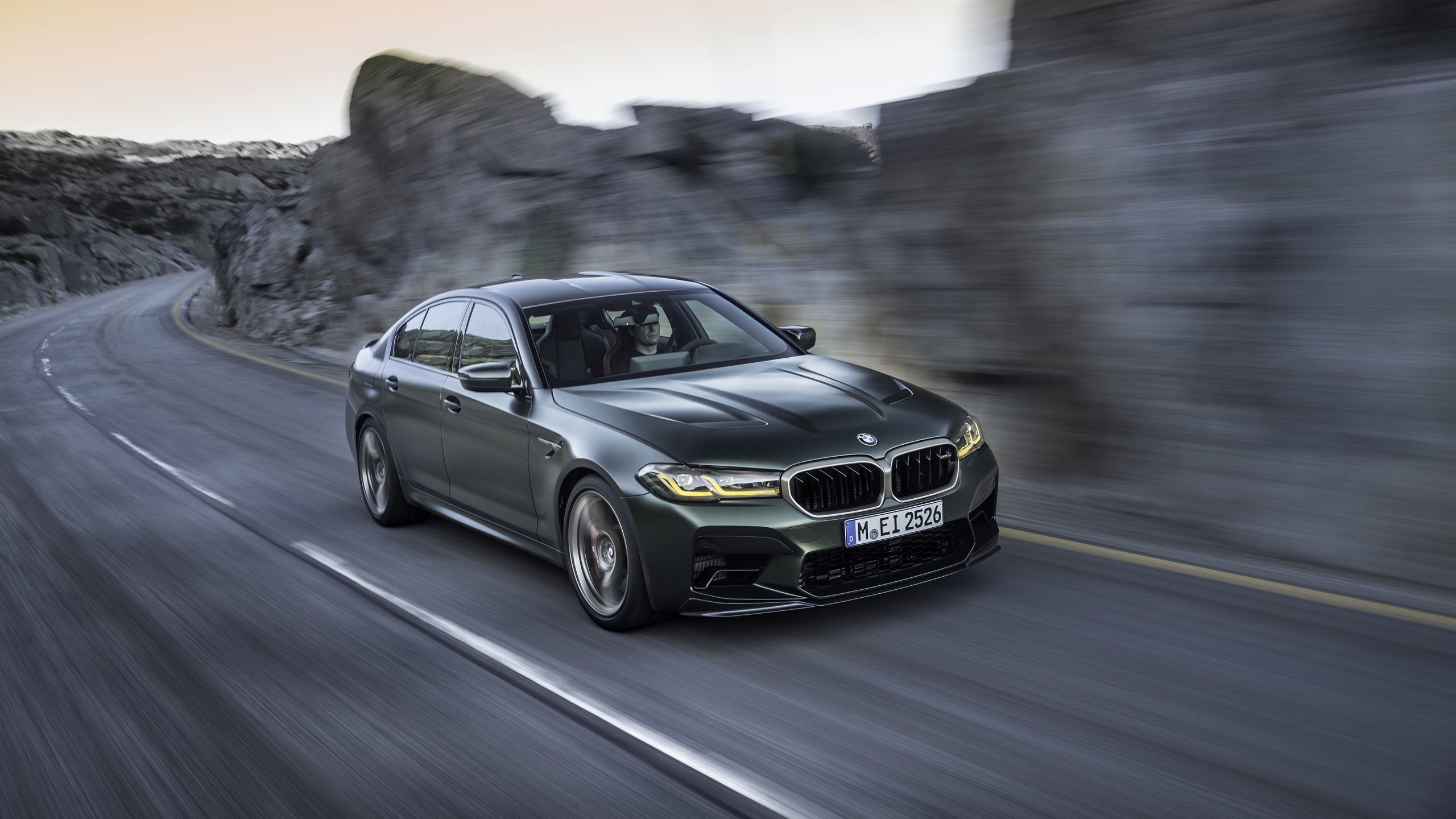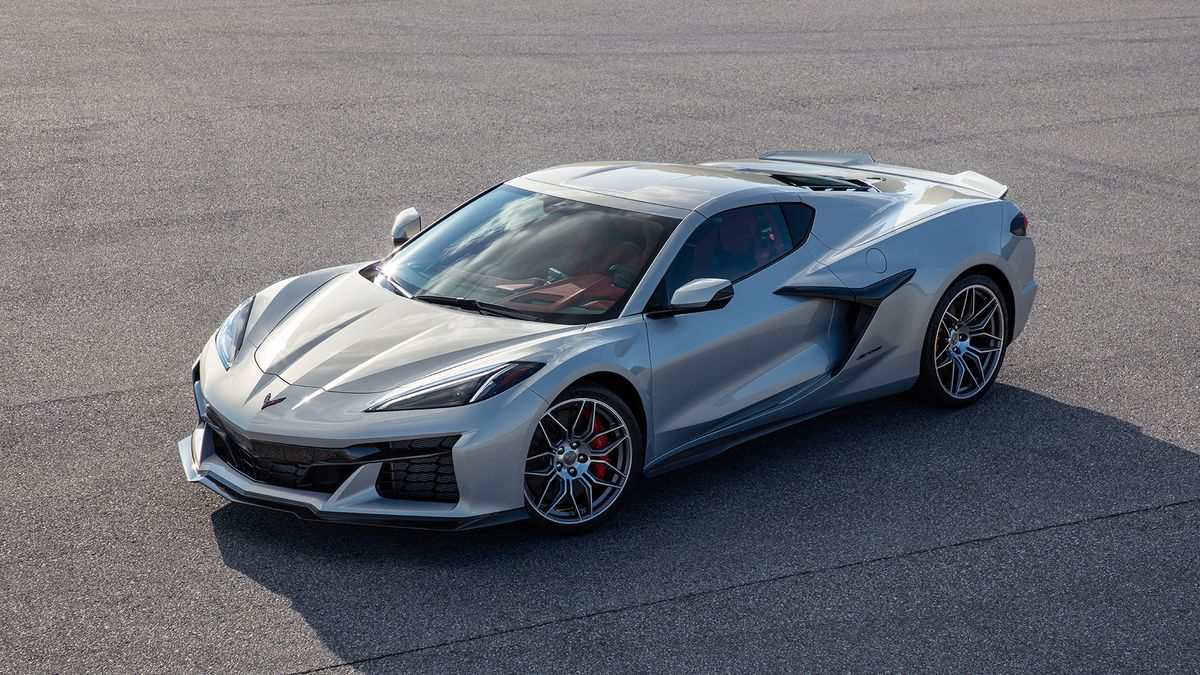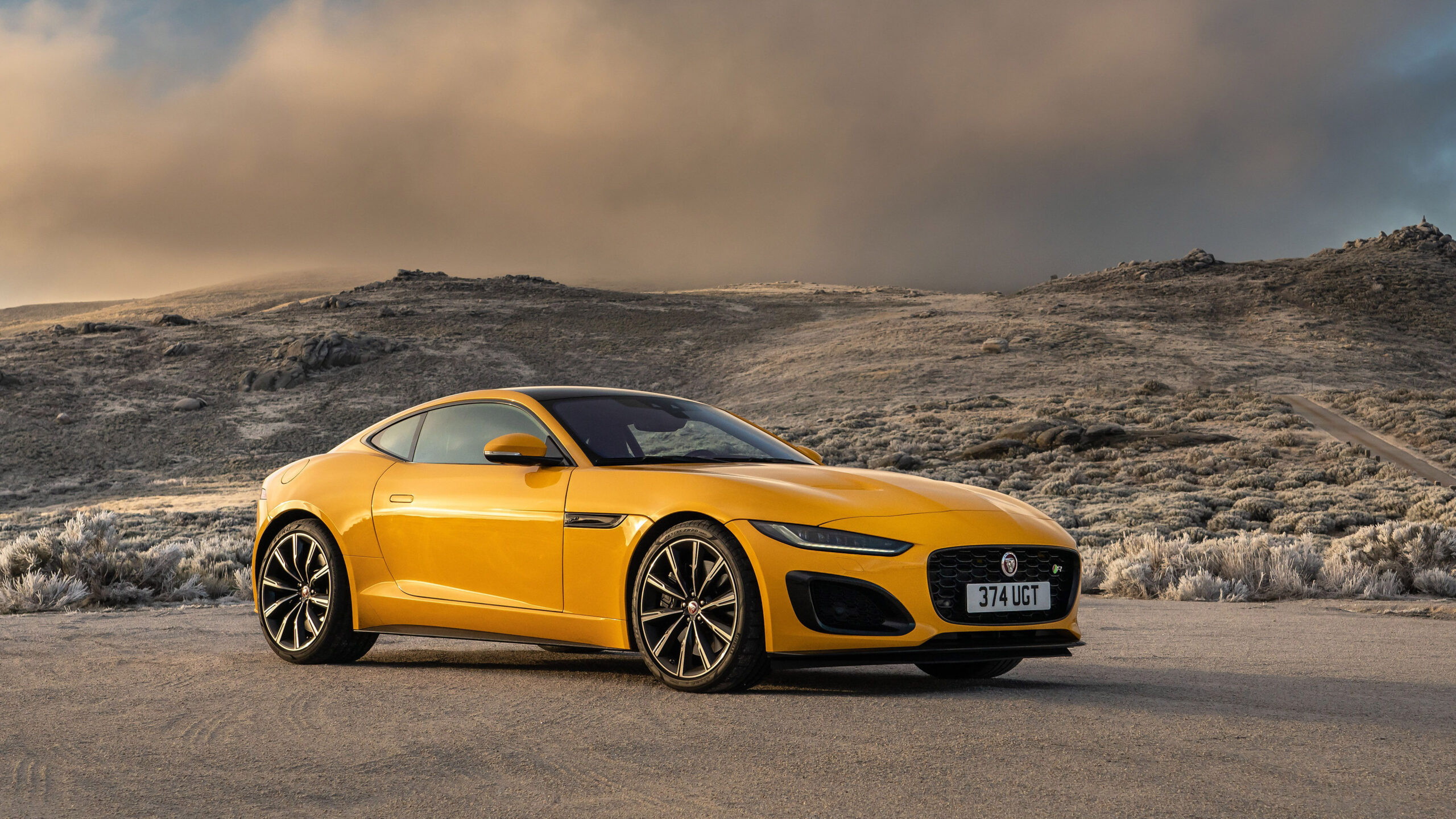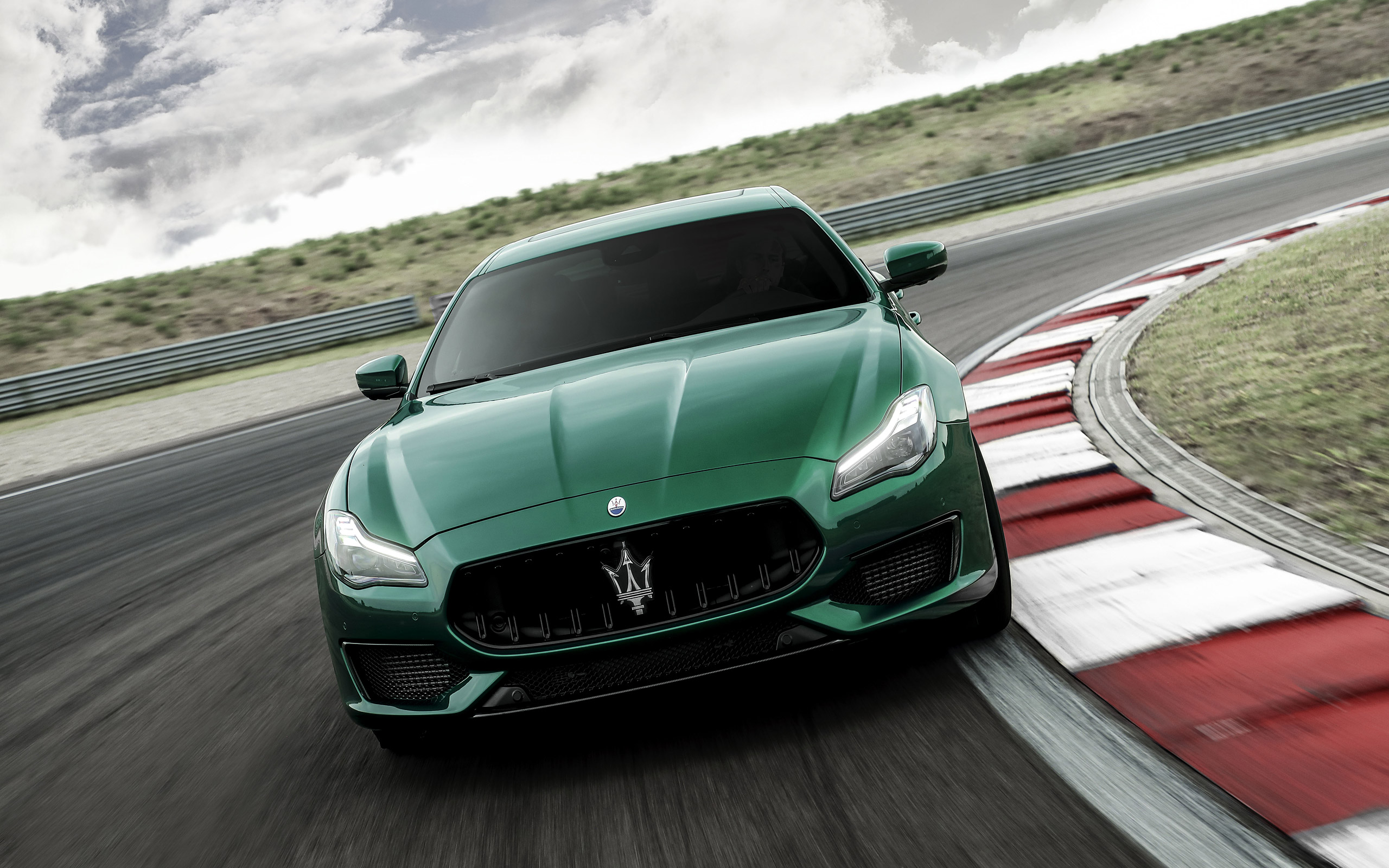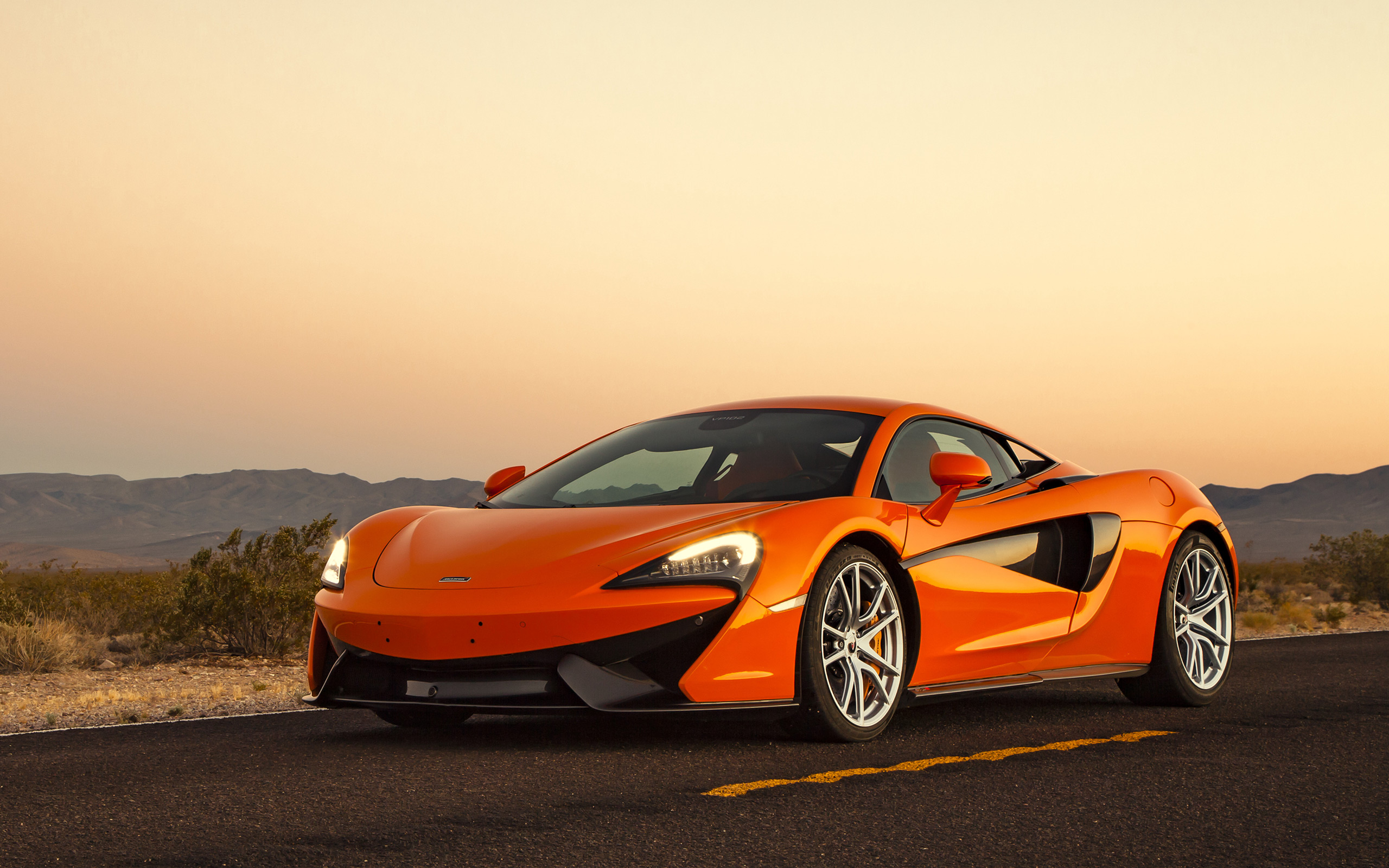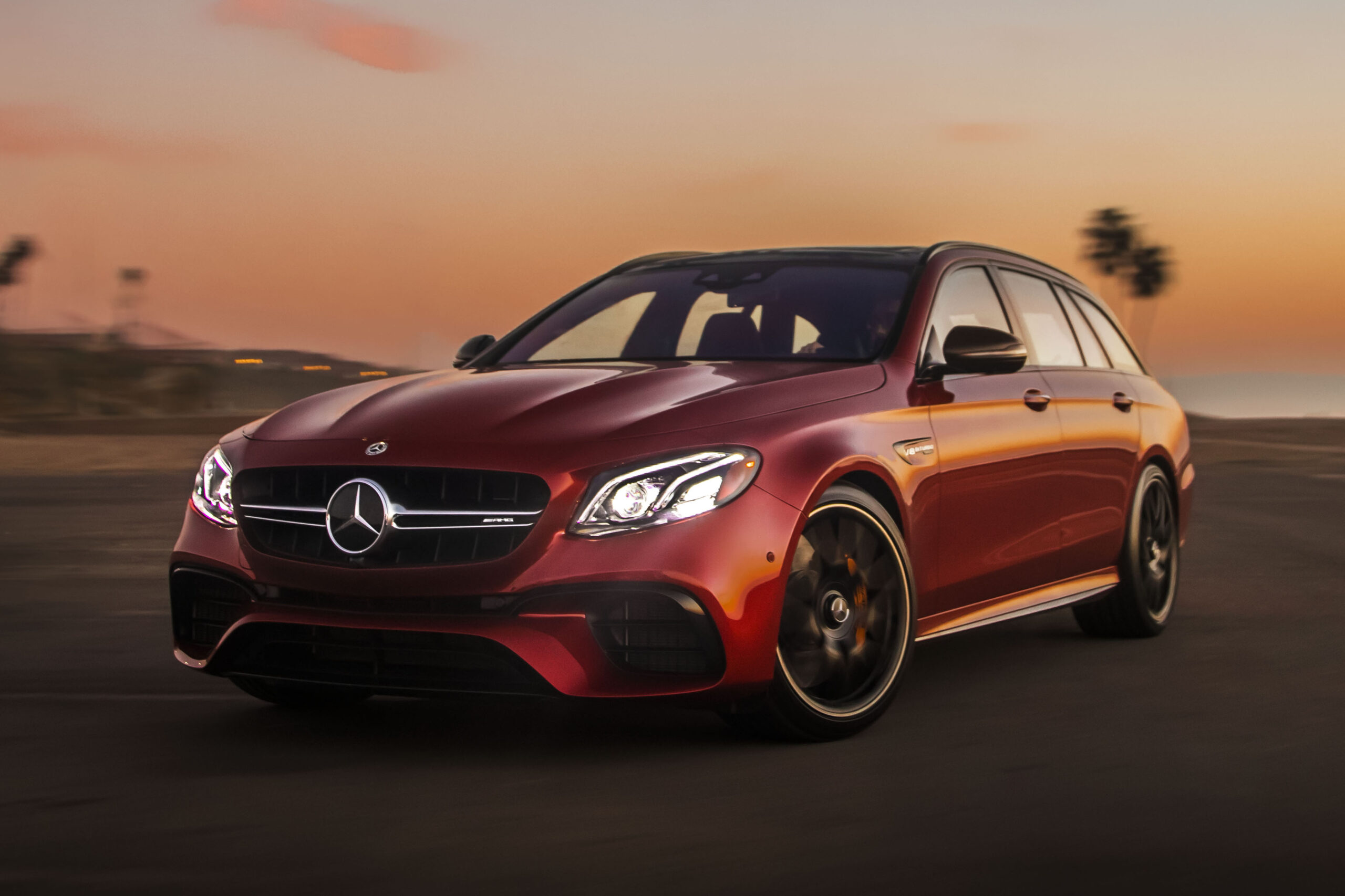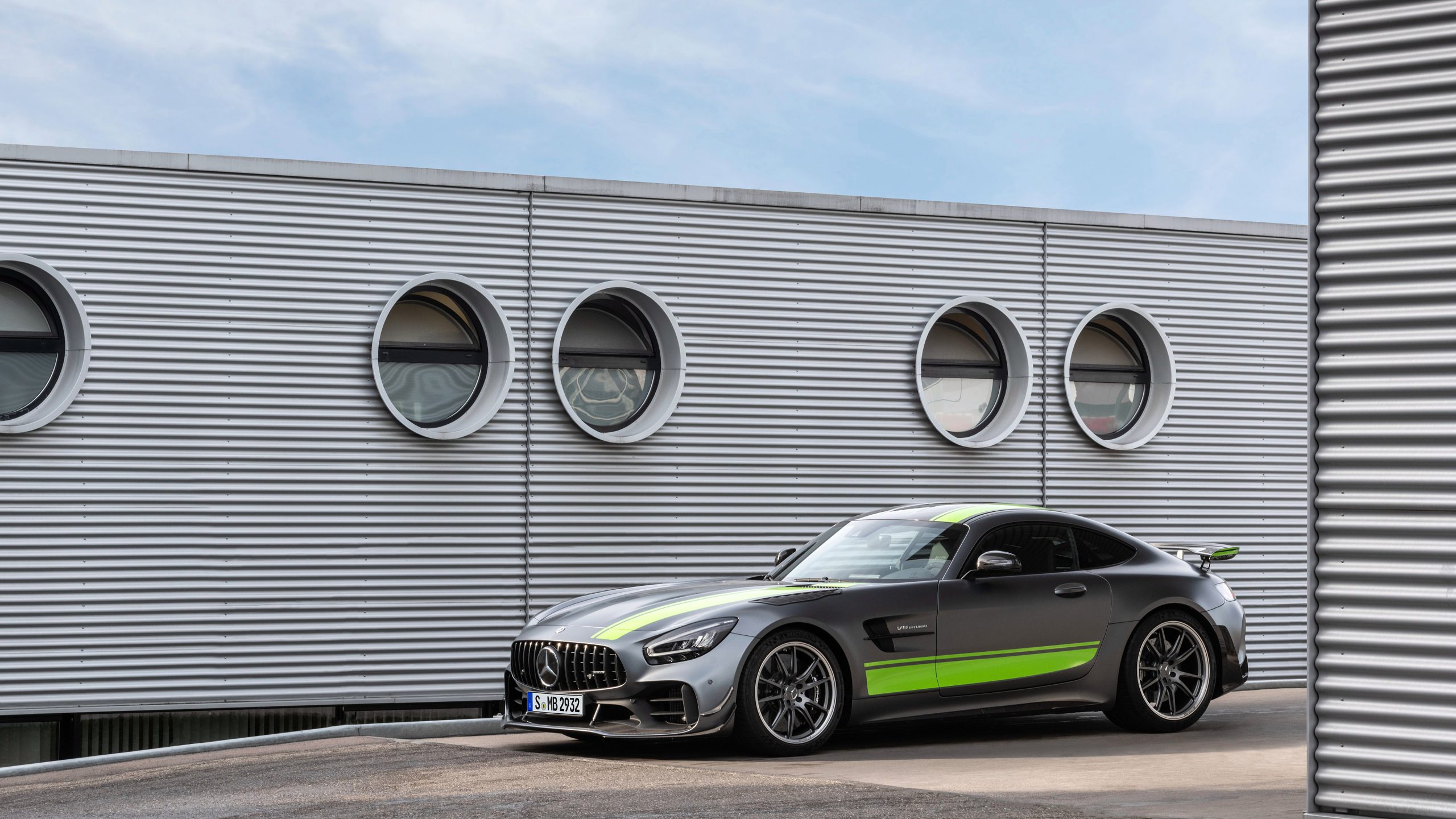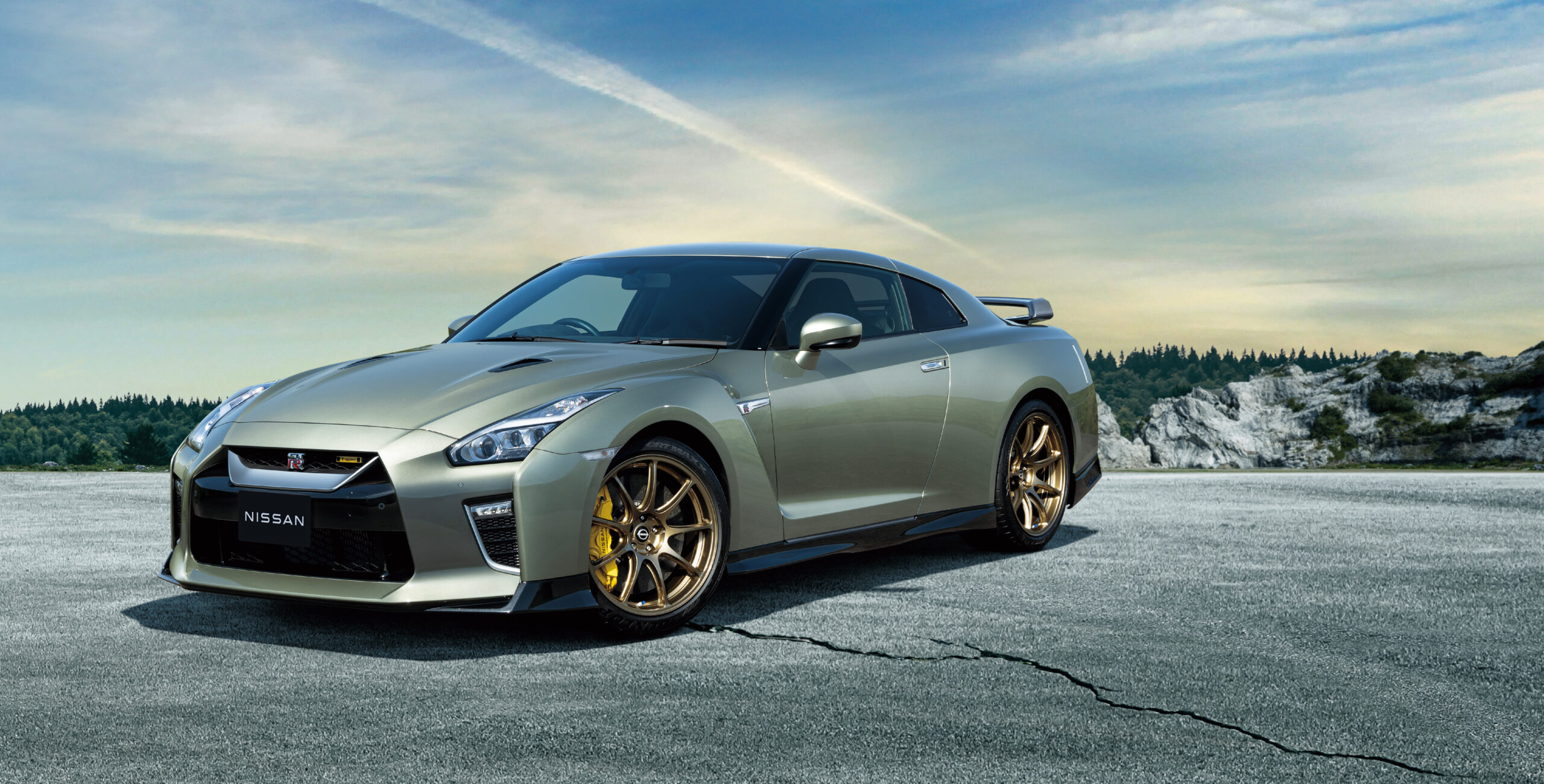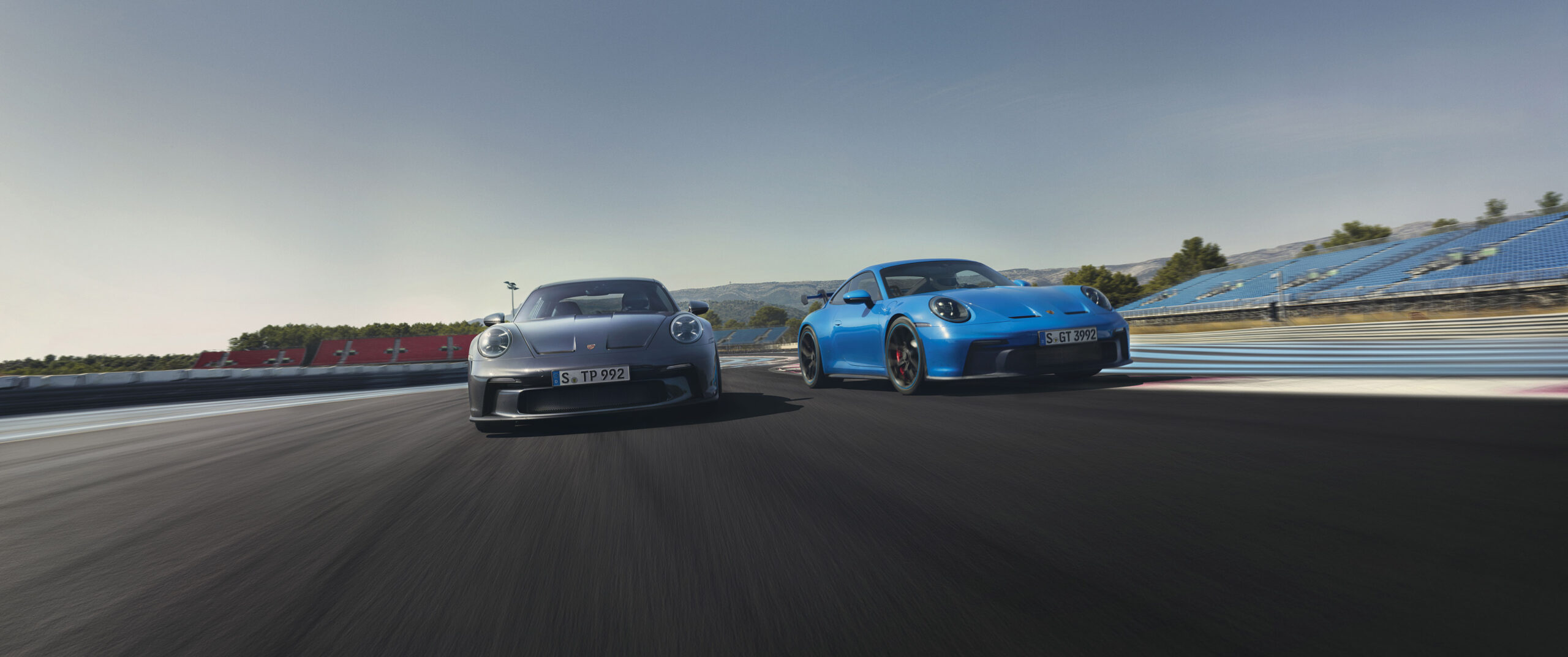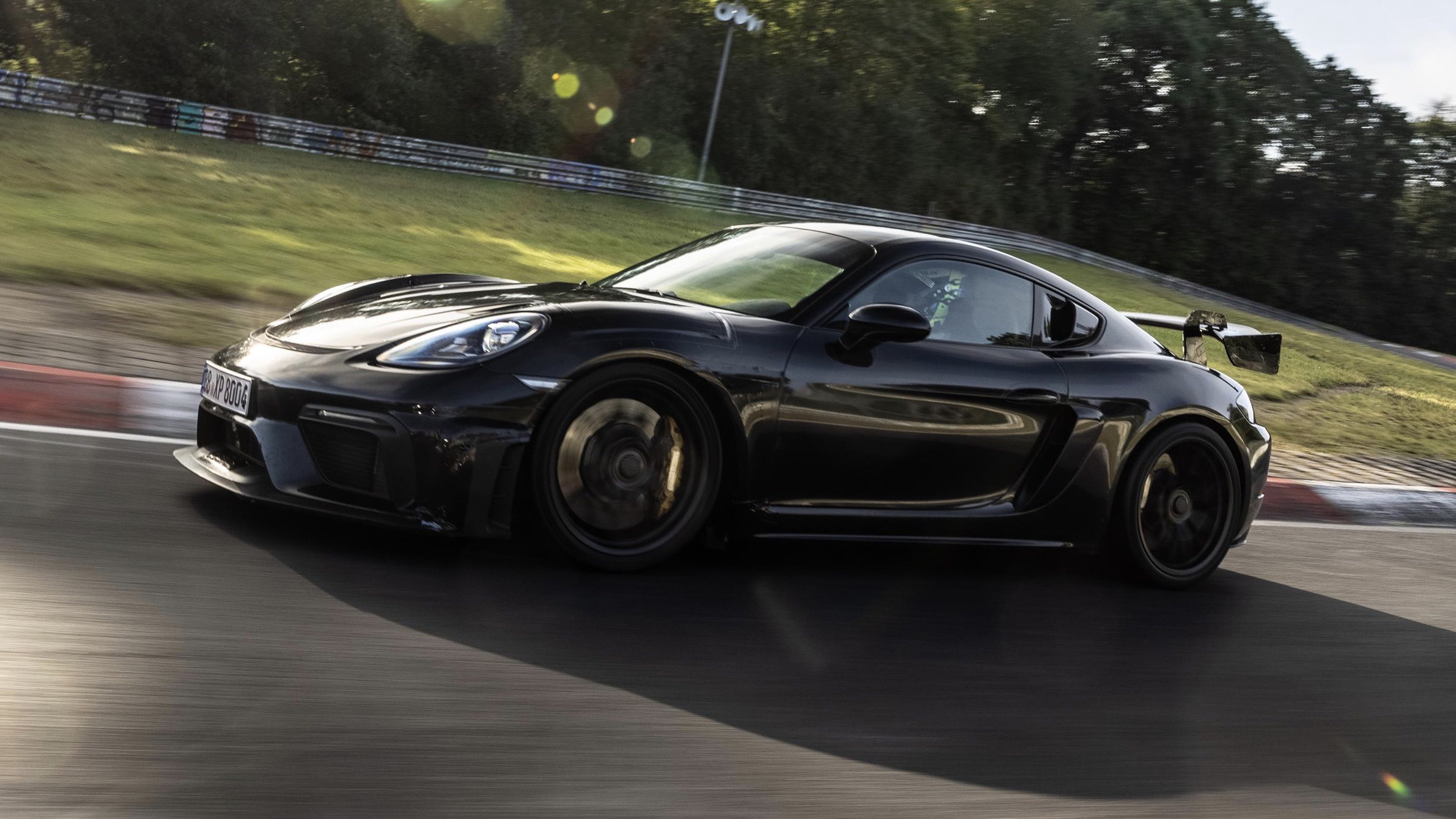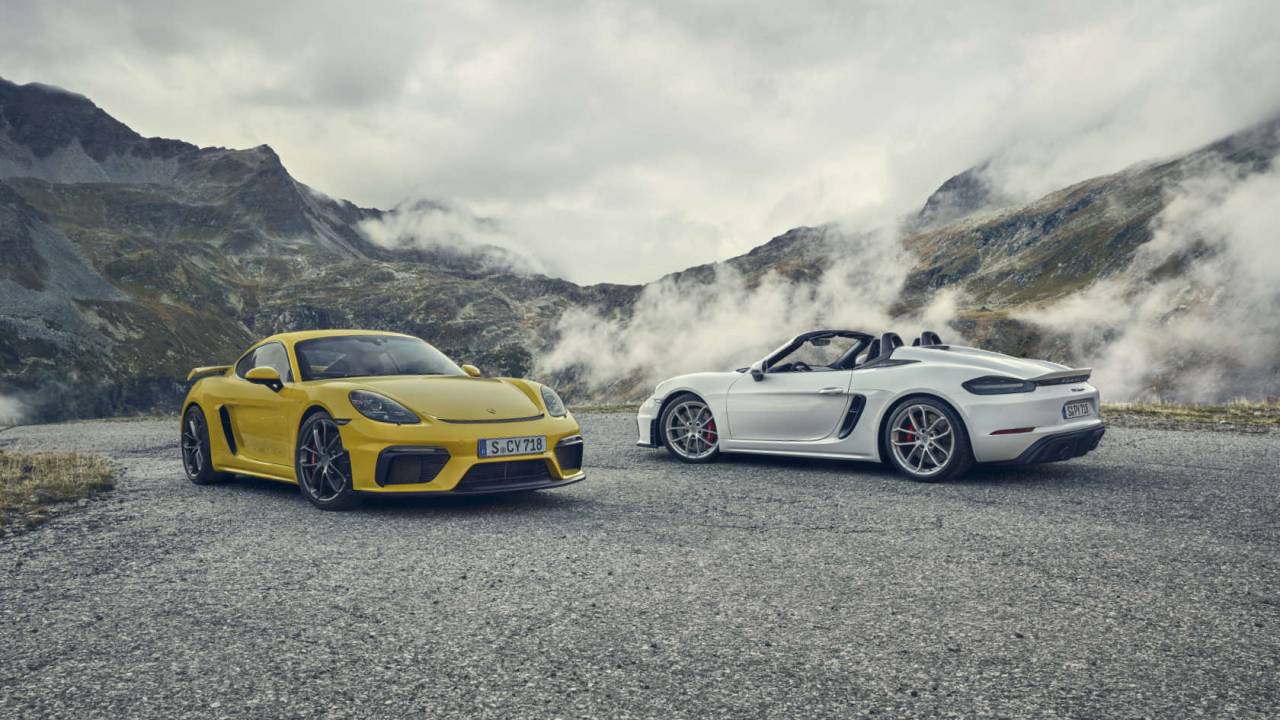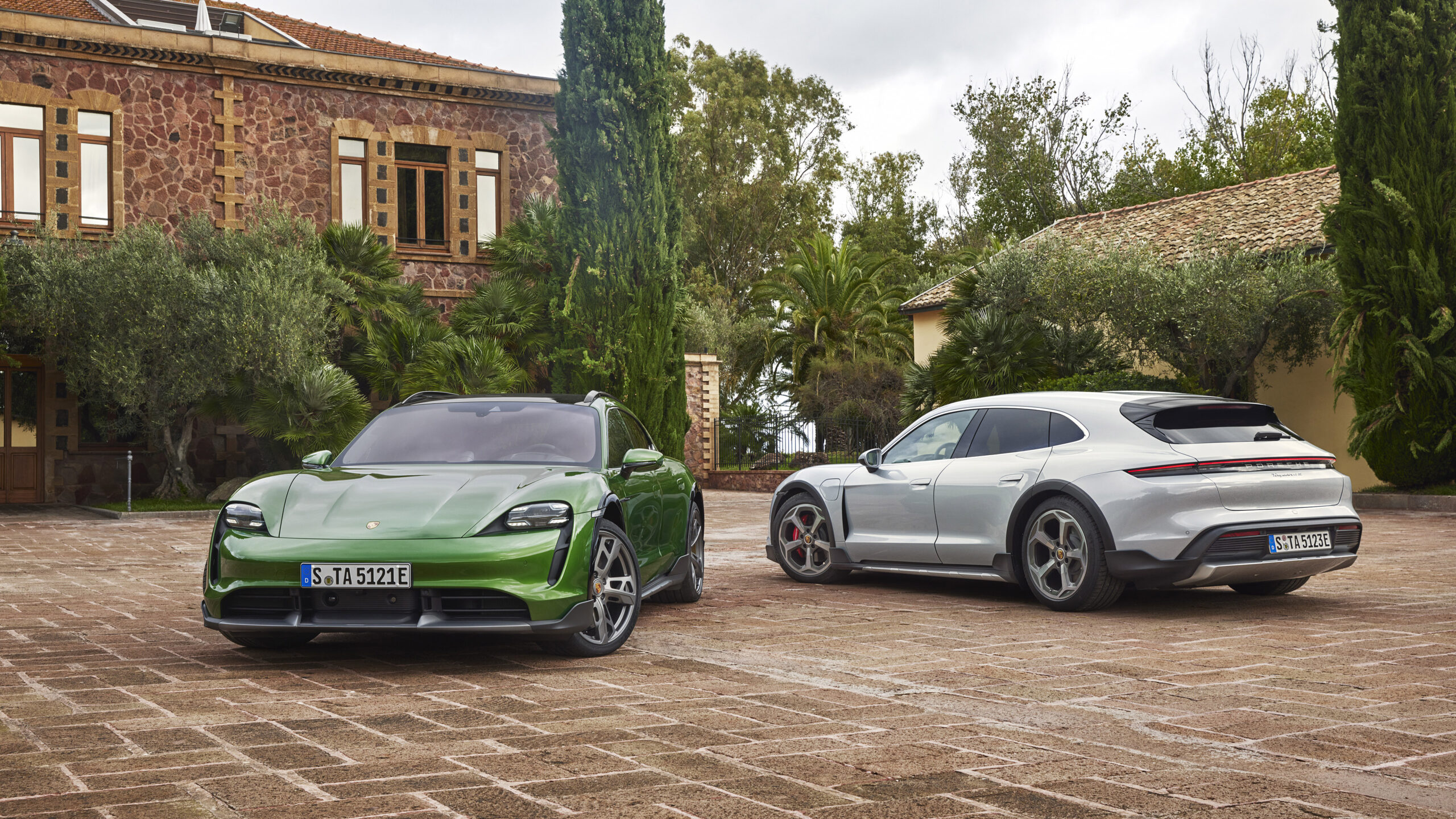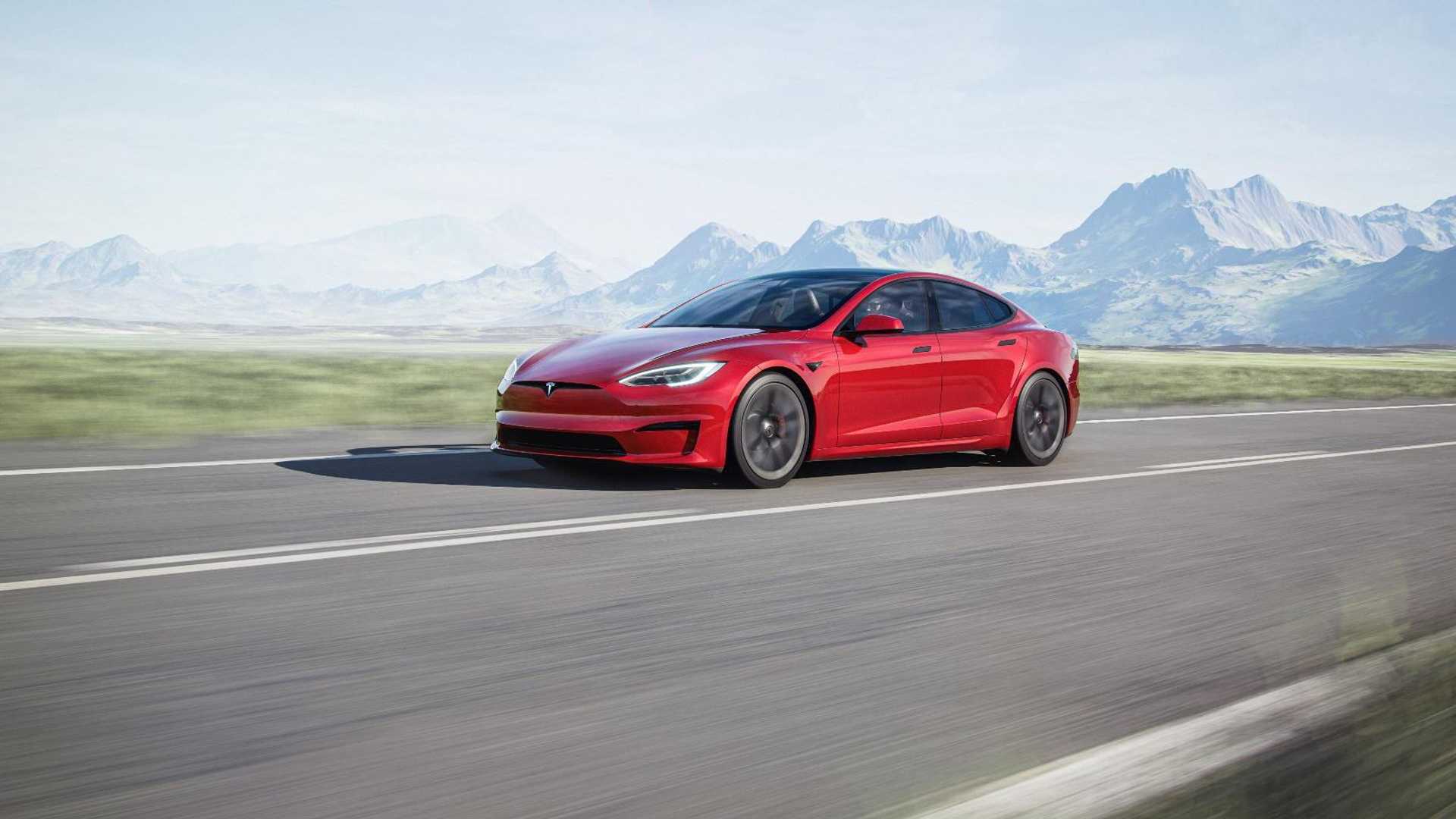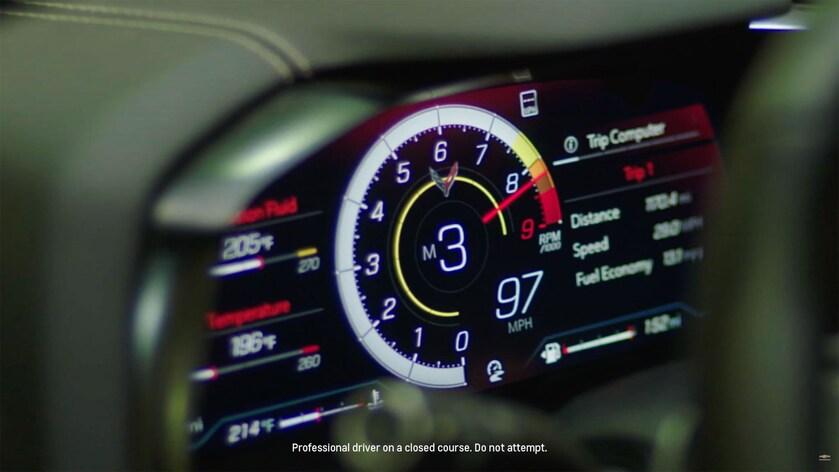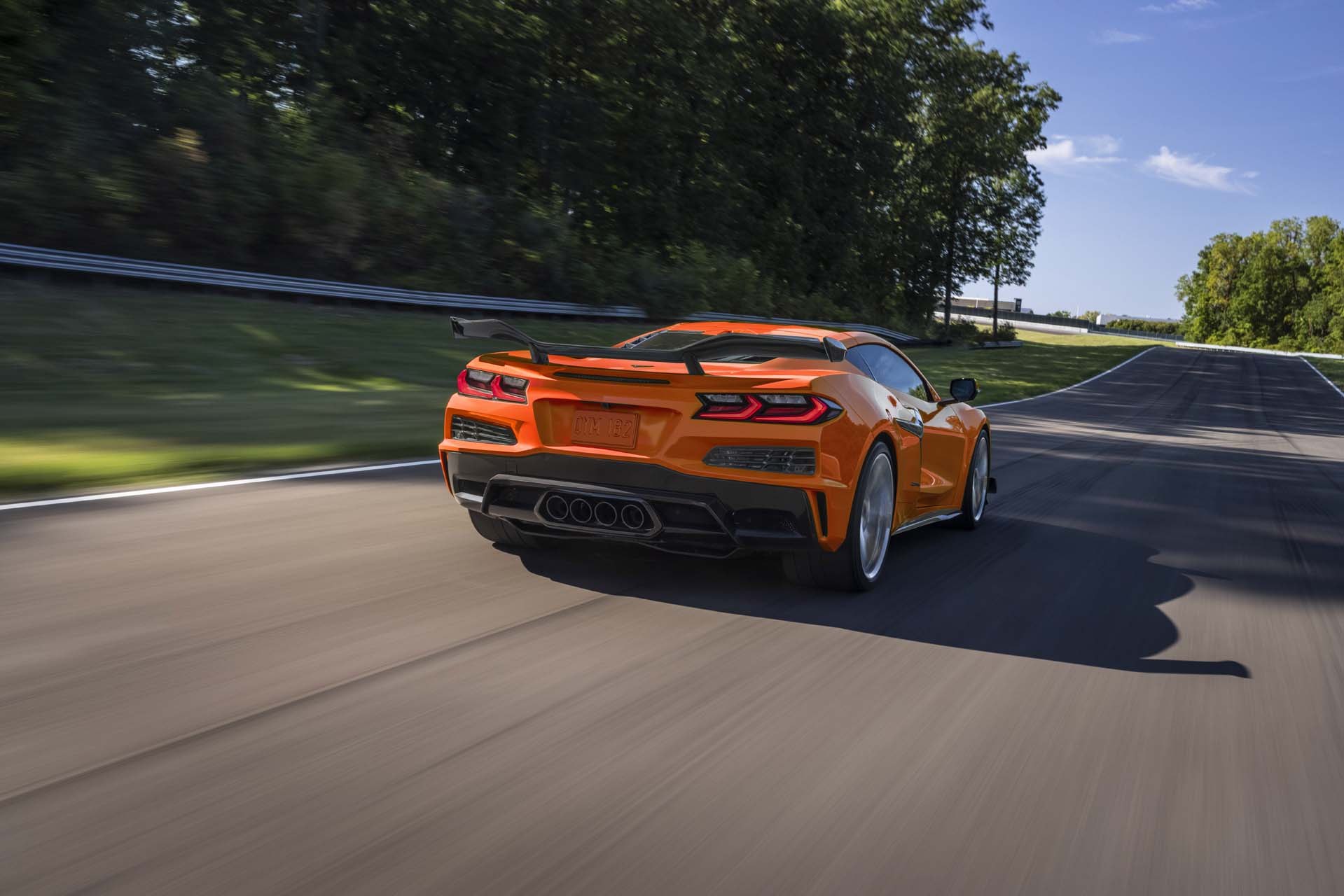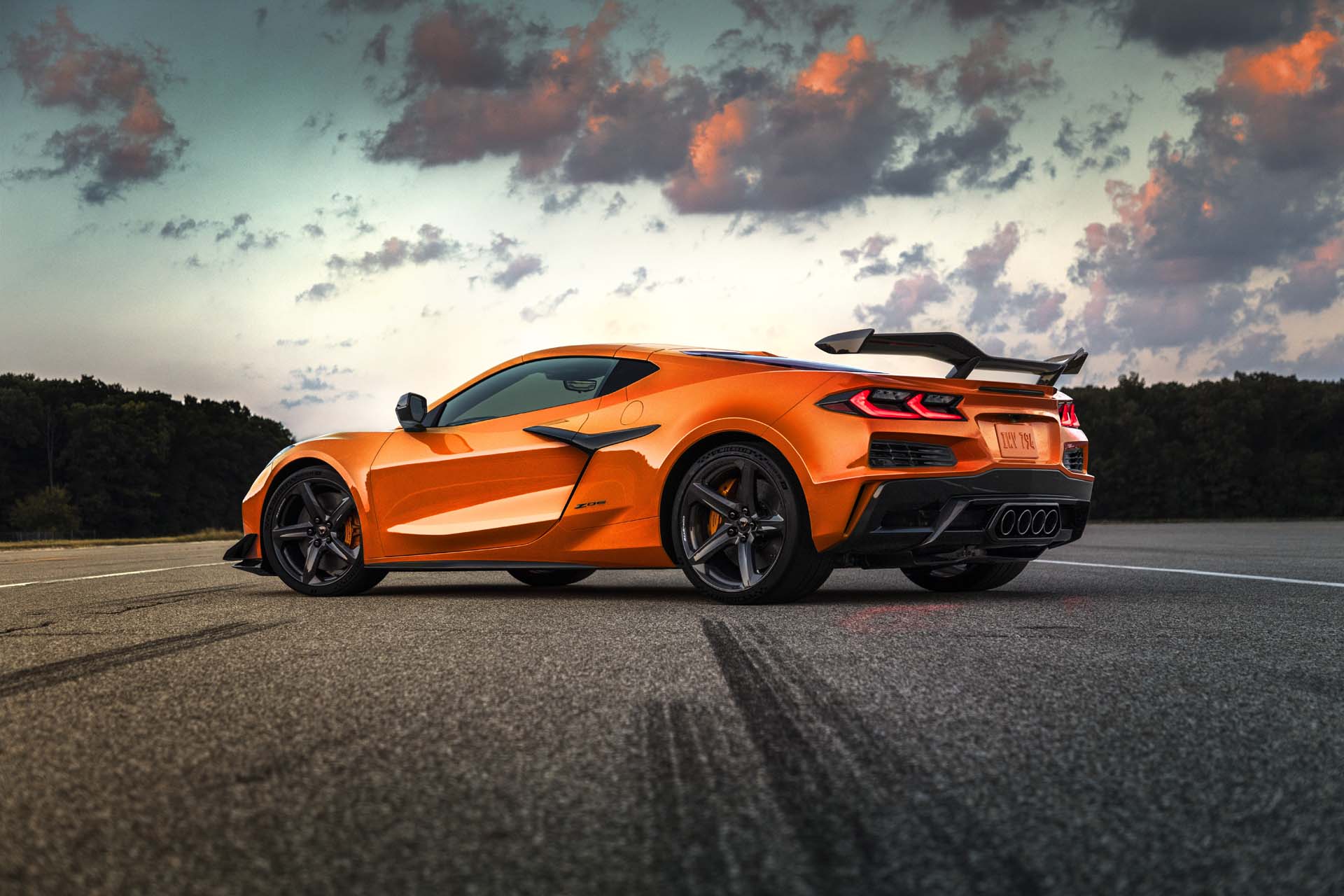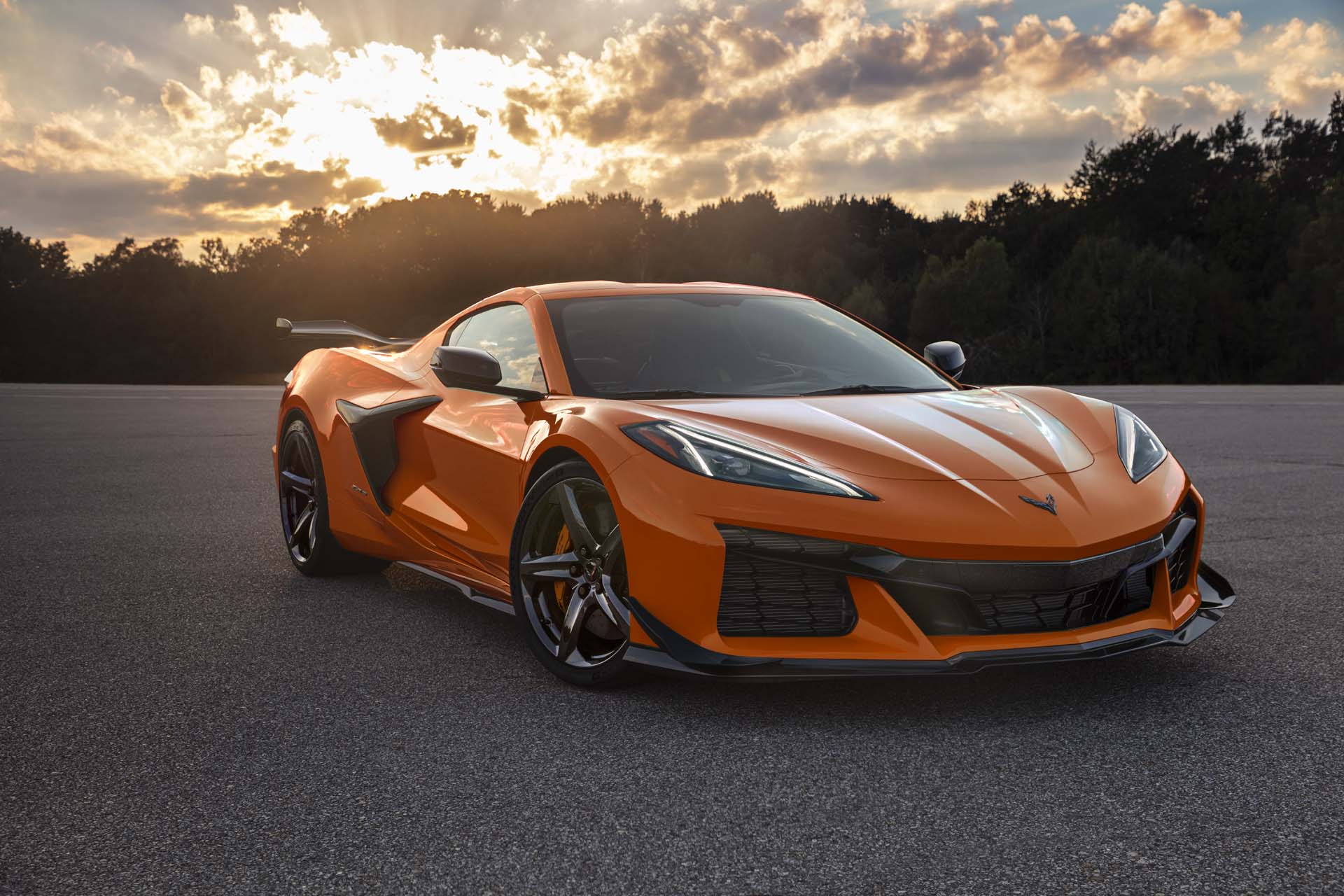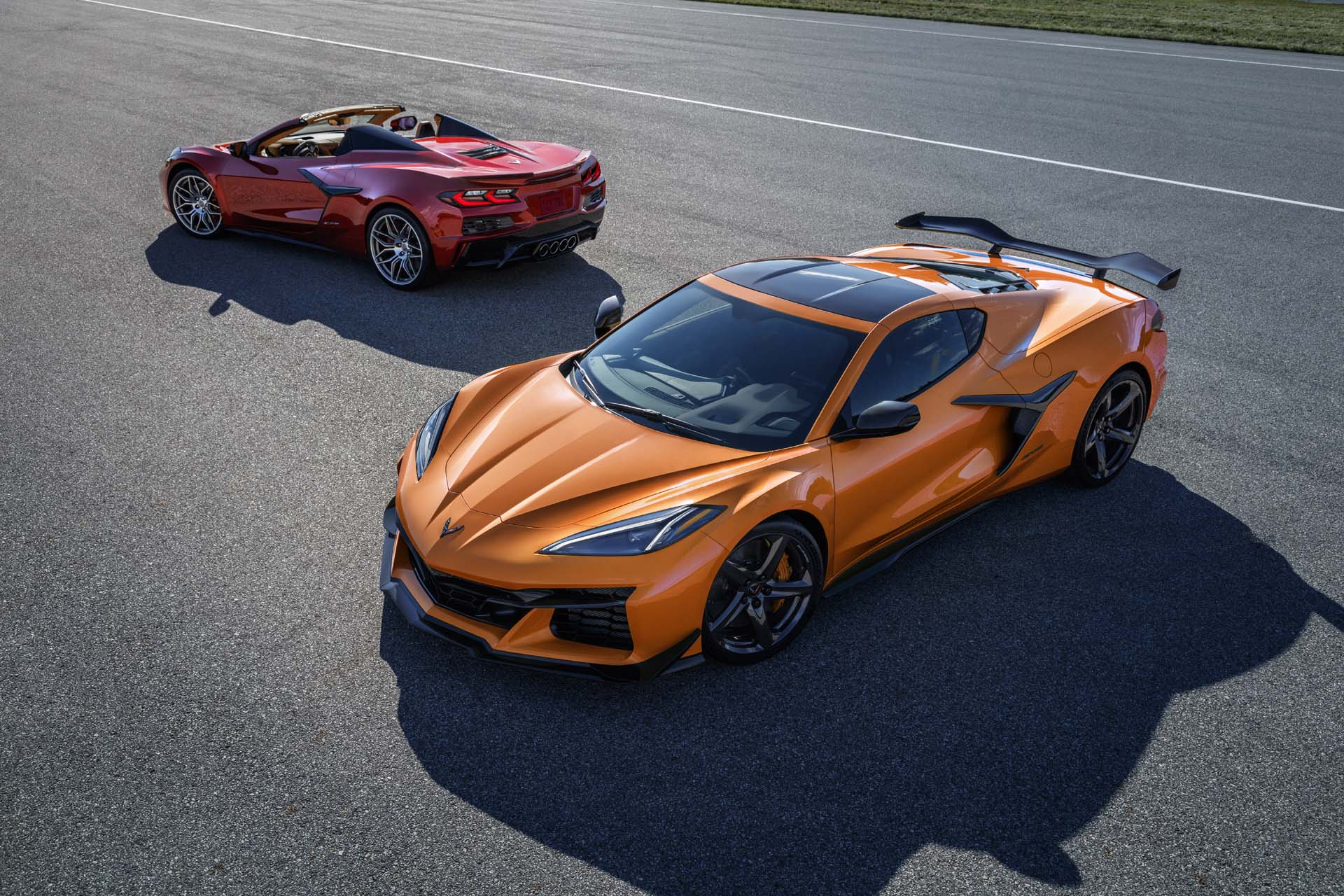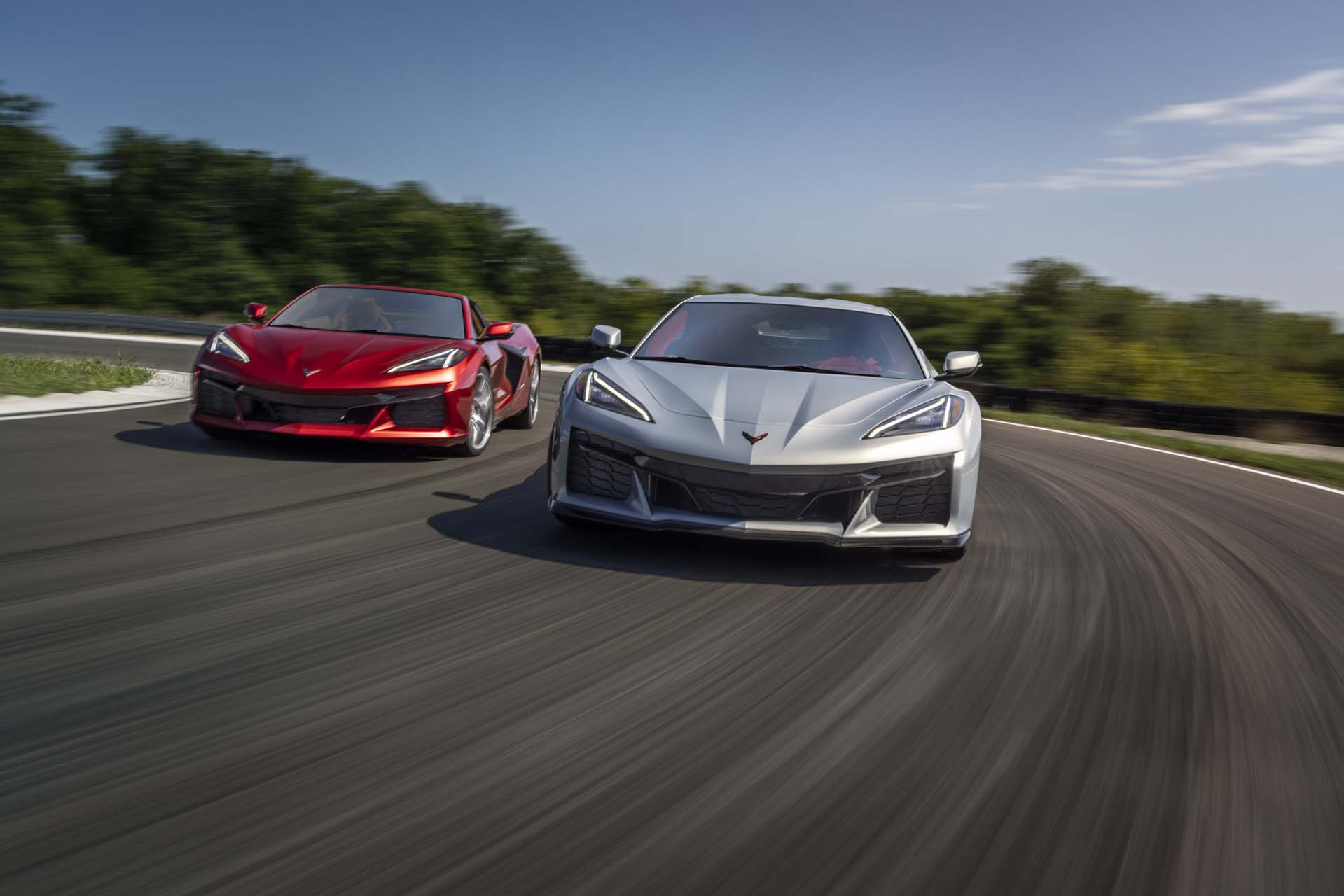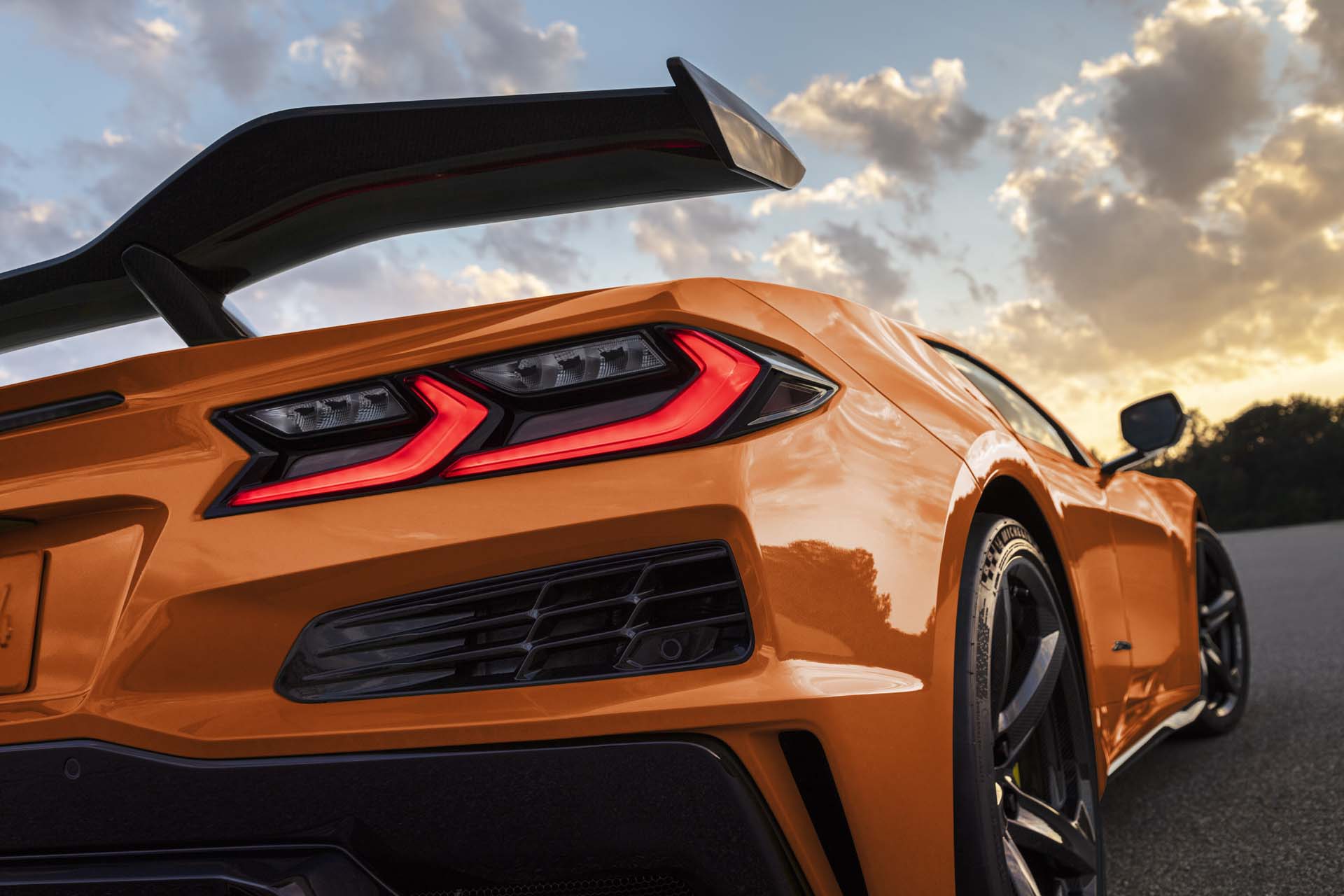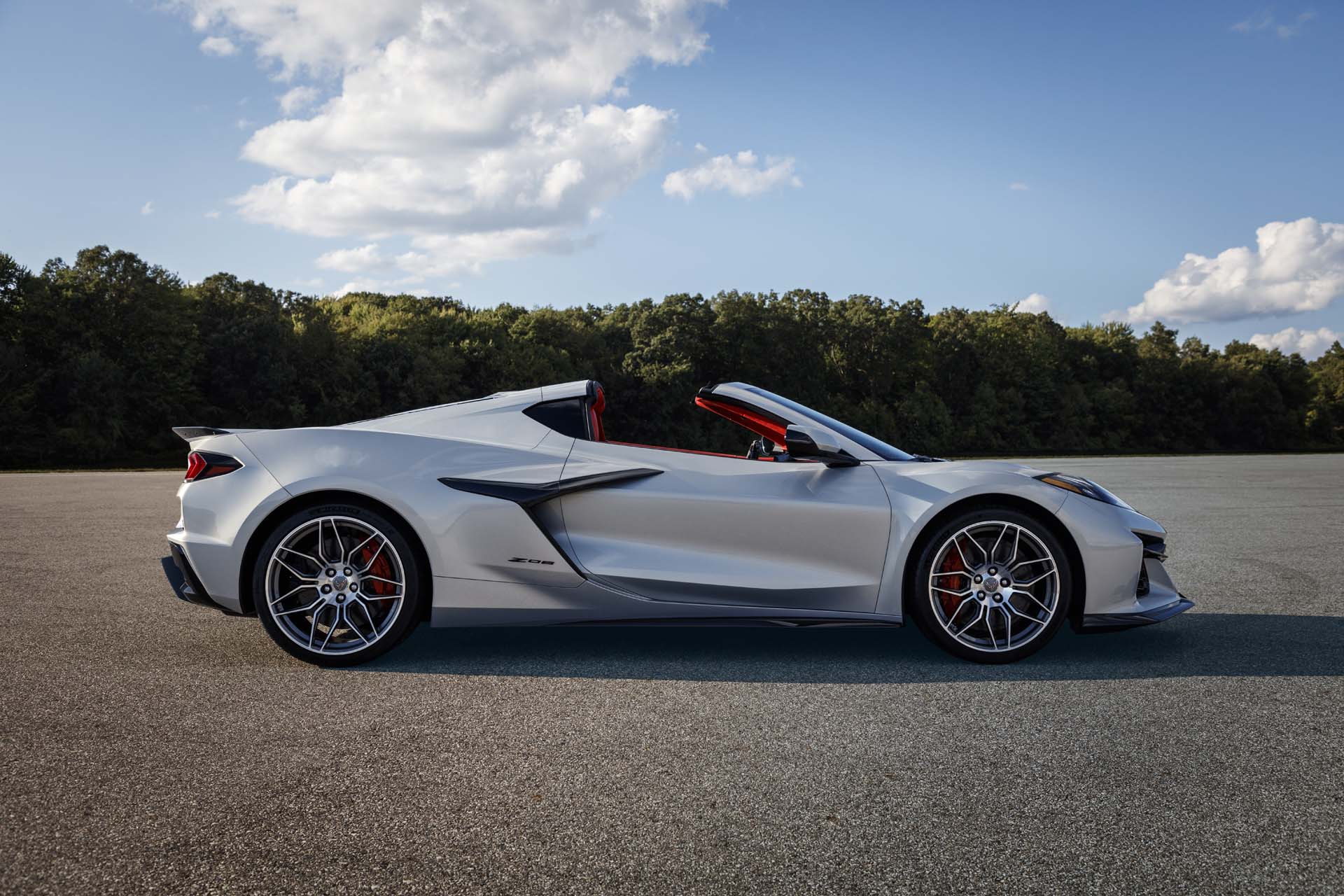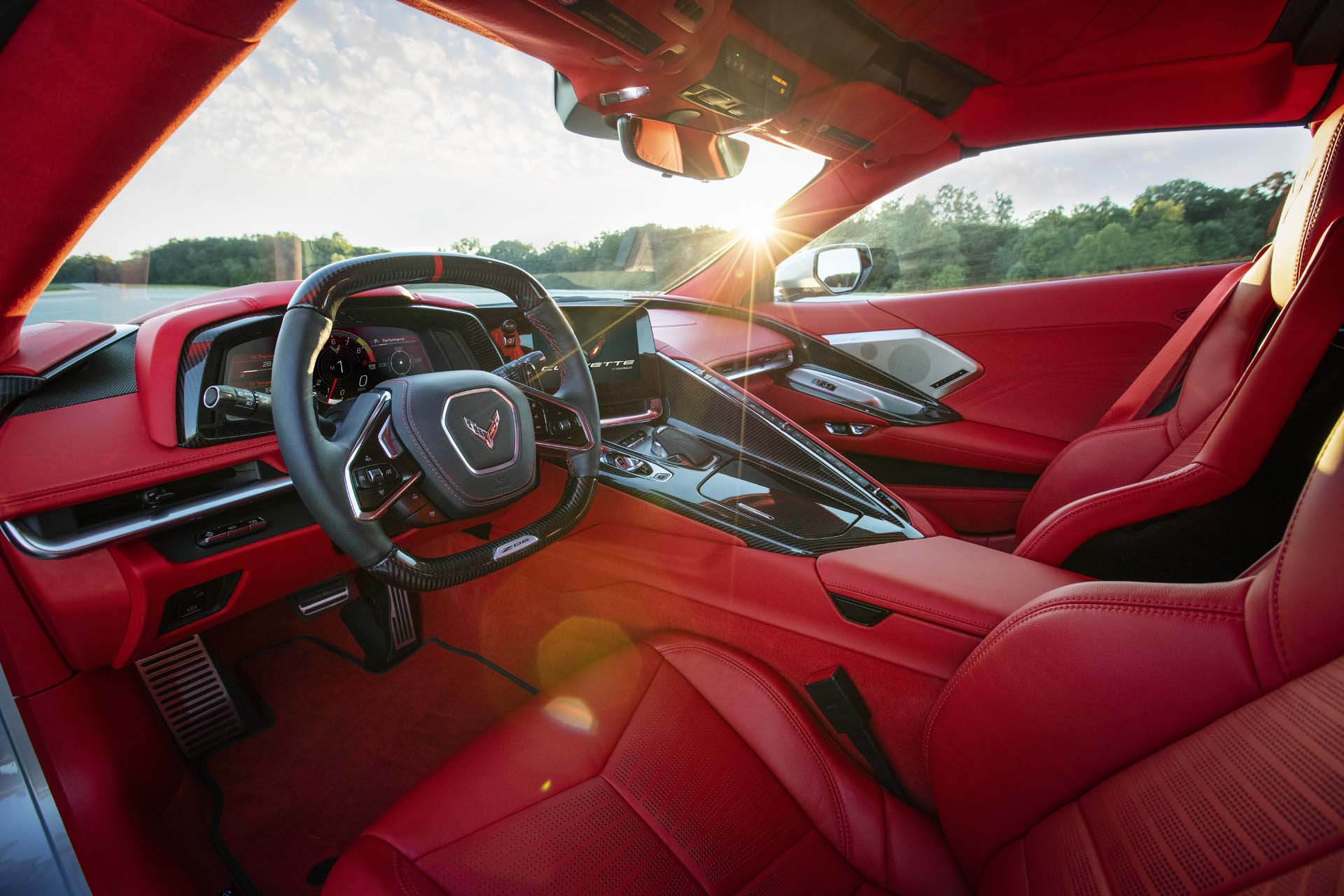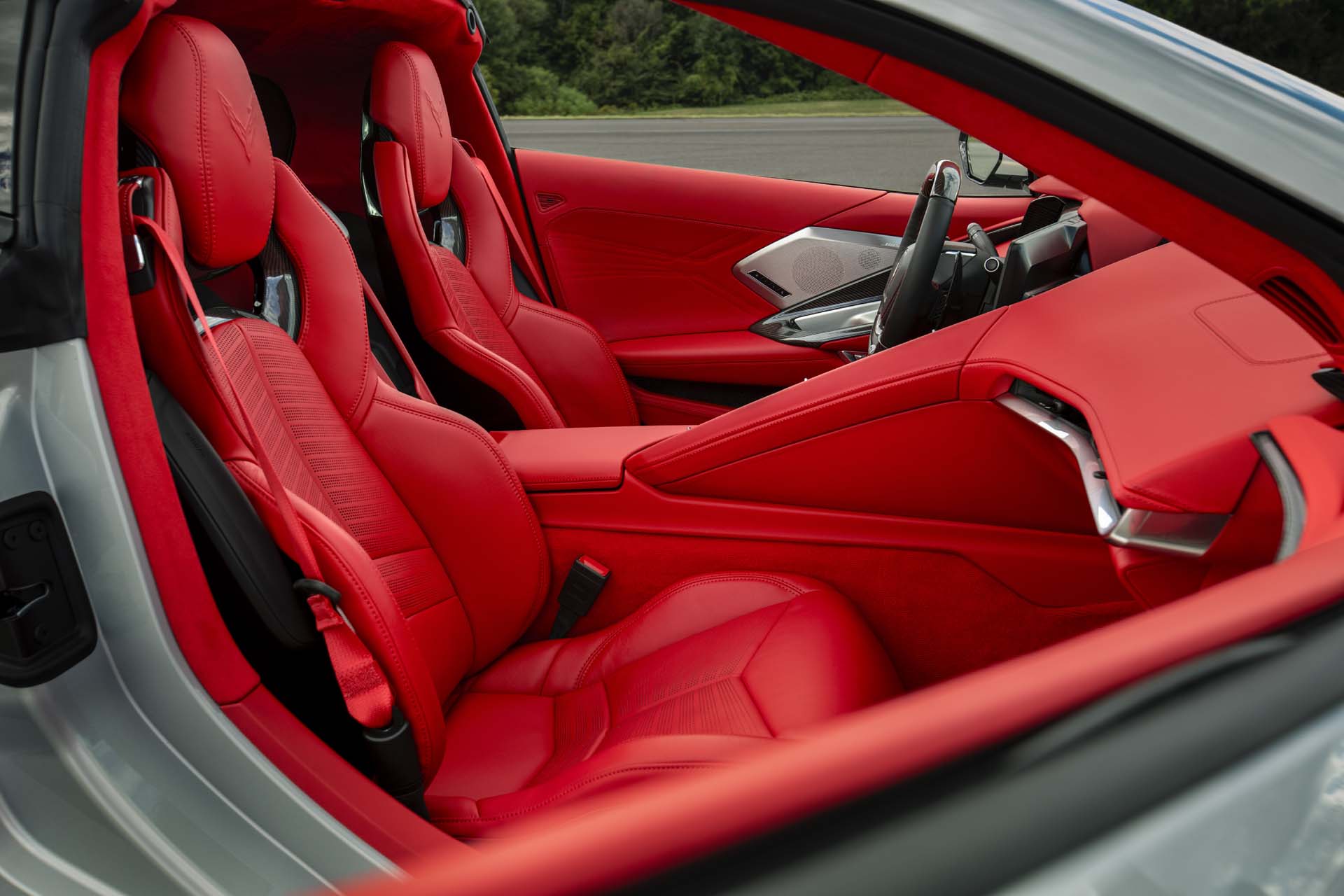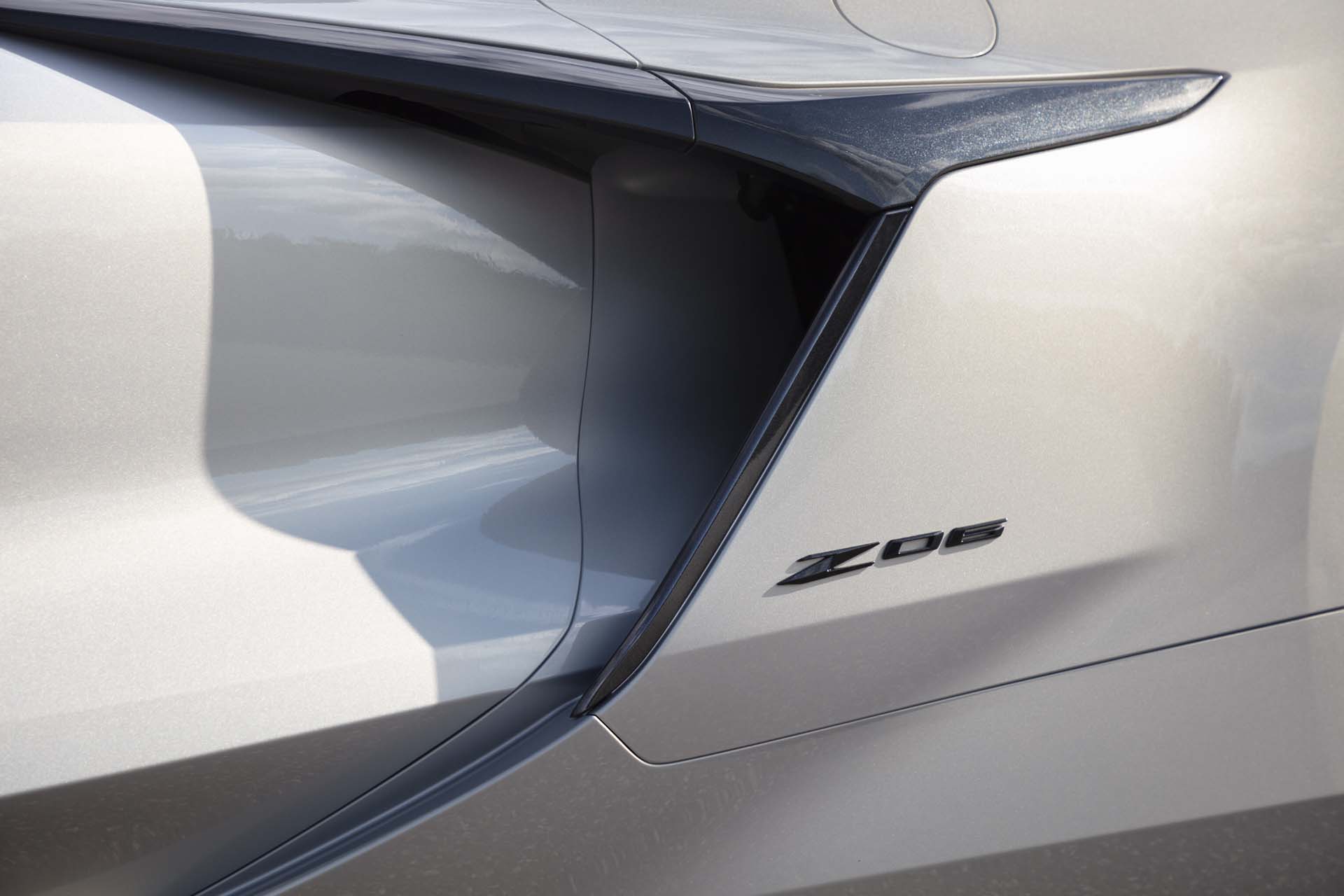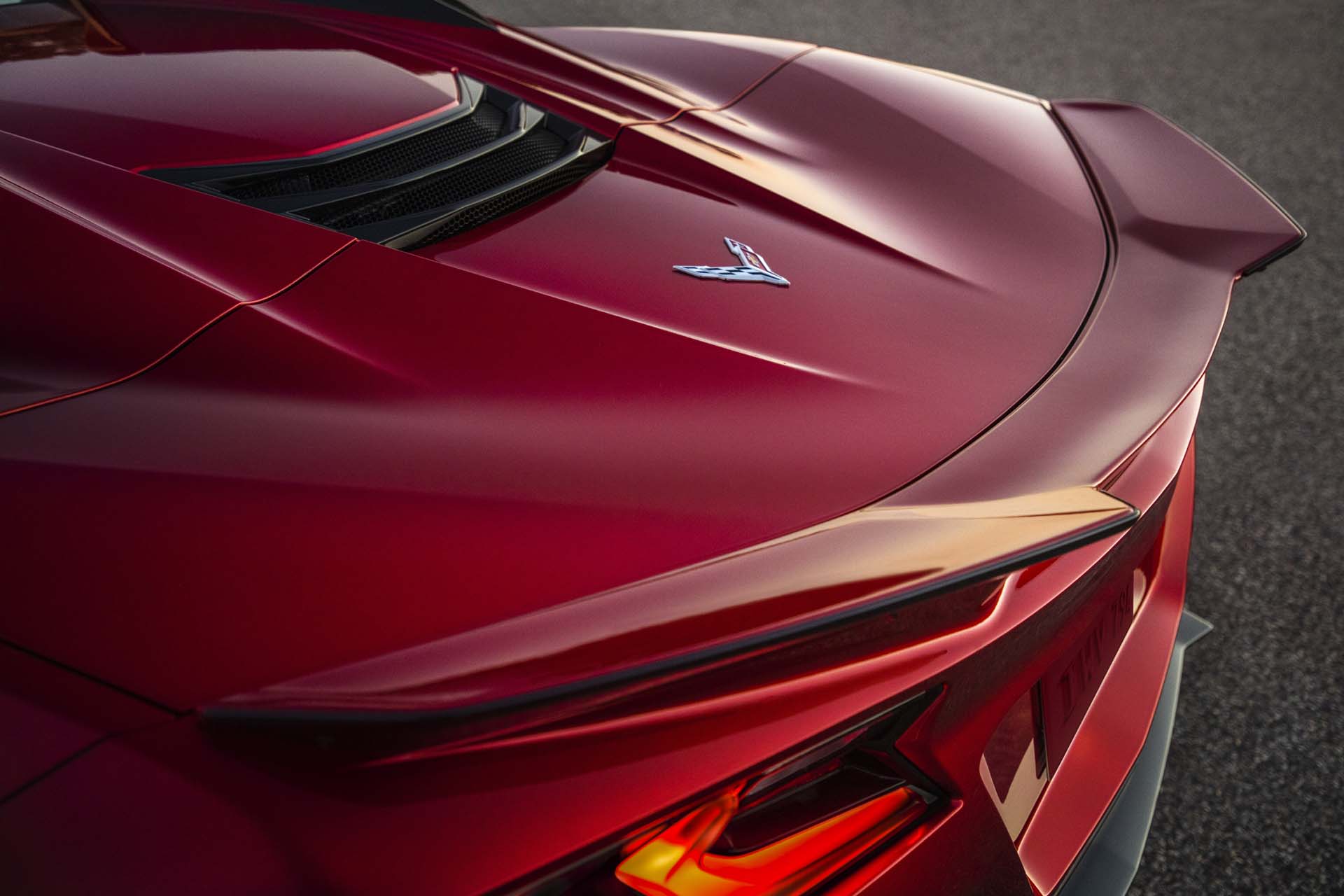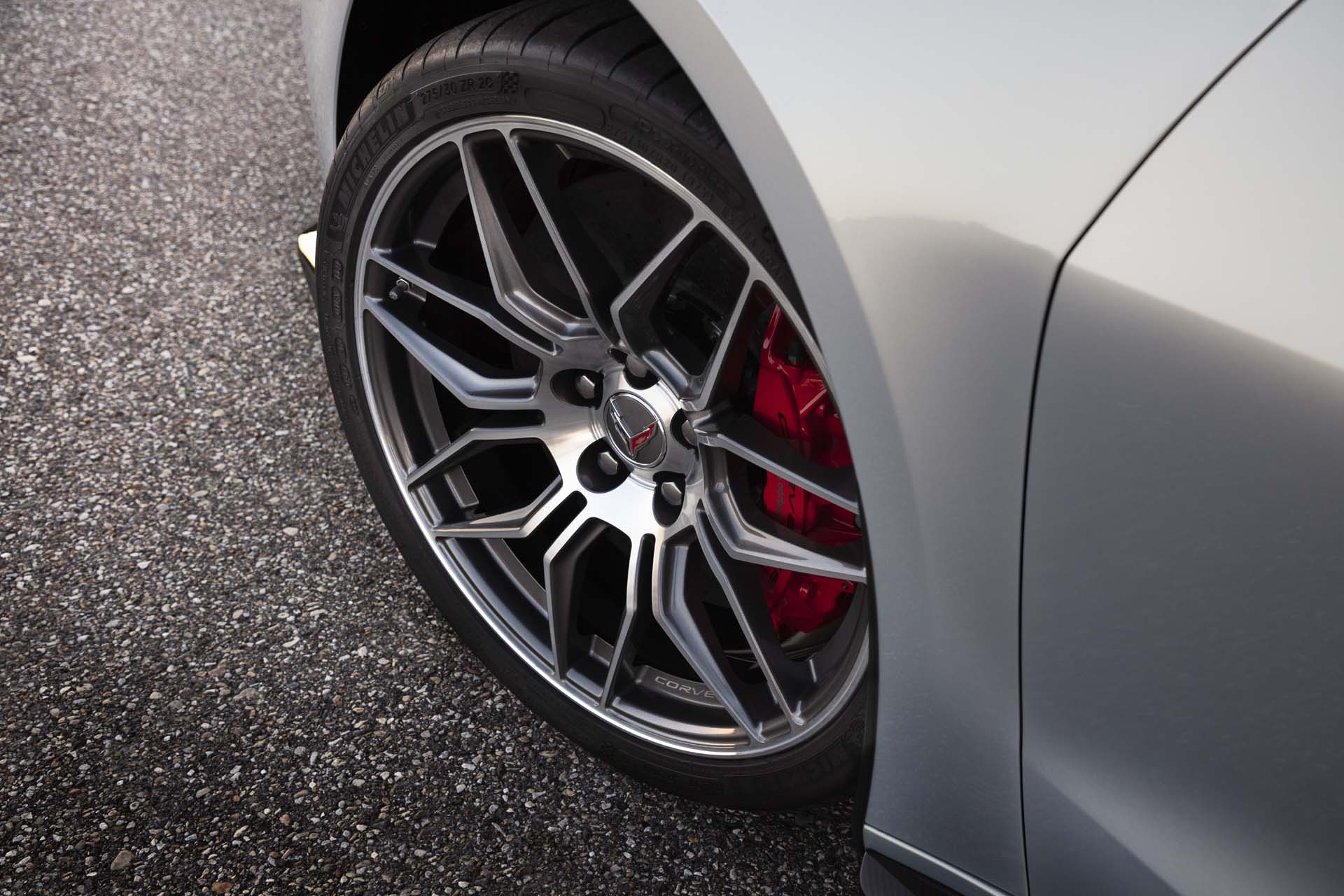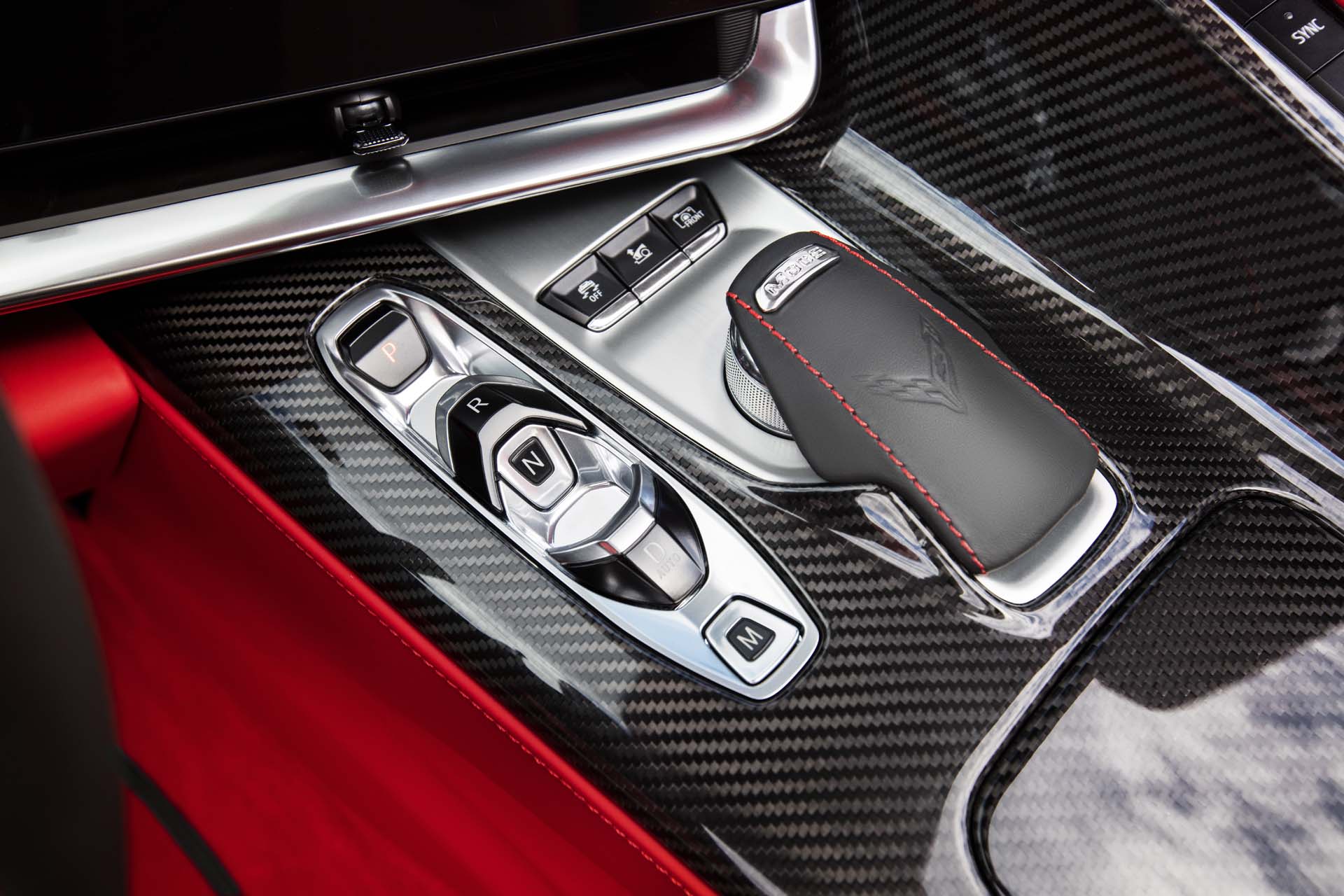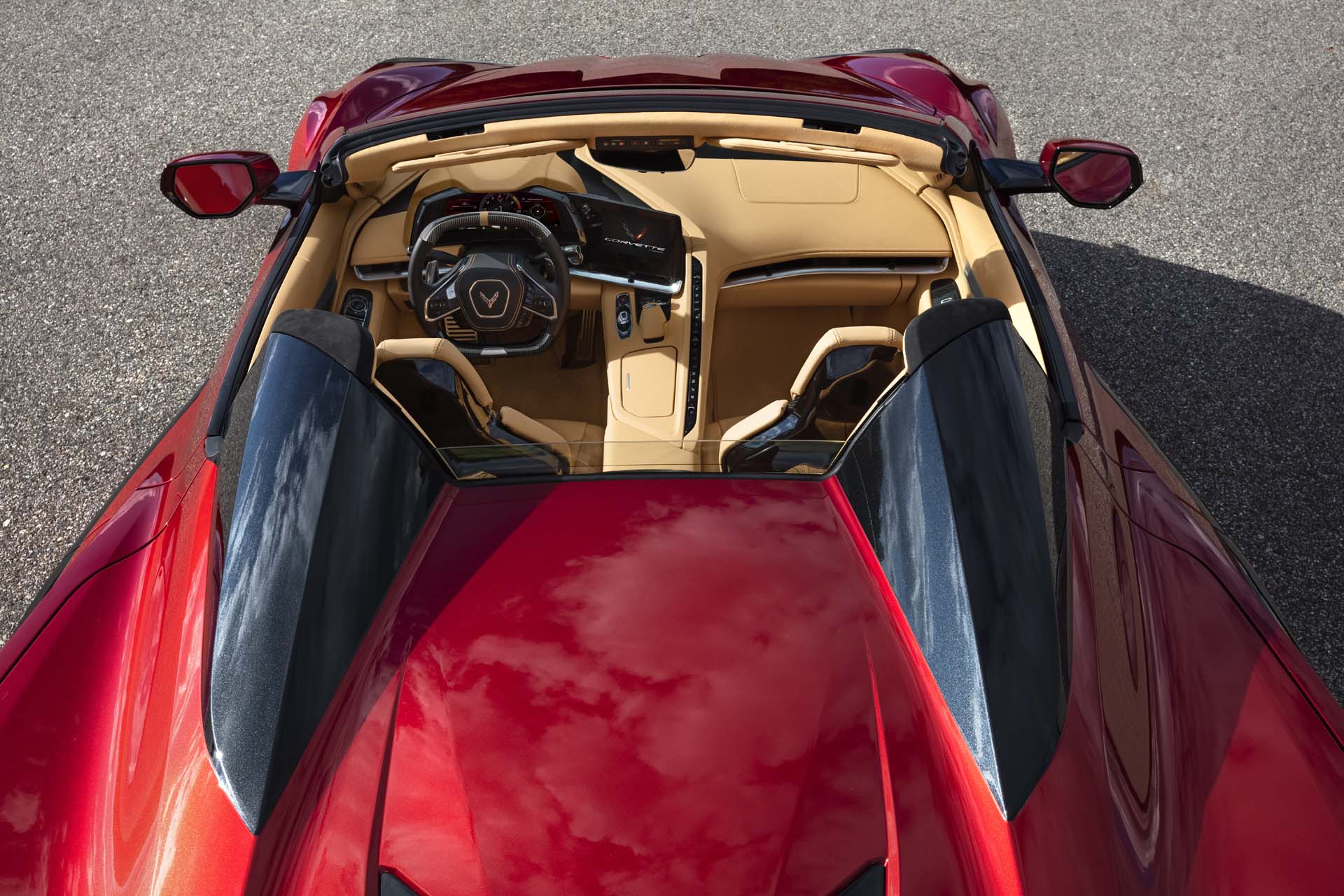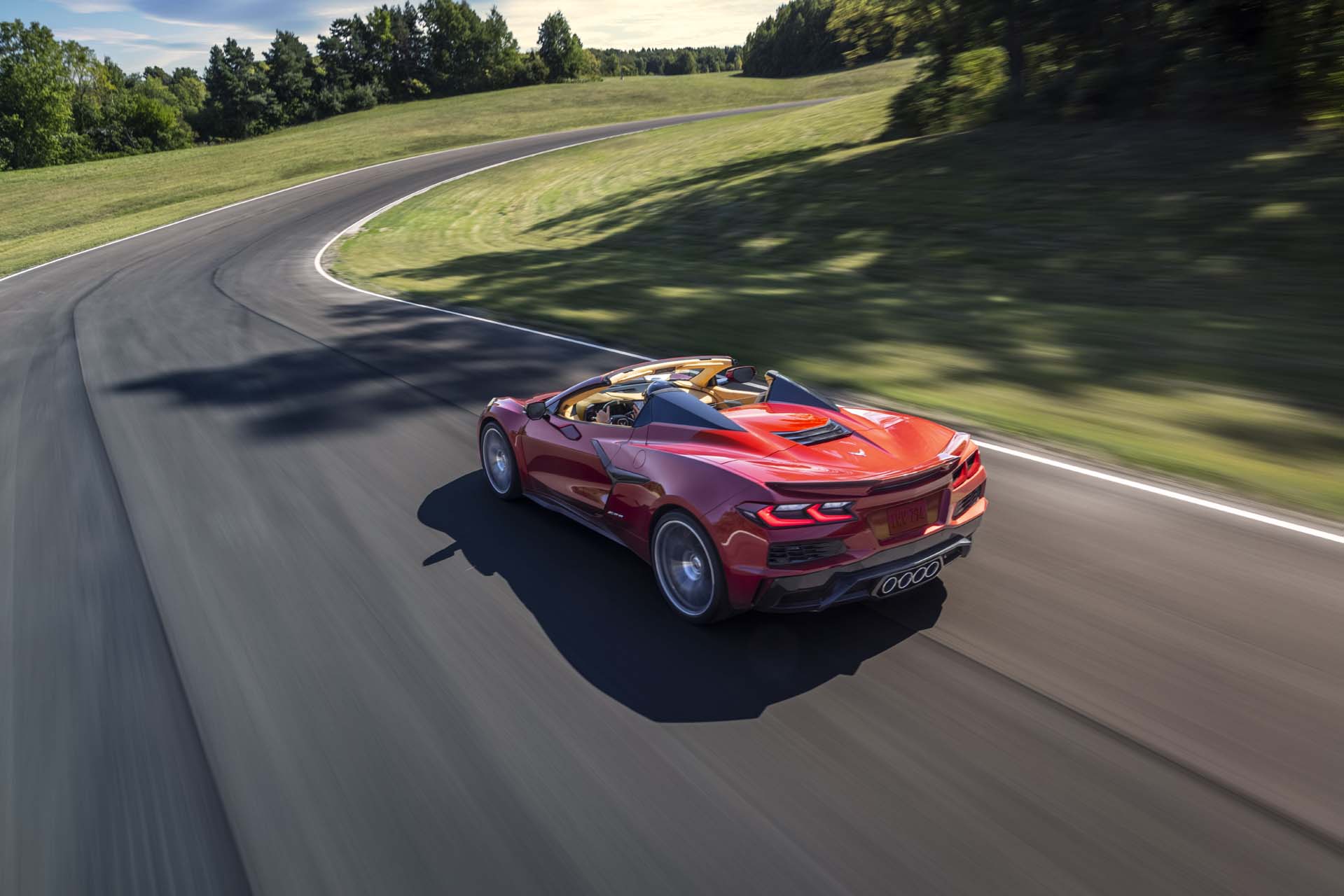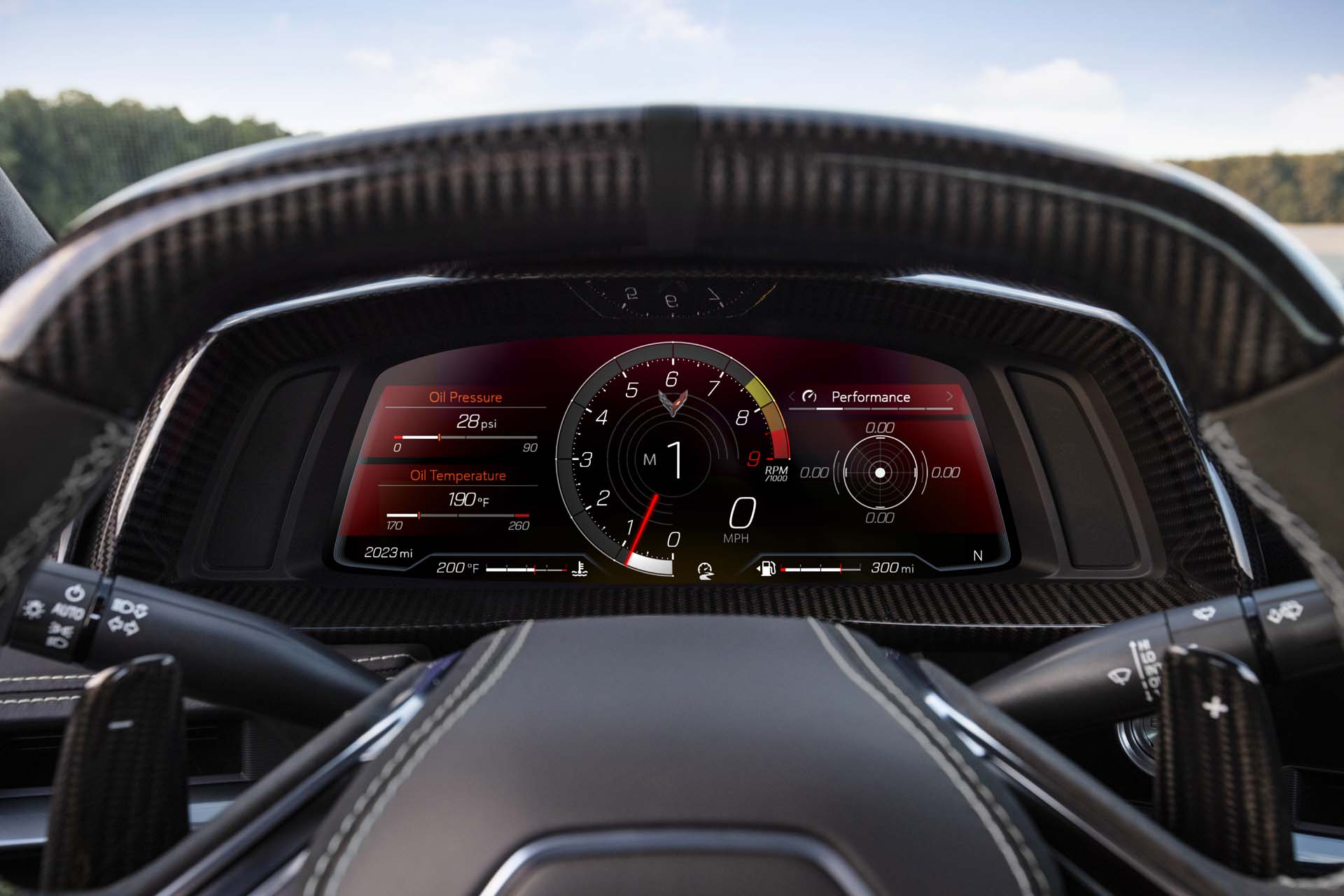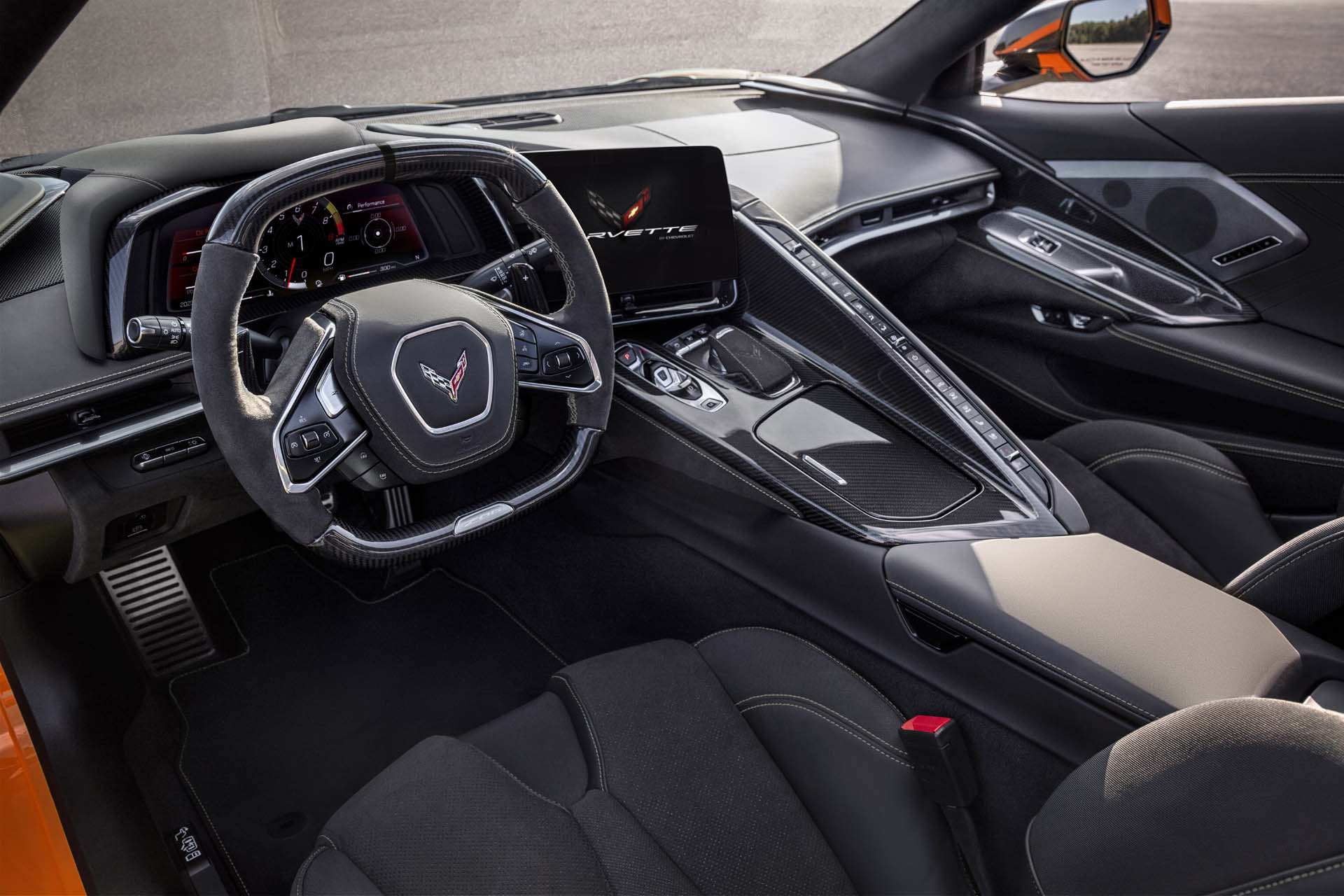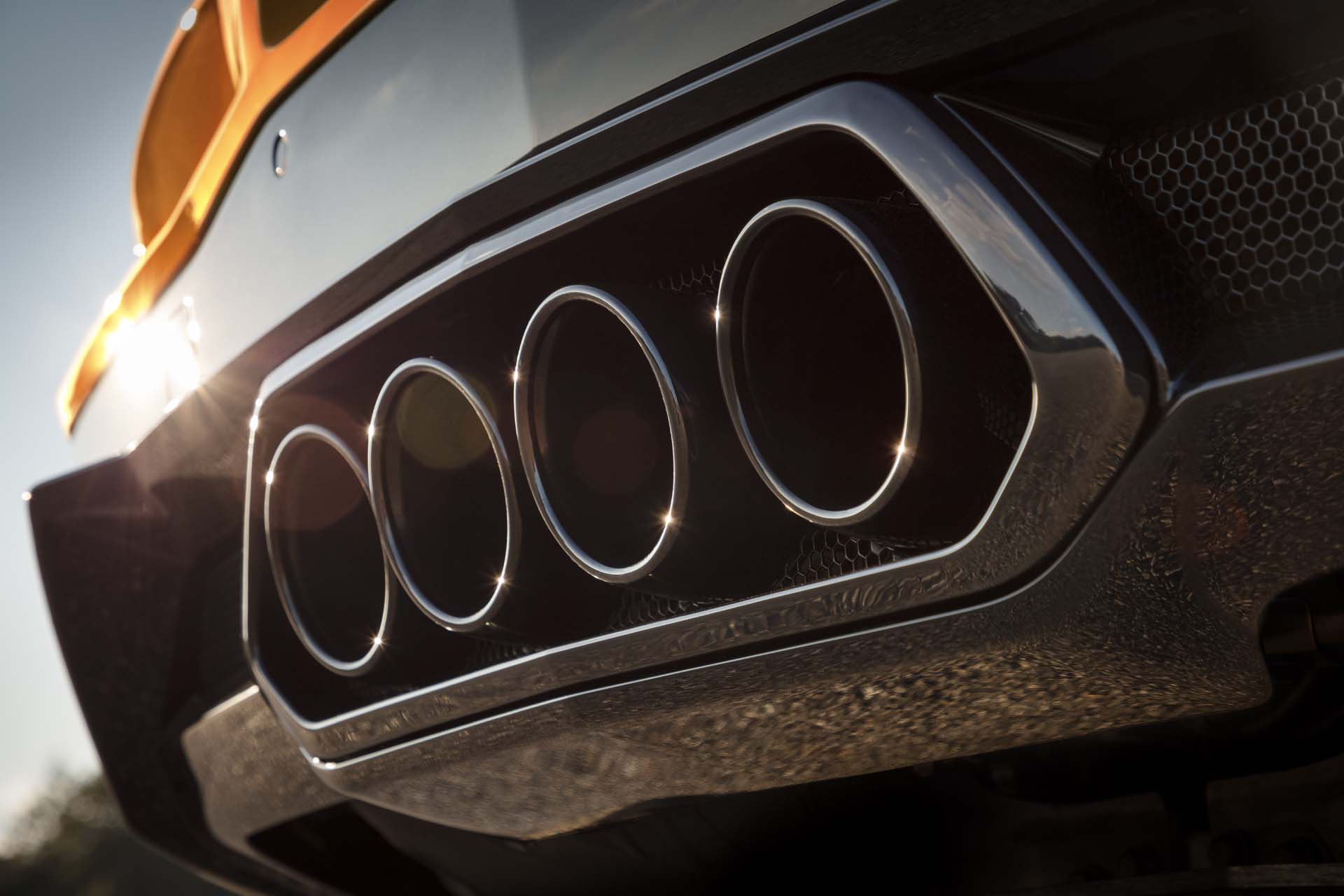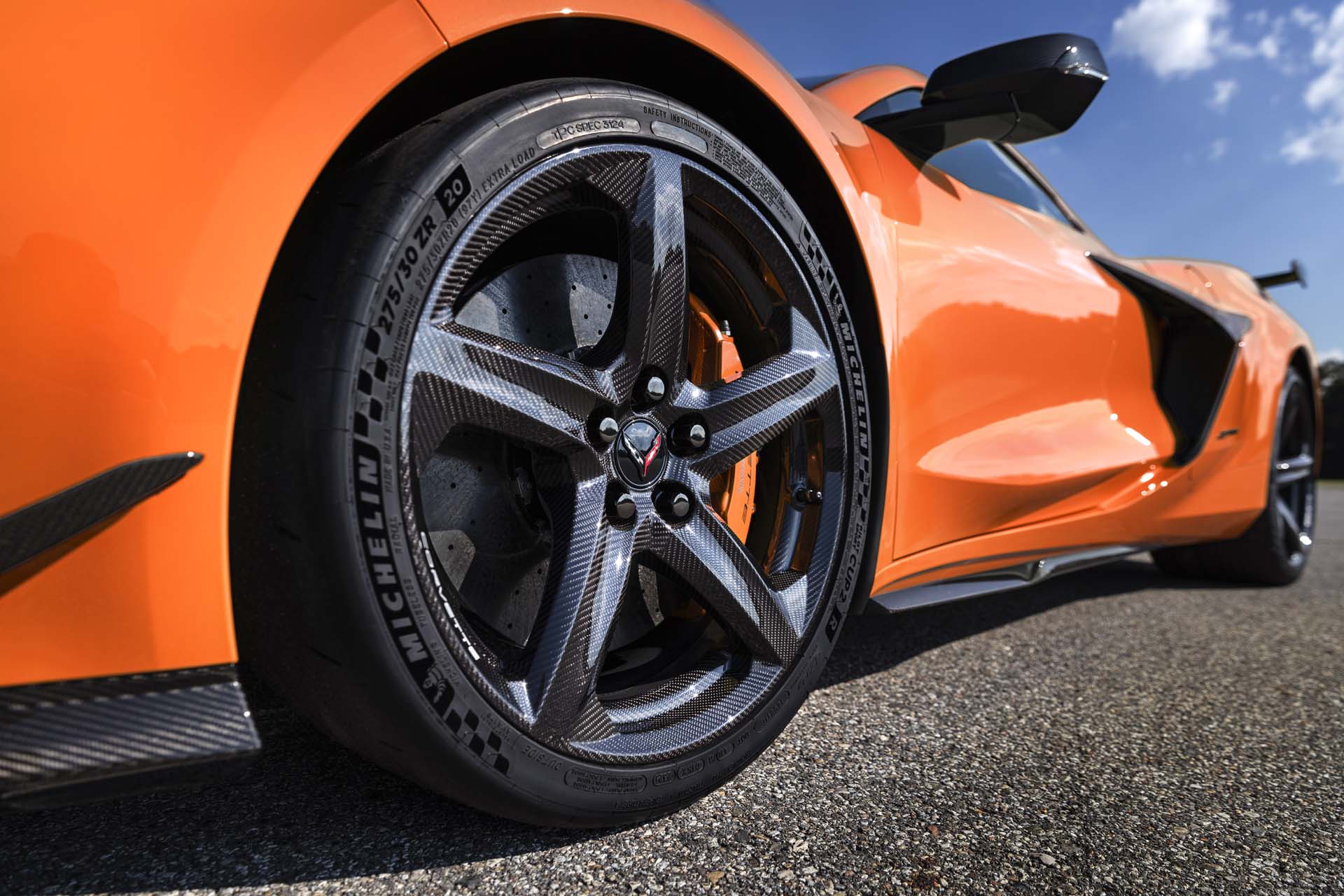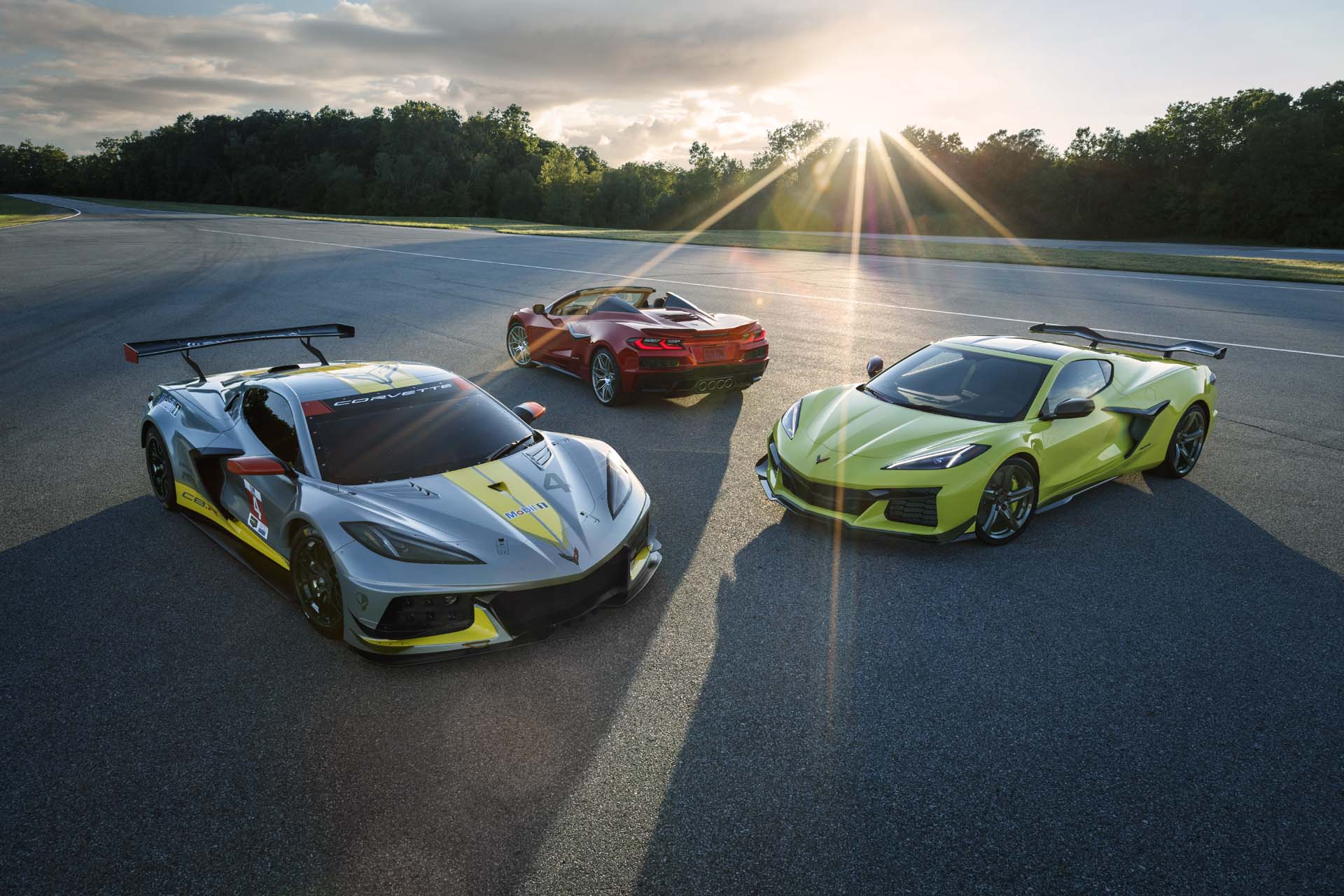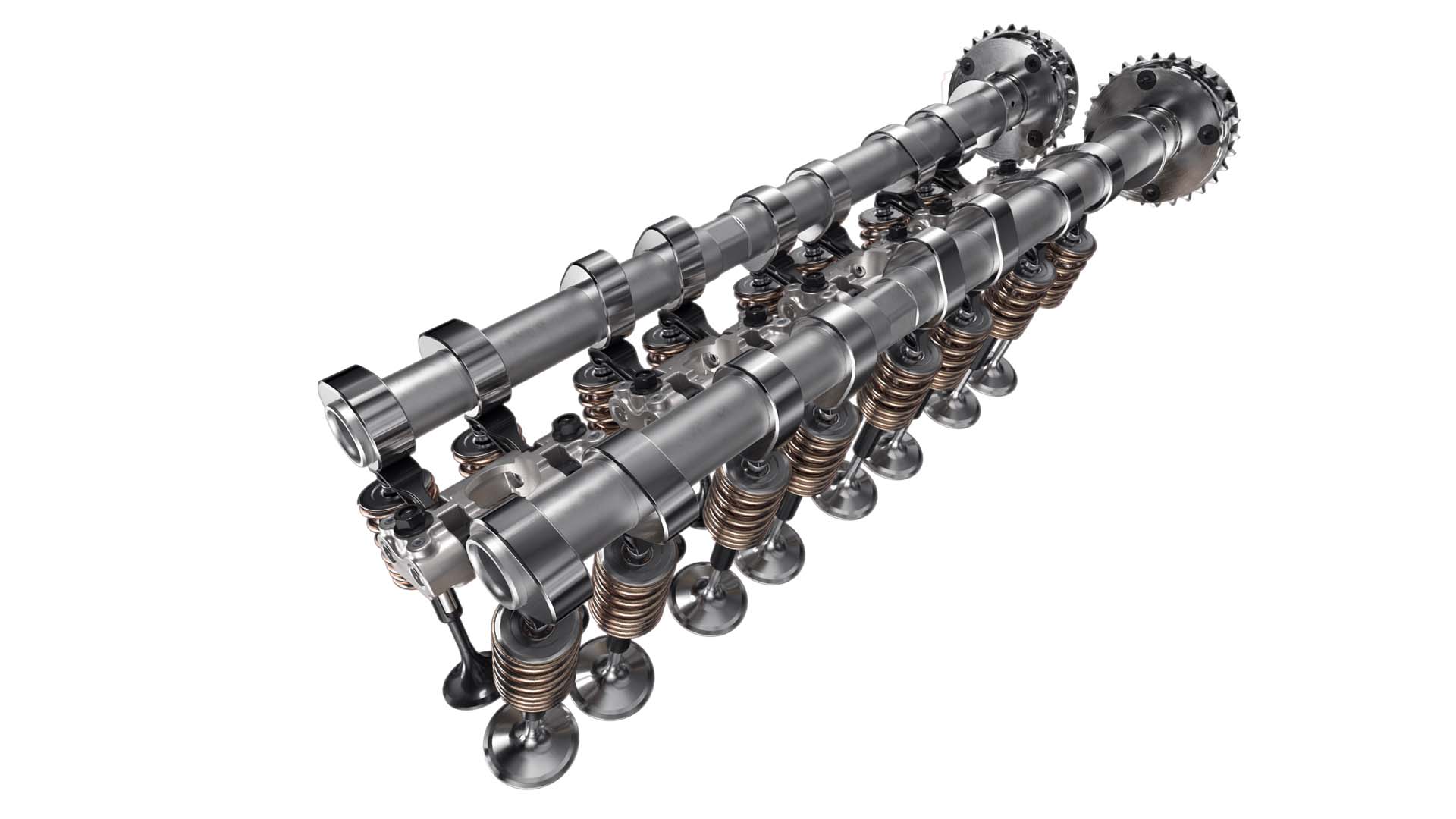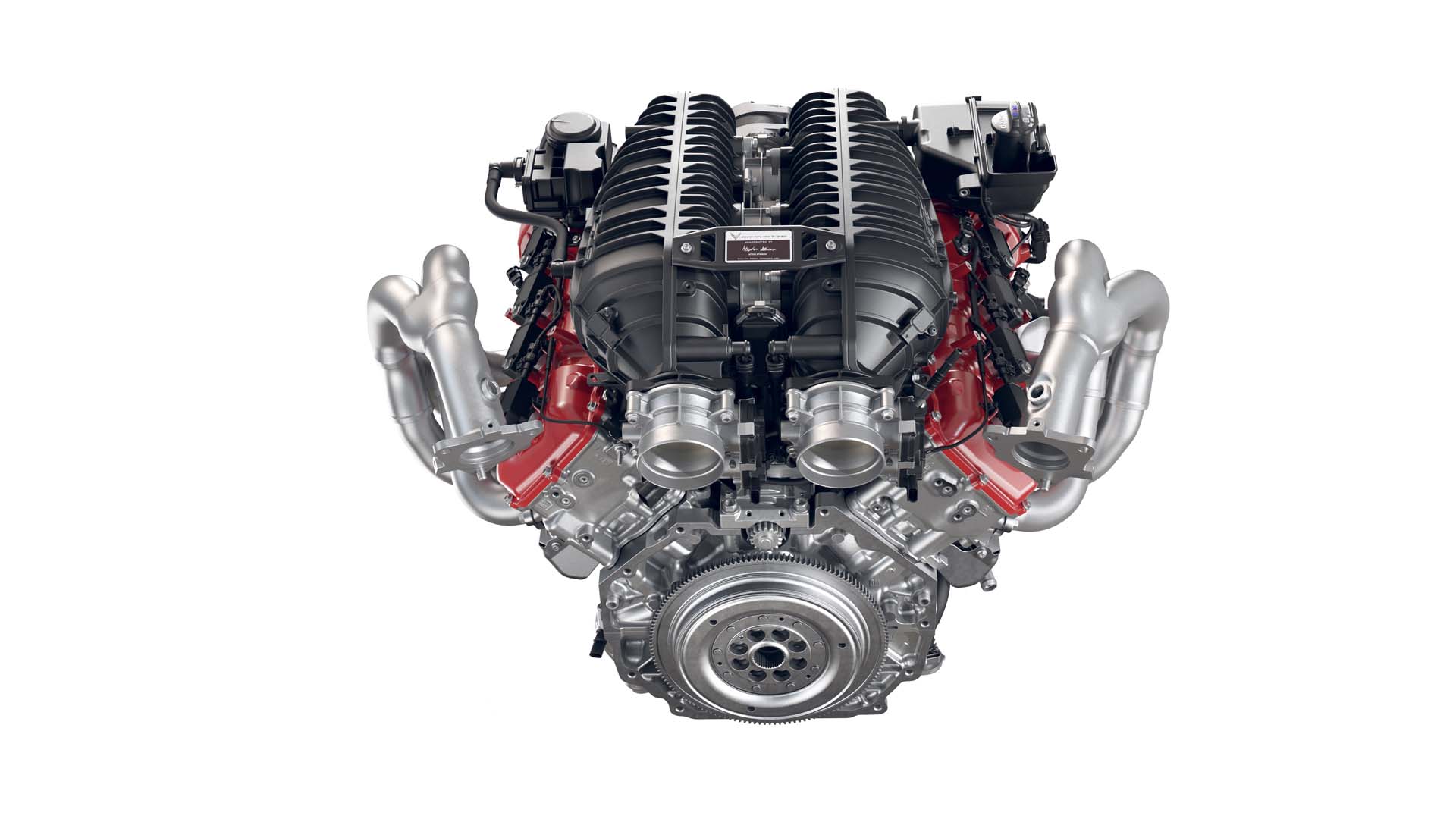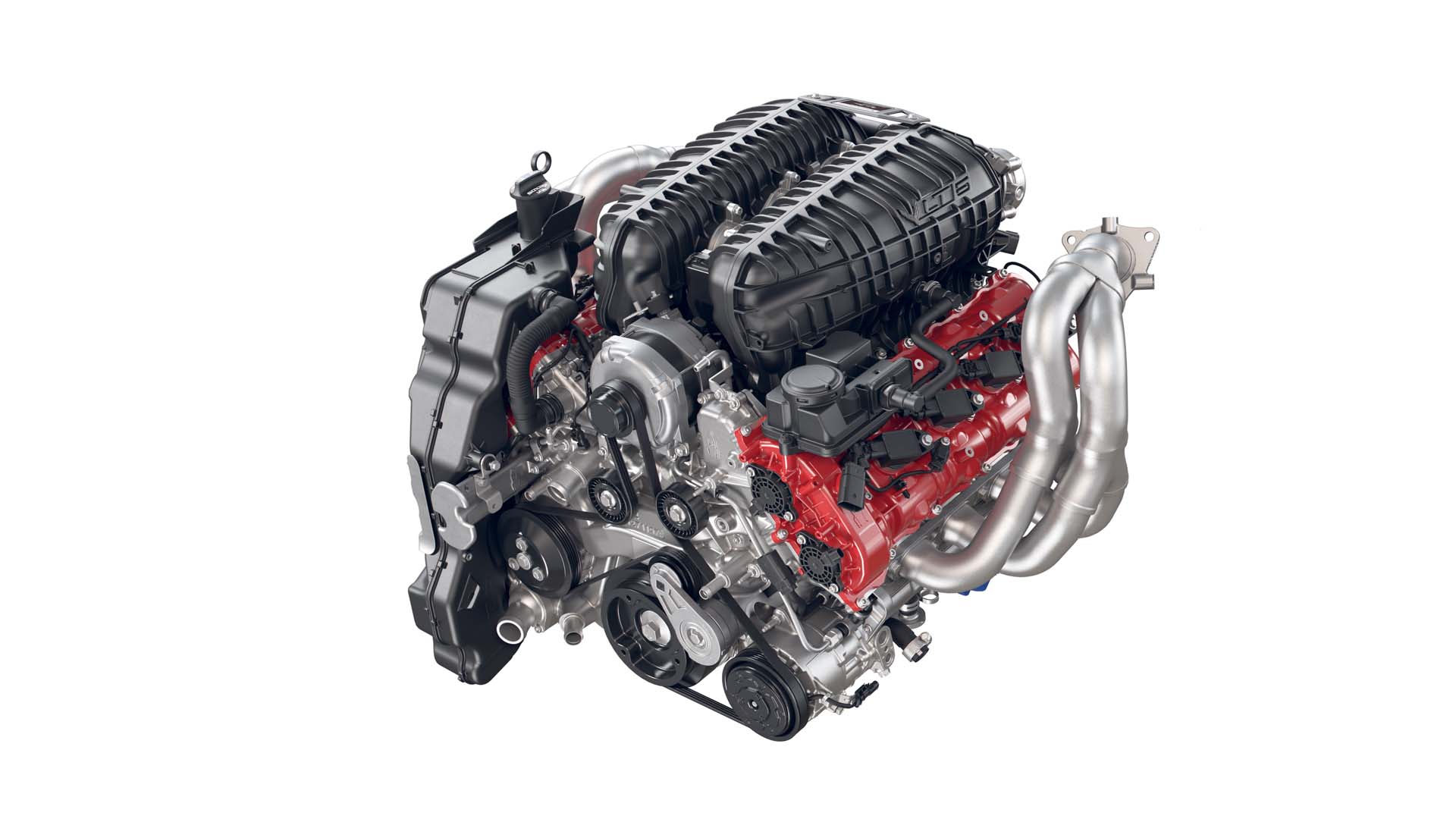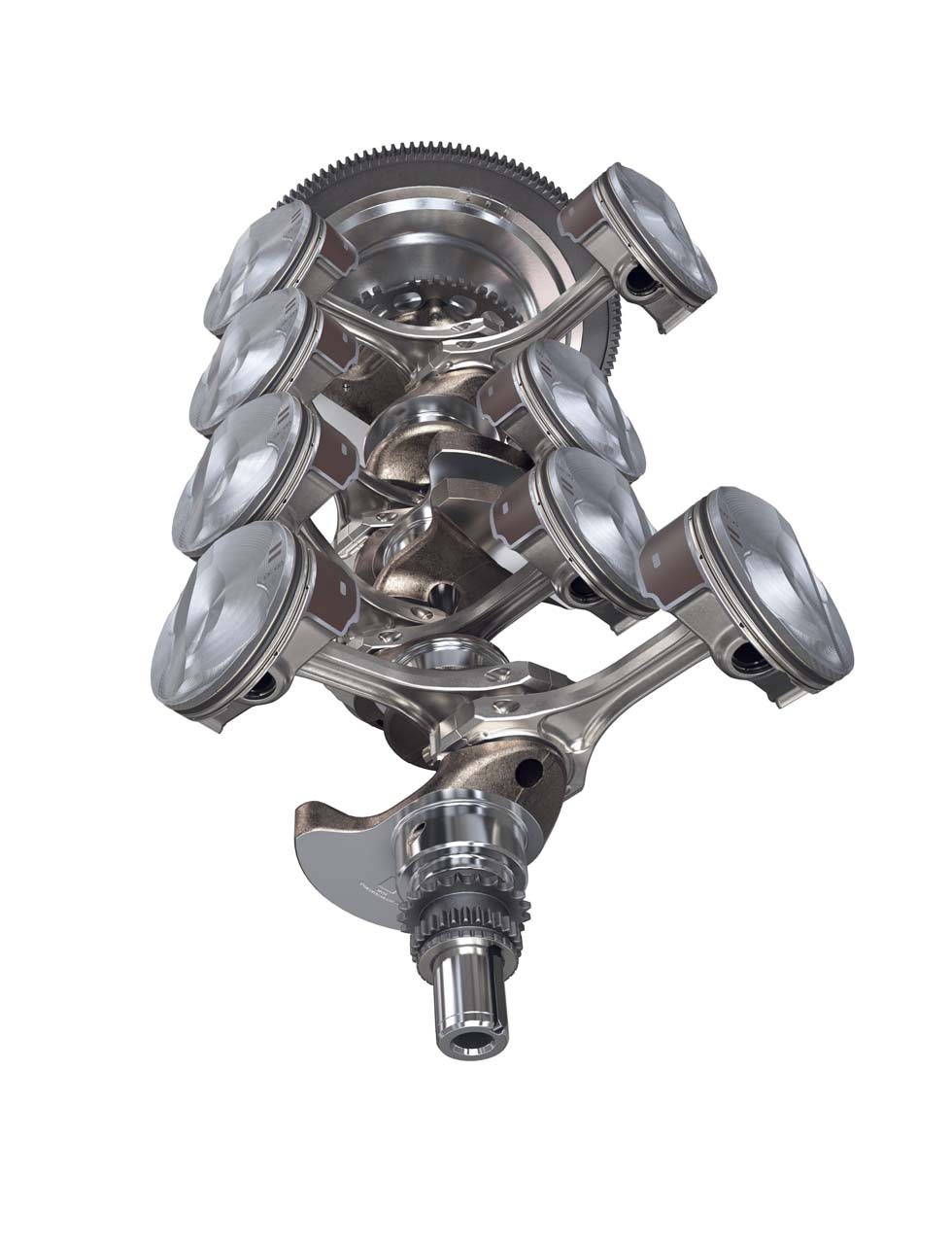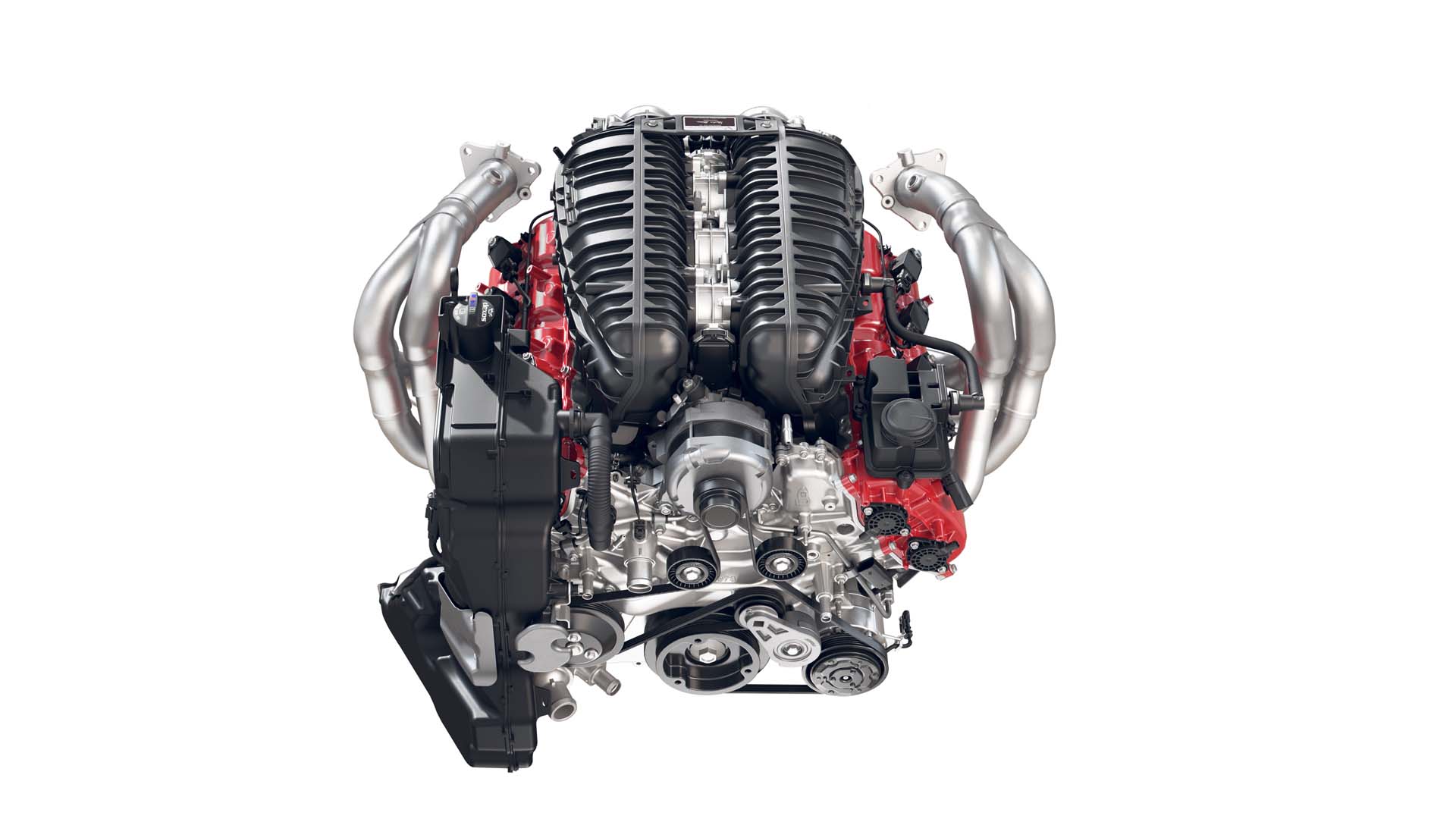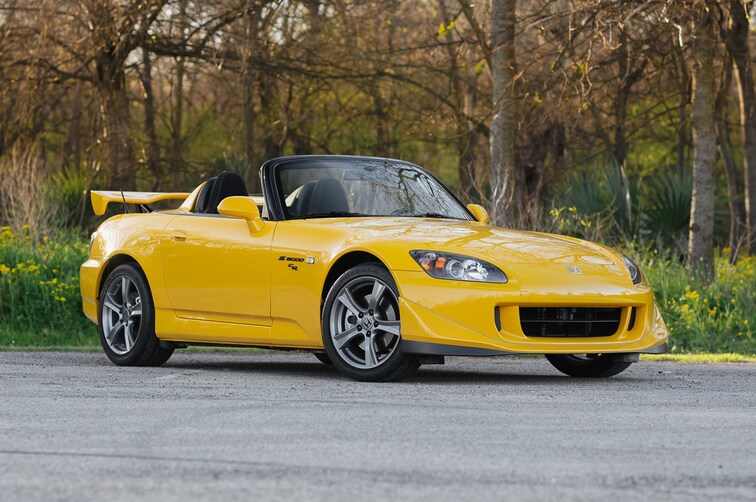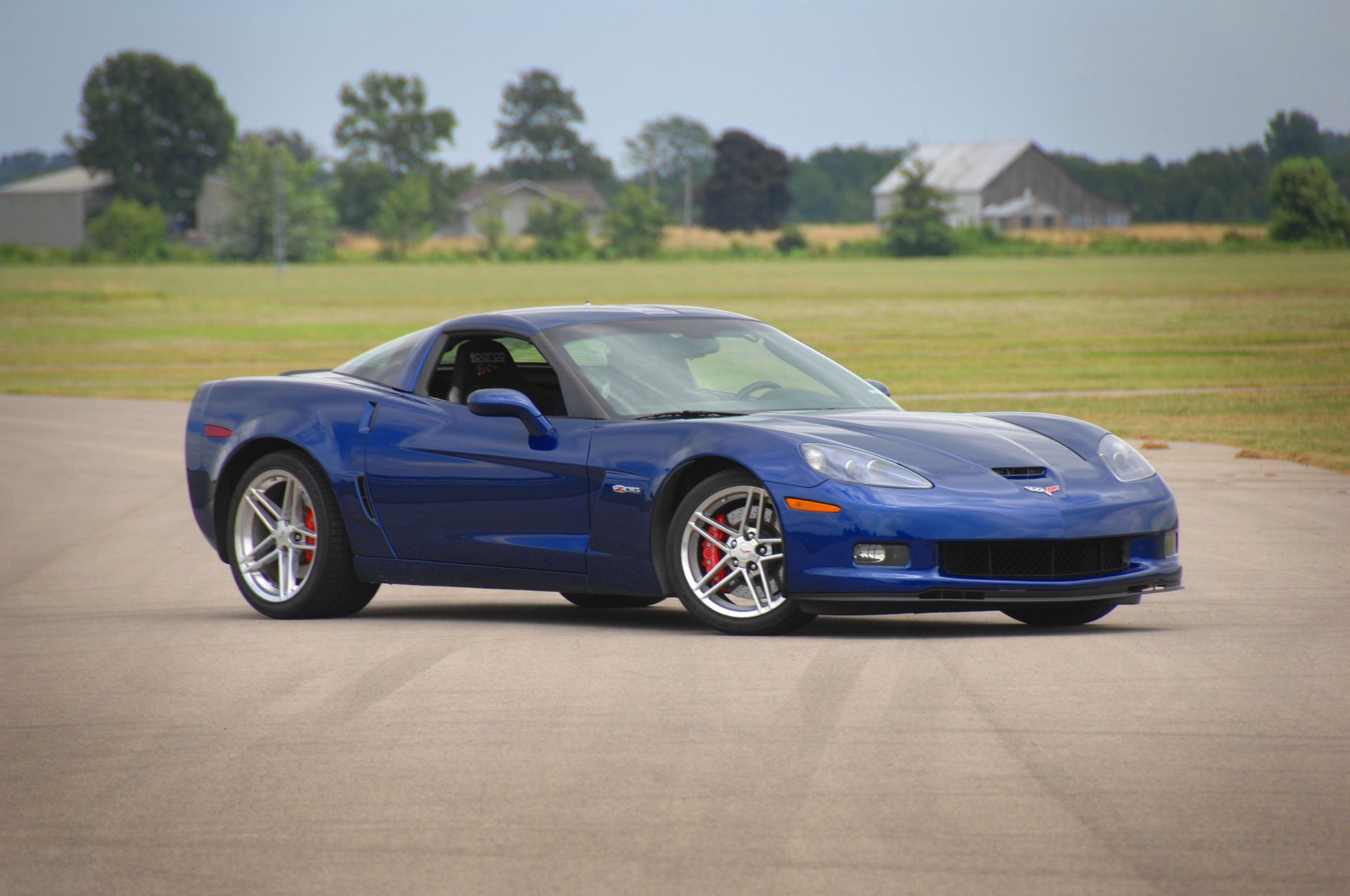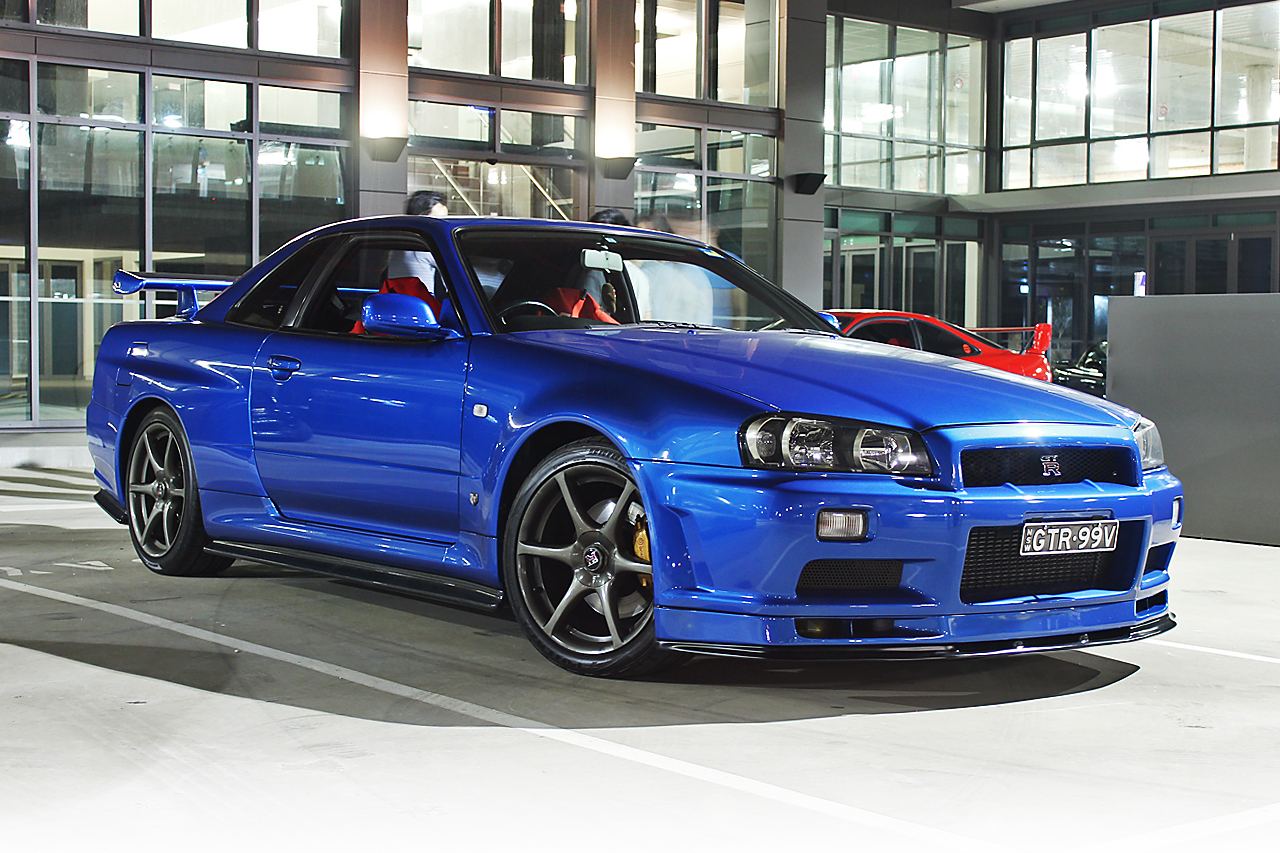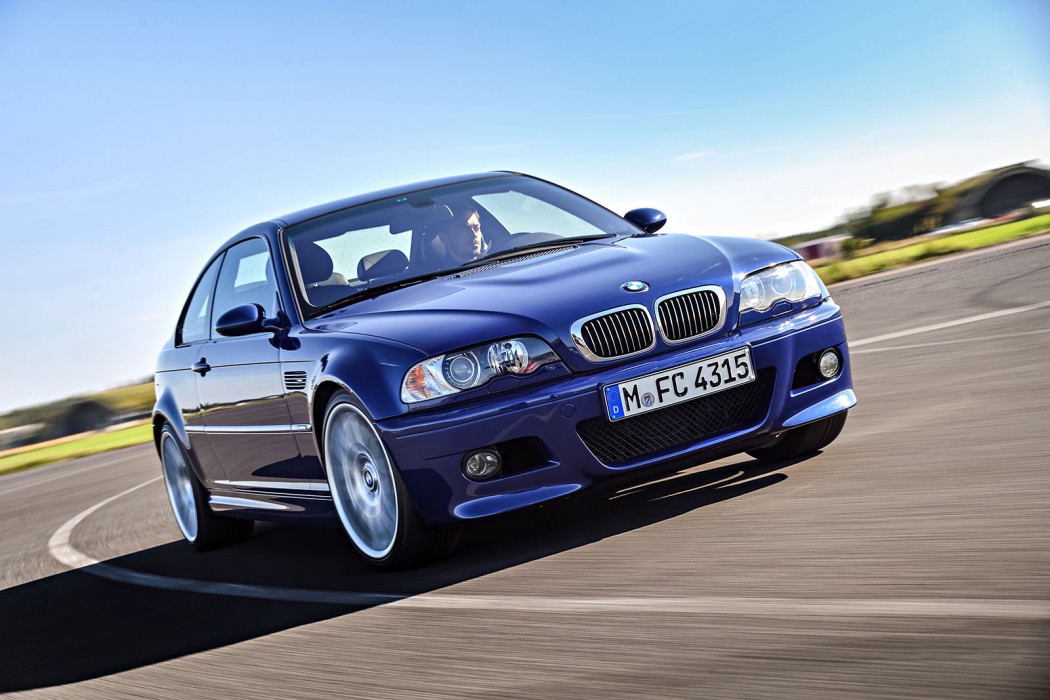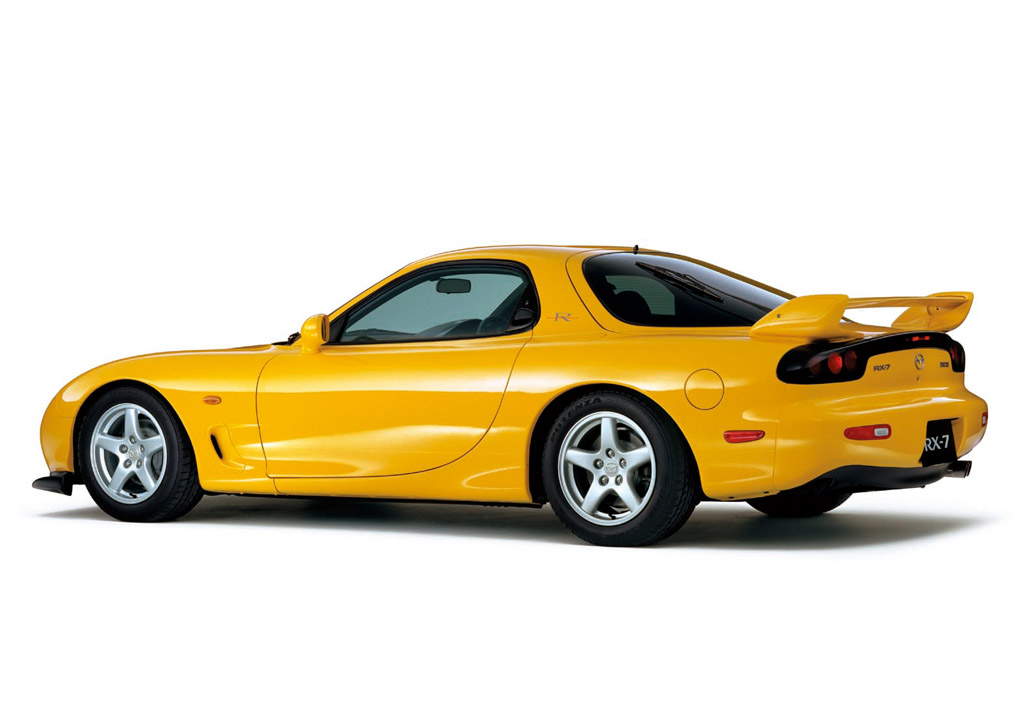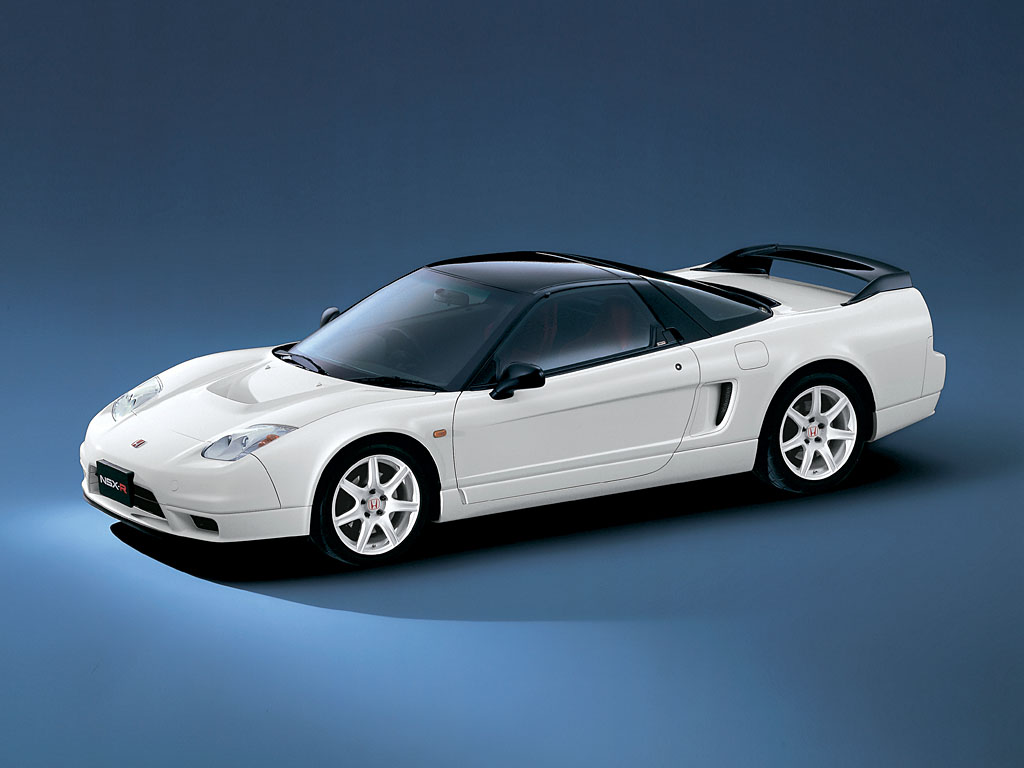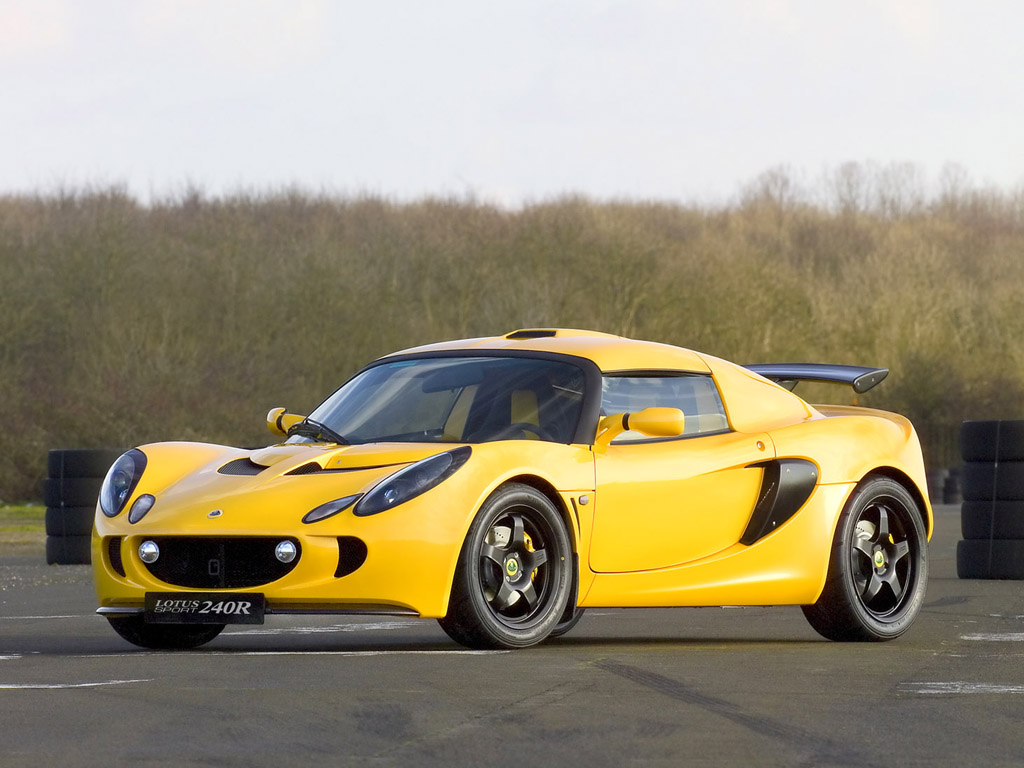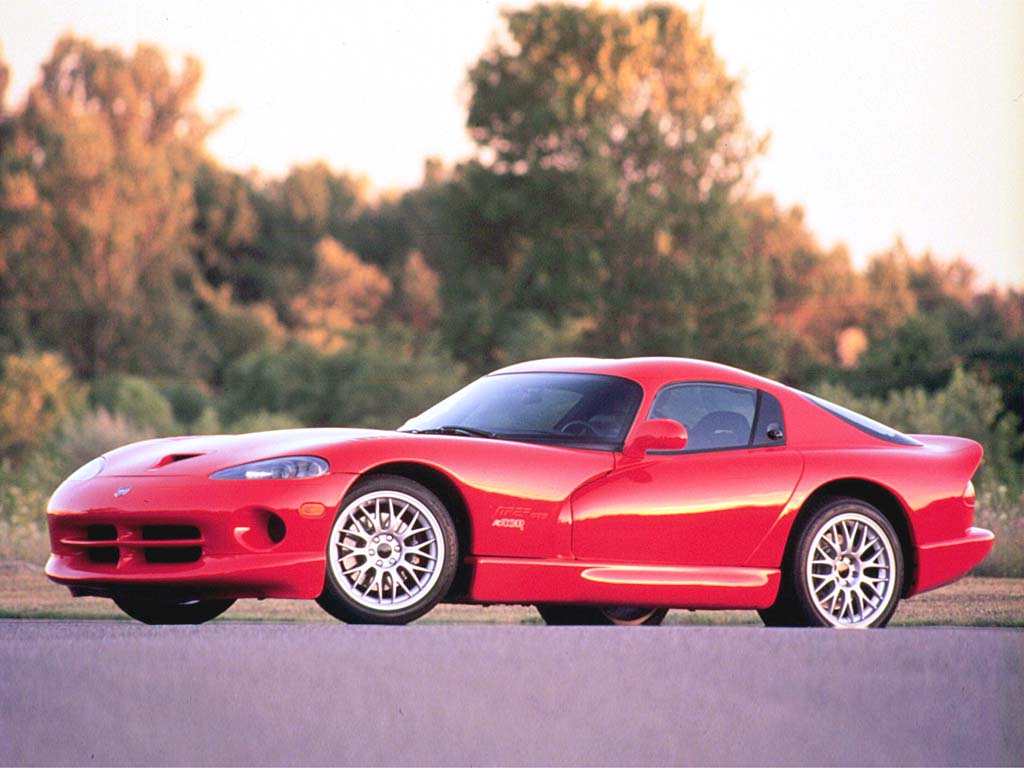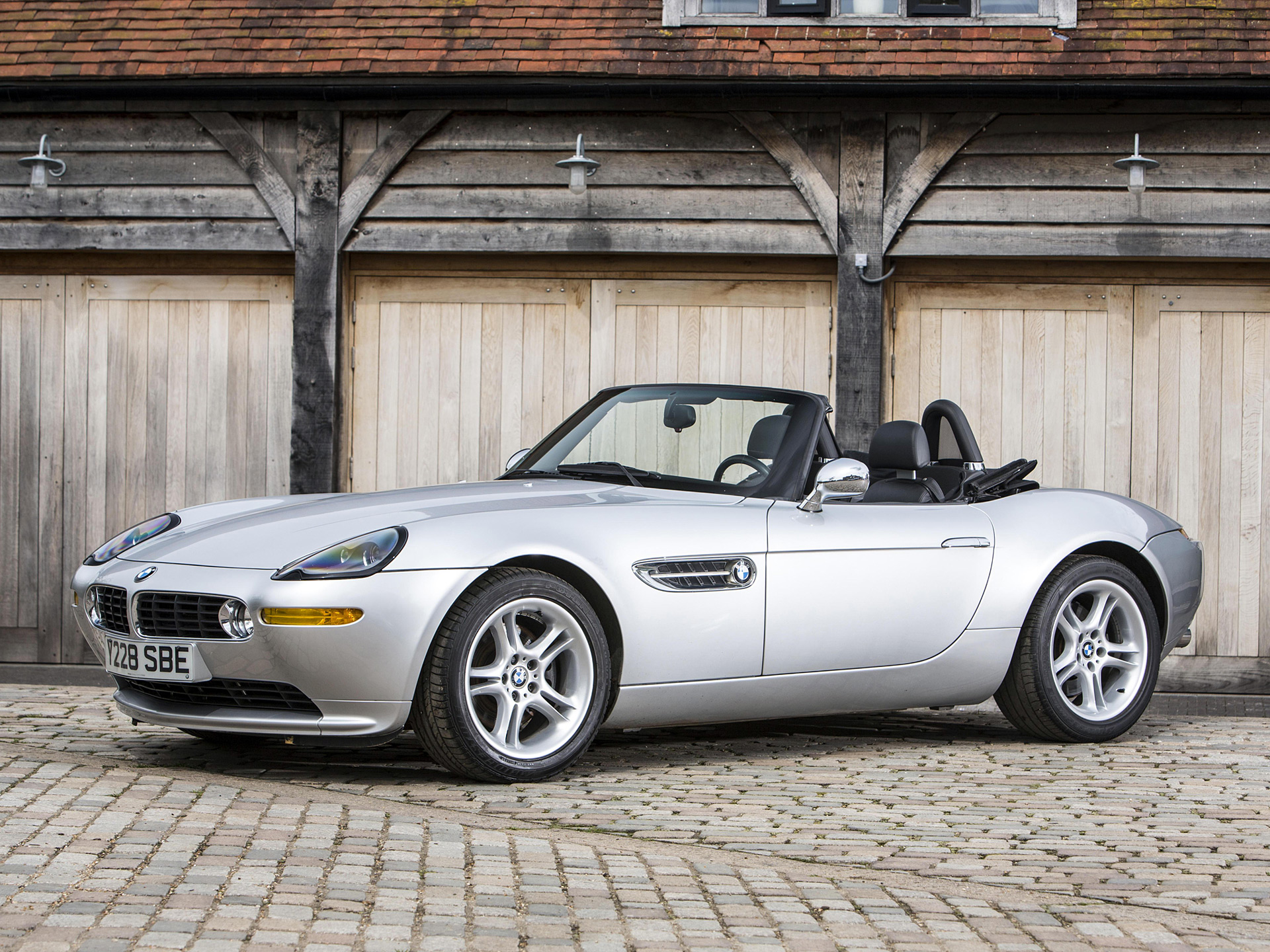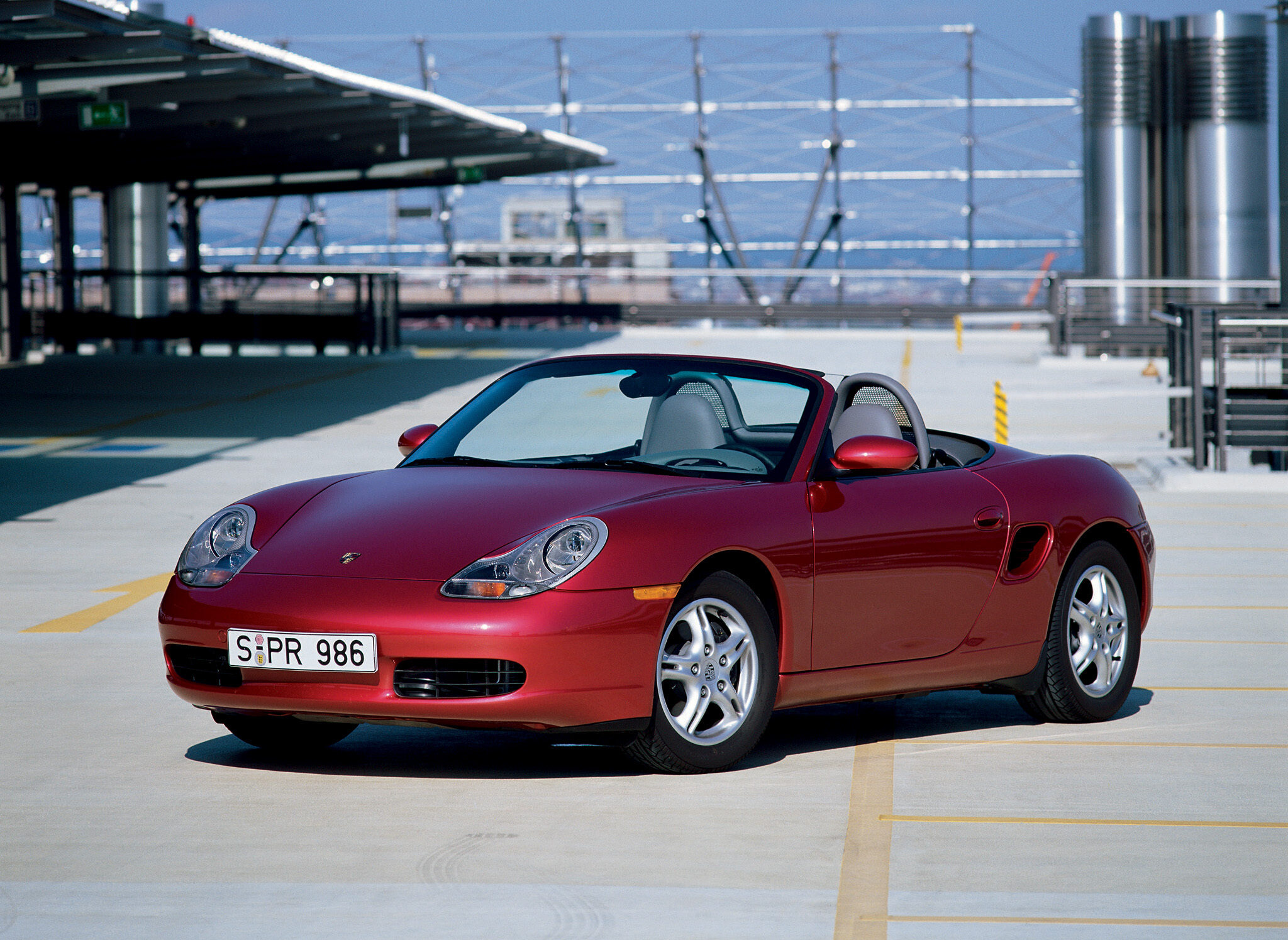Best Used Sports & Performance Cars ($50K–$100K USD)
Thanks to a certain financial phenomenon known as depreciation, automotive enthusiasts around the world will always have a good shot at procuring some of the world’s finest automobiles; if they’re willing to wait. Although we’re currently in the middle of a hot used car market–chip shortages, supply chain issues, et al–many performance cars and supercars that cost above 6-figures not too long ago, are now well within the same price range as your typical brand new luxury SUV.
While I’m not suggesting that everyone should be rushing out to trade-in their family car for a mid-engined Audi R8—it’s more important to make the right choices based on our circumstances—I do reckon that if your budget and life stage allows for it, there are some pretty enticing options to look through in the classifieds.
Bang-for-buck, cars that meet the aforementioned criteria, often can’t be beat. Whether a 797 hp Dodge Challenger Hellcat tickles your fancy, a legendary all-wheel drive GT-R is more your jam, or a unique and exotic Evora wets your palate, there’s something out there if you’re willing to do the work and go hunting.
Here’s our picks for the 10 Best Used Sports & Performance Cars you can purchase in the $50K–$100K USD range. In the interest of keeping this list digestible, we’ve also filtered it down to cars produced within the last 10 model years; we’ll save older and vintage cars for another list. With that being said, a lot of these examples will still have their original manufacturer’s warranty intact—not unlike a brand new car.
Chevrolet Corvette Z06 (C7)
Price Range: $75K–$90K (2019 model year)
Sure there’s a new Z06 in town, but that car is shaping up to cost more than $100K and crucially, it’s also disqualified from this least being a brand new car and all. This isn’t necessarily bad news, particularly if you’re a fan of the traditional Corvette school of thought.
If your philosophy lines up more with the more quintessentially American engine-in-the-front archetype, then the previous-gen (C7) Corvette is probably the better choice for you anyway; and why not? After all, the 6.2L supercharged LT4 V8 engine in the C7 Z06 produces 650 hp and 650 lb-ft of torque makes an excellent value proposition on its own, and the chassis is pretty brilliant too.
BMW M3 / M4 (F80)
Price Range: $50K–$80K (2014–2019 model years)
Much like the Corvette Z06 (also on this list), the presence of the new BMW M3/M4 models doesn’t do anything to diminish the appeal of the previous generation cars; in fact, some would argue that the G80’s polarizing appearance has worked in favor of the now-discontinued F80 examples.
Sure, you can get into a used BMW F80 M3 (sedan) or M4 (coupé) for under $50K, but having a higher budget will definitely open up the door to the more well-kept and lower mileage examples out there (or perhaps the special edition CS models).
Either way, you’re getting a potent 3.0L twin-turbocharged engine which outputs 431 hp and 406 lb-ft, making for a car primed for grand touring and the occasional race track excursion. GTS models are excluded from this range.
Nissan GT-R
Price Range: $65K–$100K (2009–2016 model years)
The R35 Nissan GT-R has been around for more than a decade now, so you’ll have a lot to pick from in terms of model years. The ceiling of this price range looks to be at around the 2016 or 2017 model years, so anything newer will likely set you back more than 6-figures.
One thing the GT-R has had going for it during its lifecycle, is that it’s been improved upon every model year. That means the newer models are the better cars, all else being equal, so you’ll do better finding one at the top of your budget, unless you’re looking for a project car of sorts.
As a former owner, I’d recommend the 2012 model year or newer; the earlier models suffered from transmission issues before Nissan figured it out and made them more robust for the DBA generation onwards. Nismo models are also excluded from this range.
Ford Mustang Shelby GT500
Price Range: $80K–$100K (2020 model year)
There’s a lot to love about the Shelby GT350 series’ bigger brother—the Ford Mustang Shelby GT500—especially with the former car now being discontinued. It’s the most muscular of all of Ford’s vehicles, but it’s not just fast in a straight line thanks to its supercharged 760 hp supercharged V8 engine.
The car can pirouette its way around the twists and bends of the most technical racetracks really quickly, too–almost as quick as a Porsche 911 GT3 RS, if the conditions are right. Back on the topic of straight power, the GT500 also has enough brawn to beat the 797 hp Dodge Challenger Hellcat in the quarter-mile.
You’d be hard pressed to find a car that provides a better all-around performance package than the Ford Mustang Shelby GT500, especially at this price.
Audi R8
Price Range: $60K–$100K (2008–2012 model years)
The Audi R8 has been around for so many years that it also made it on to our $100K-$200K list. Of course, those are reserved for newer or more rare trims; but yes, you can certainly get into an R8 well under the $100K mark if you’re willing to look hard enough and make some compromises on mileage, wear and tear, and available technology.
With that being said, we’ve also stretched the ’10-year’ criteria out a little bit for this car, to include the earliest R8 models produced by the German automaker. Still, you’d be getting quattro AWD as standard, along with quintessential supercar looks and a badge that has meant so much—for so long—to the broader performance car world. The Audi R8 in this price range provides the opportunity to find a bargain unlike any other on this list.
Lotus Evora 400
Price Range: $70K–$100K (2017–2018 model years)
Looking for something a little more unique–something you don’t see everyday? Then the Lotus Evora 400 would be exactly that car (for the purposes of this list, anyway).
For starters, it’s one of just three mid-engined cars to be mentioned here; but the Evora is even more of a standout, being produced by niche British automaker Lotus. The Toyota-sourced 3.5L supercharged V6 engine provides a sense of reliability and build quality to the platform, while its blend of exotic design elements and pragmatic luxuries makes for a unique, and very capable grand touring car. The driving dynamics and unique ownership experience it will provide its owner, are unlike anything else in this price range.
Ford Mustang Shelby GT350 / GT350R
Price Range: $65K–$85K (2017–2020 model years)
The GT500 might have more grunt to it, but the Ford Mustang Shelby GT350 cars are made for the purists. The Shelby GT350 is a powerful yet nimble version of the Mustang that is equally at home on the race track as it is on the city streets. One of its most remarkable traits is its super high-revving 5.2L naturally-aspirated V8 engine which redlines at an astronomical 8,250 rpm.
The sport-tuned suspension is very capable on the circuit but refined enough for daily use. The Shelby GT350R is available for those who prefer to have a more hardcore track-toy or weekend warrior via an even firmer chassis and a set of lighter carbon fiber wheels. It is arguably better than its faster (supercharged) big brother—as it is a more balanced unit—with the NA engine more attuned in providing the quintessential sports car experience.
Mercedes-AMG C 63 / C 63 S
Price Range: $50K–$80K (2015–2020 model years)
Any concerns that the current-gen Mercedes-AMG C 63 and C 63 S would’ve lost an ounce of character by inheriting the downsized 4.0L twin-turbocharged V8 are washed away within seconds of firing up the engine.
Yes, the 6.2L naturally-aspirated V8 engine from the previous-gen Mercedes-AMG C 63 Coupé was an enthusiast’s dream, but the new biturbo unit delivers performance in an all-around better fashion; the W205 is by no means a watered-down version of its former self. It’s immensely rewarding to drive at any speed, and the quality of its interior sets it apart from ageing rivals.
BMW F80 M3 and M4 models are its most like-for-like competition, but that trademark V8 howl from the AMG car is so very alluring.
Porsche 718 Cayman GTS 4.0
Price Range: $85K–$100K (2019 model year)
Right now, there aren’t a lot of (new or new-ish) Porsche sports cars you can get into at under the $100K mark. The chip shortage has exacerbated this, causing prices for used models in particular to hyper-inflate over the last couple of years.
While this rules out any of the GT or Turbo badged cars, you can still get into one of the best Porsche cars in the entire line-up for under $100K—the Porsche 718 Cayman GTS 4.0. This model is extra special, as it is the only Cayman model (baring the GT4 and GT4 RS) equipped with the 4.0L naturally-aspirated engine architecture that powers the very best Porsche cars being produced today.
As the ‘sweet spot’ in the range, the GTS also achieves a perfect harmony of performance and daily suitability that no other car at this price point can match.
Dodge Challenger / Charger SRT Hellcat Models
Price Range: $50K–$90K (2015–2020 model years)
Although the Challenger can be purchased with a V8 engine (starting with the R/T models), we’re going to focus on the Hellcat models here. The supercharged 6.2L V8 engine is a mainstay, and the coupe can now be had with up to 3 different engine options—Hellcat, Redeye, and Super Stock—which produce 717 hp, 797 hp, and 807 hp, respectively.
These options allow the Hellcat to become one of the most powerful production cars in the world. The Dodge Charger is, for the most part, the sedan version of the Challenger, and it too offers up the company’s exclusive Hellcat experience as it is powered by the same engine. Power-per-dollar, there is nothing on this list (or any list, for the matter) that can hang with the Hellcats.

